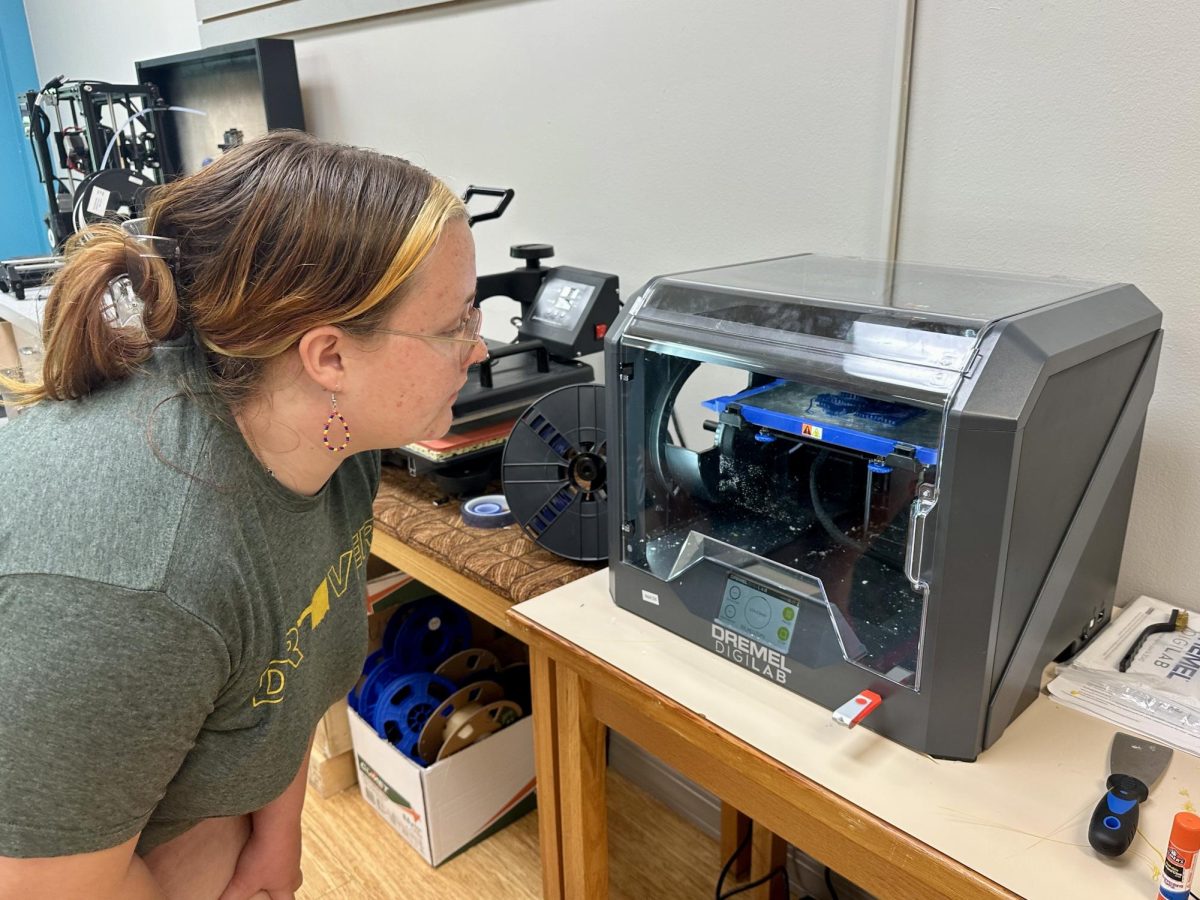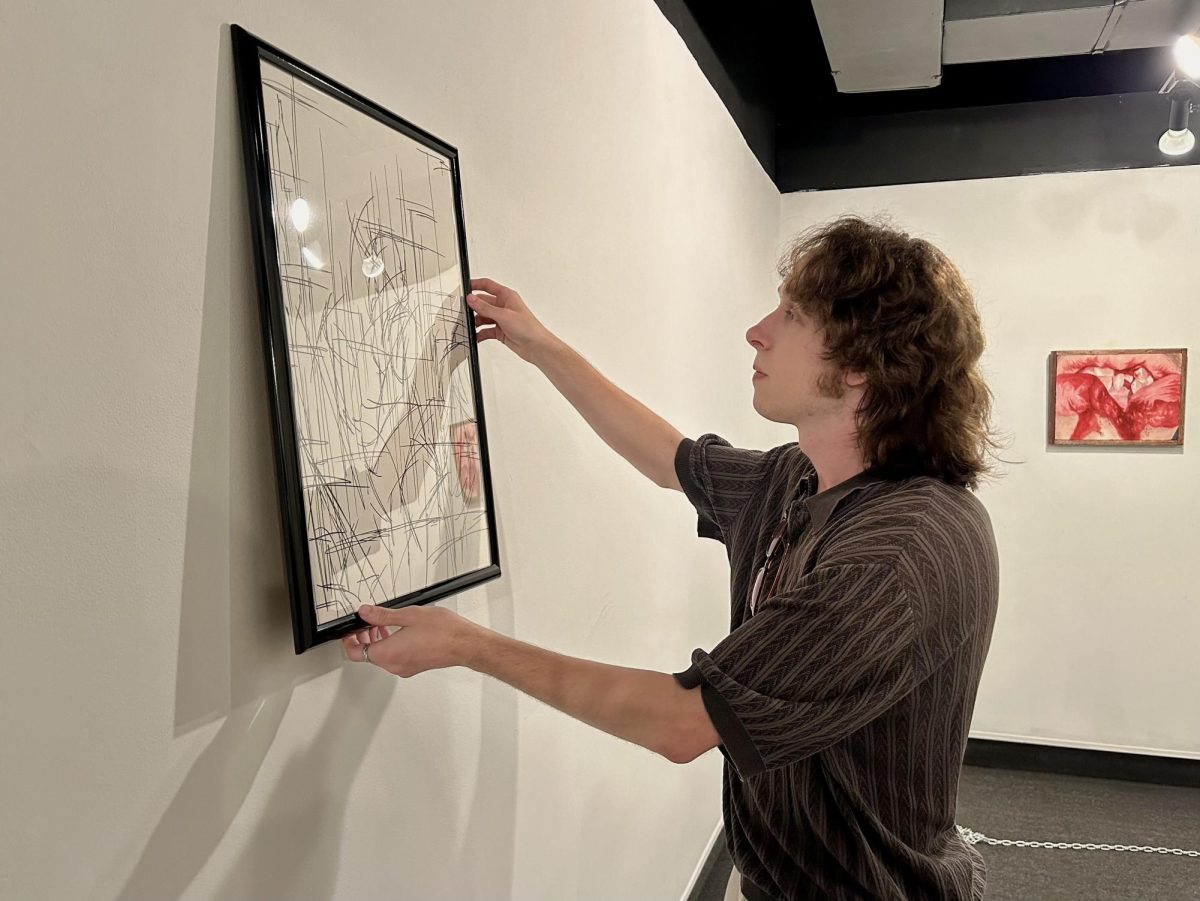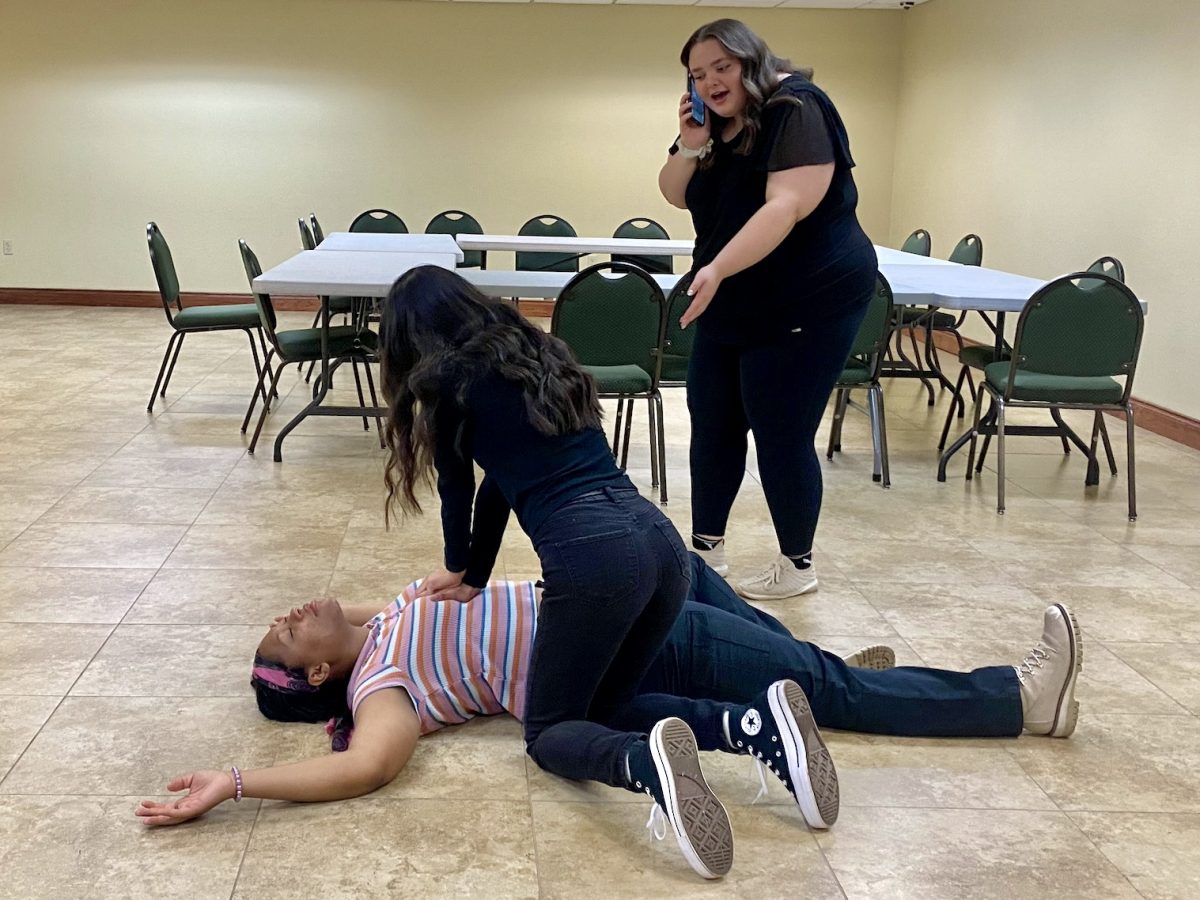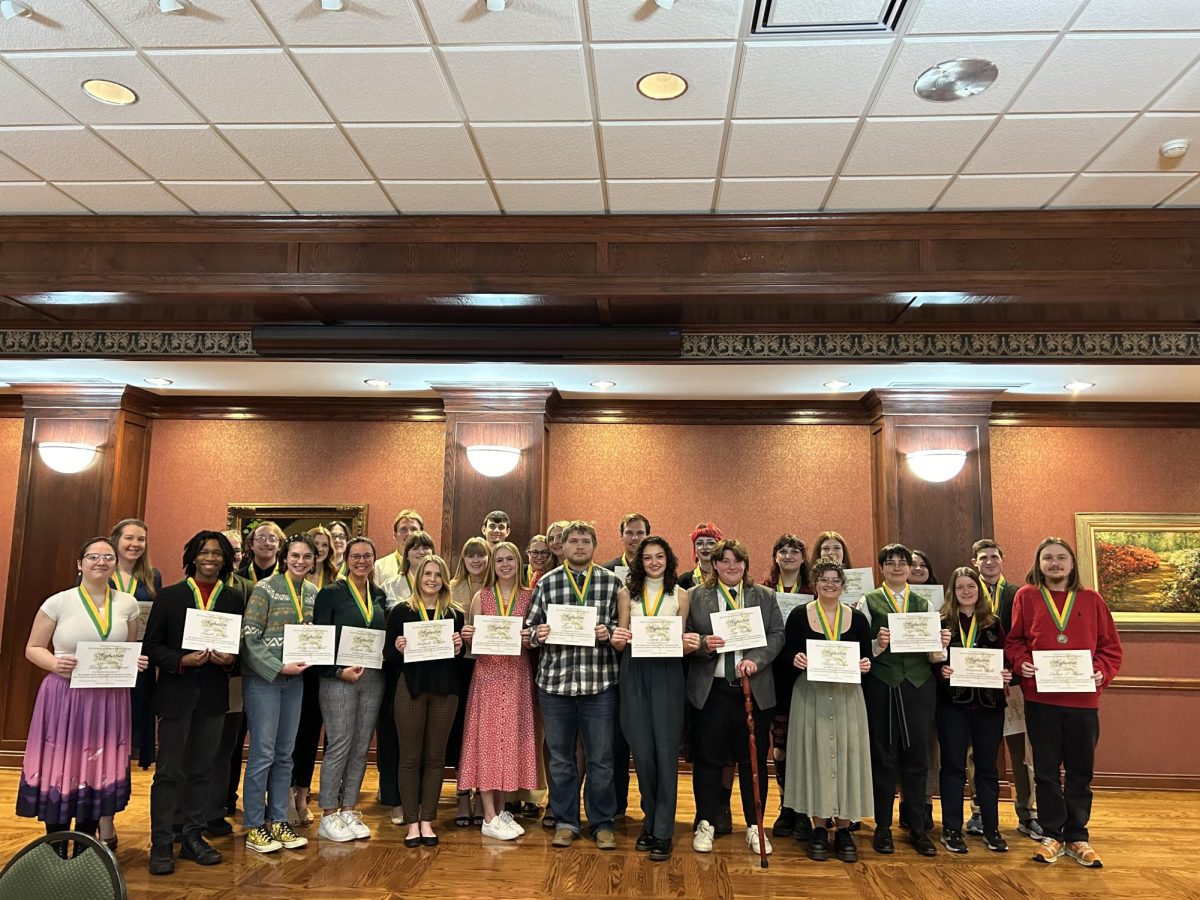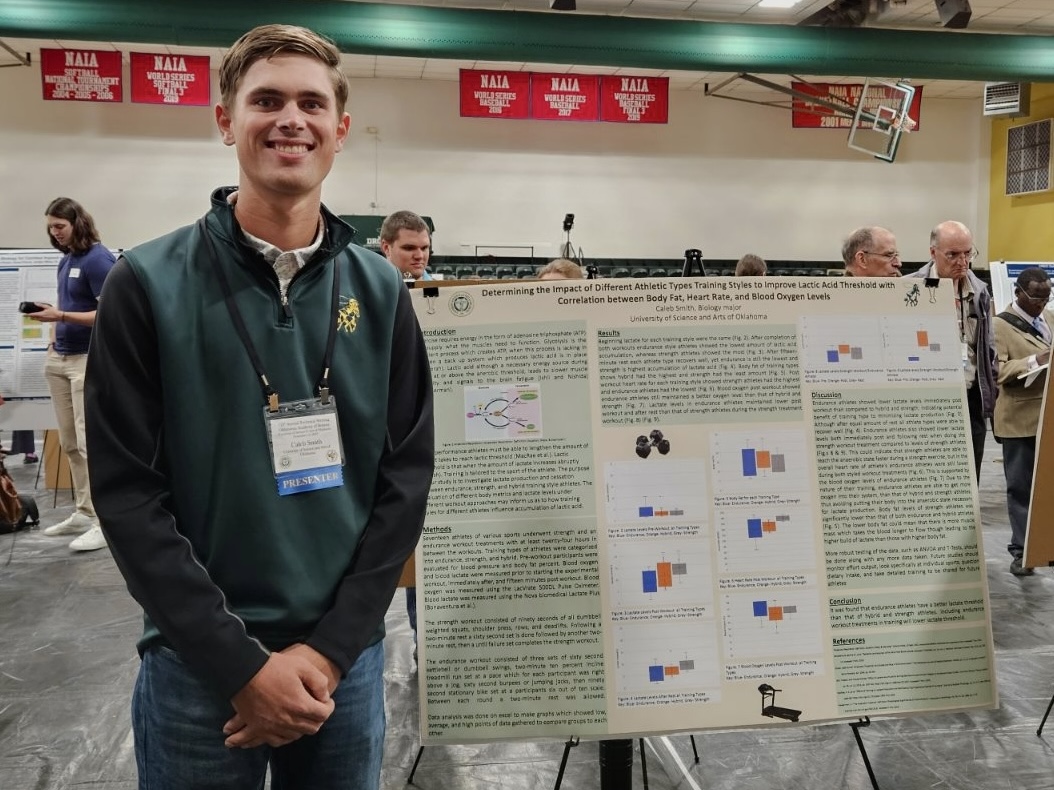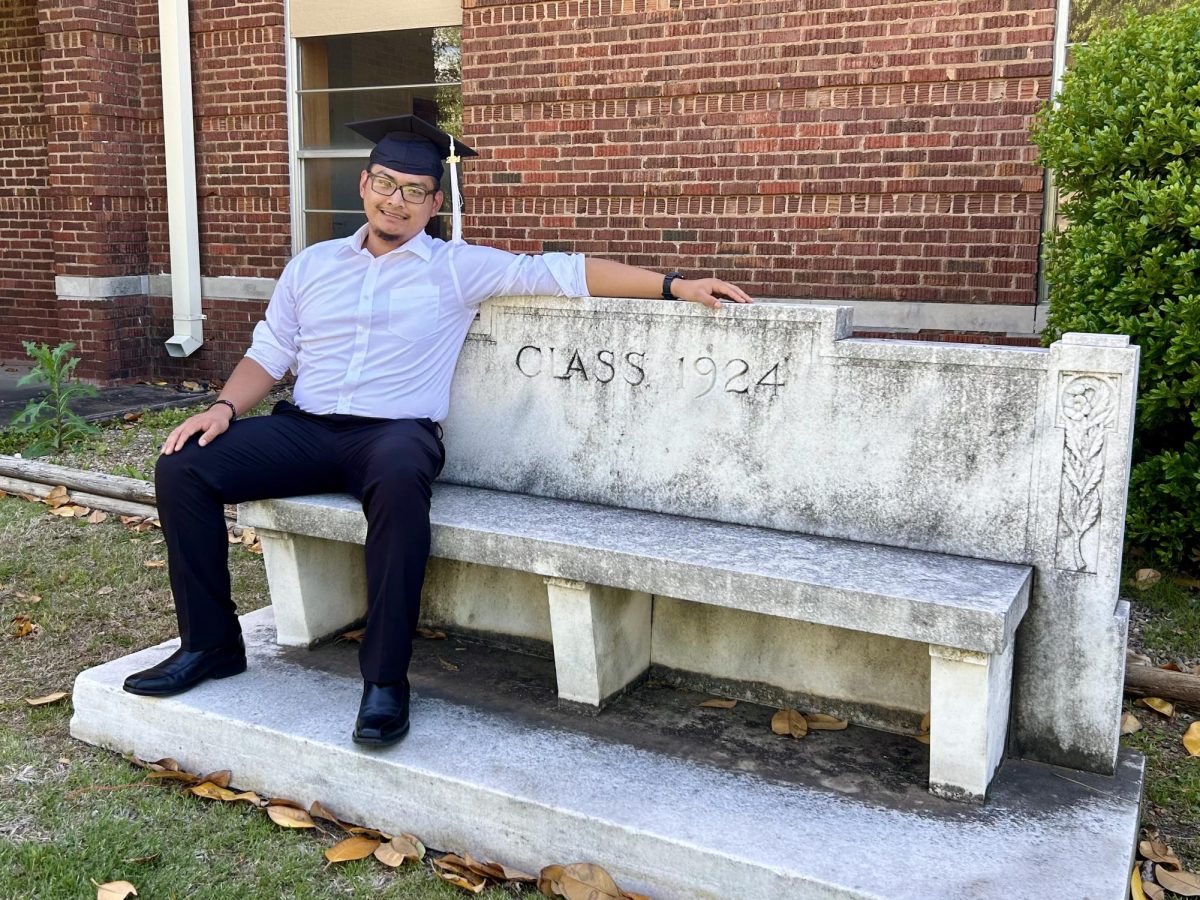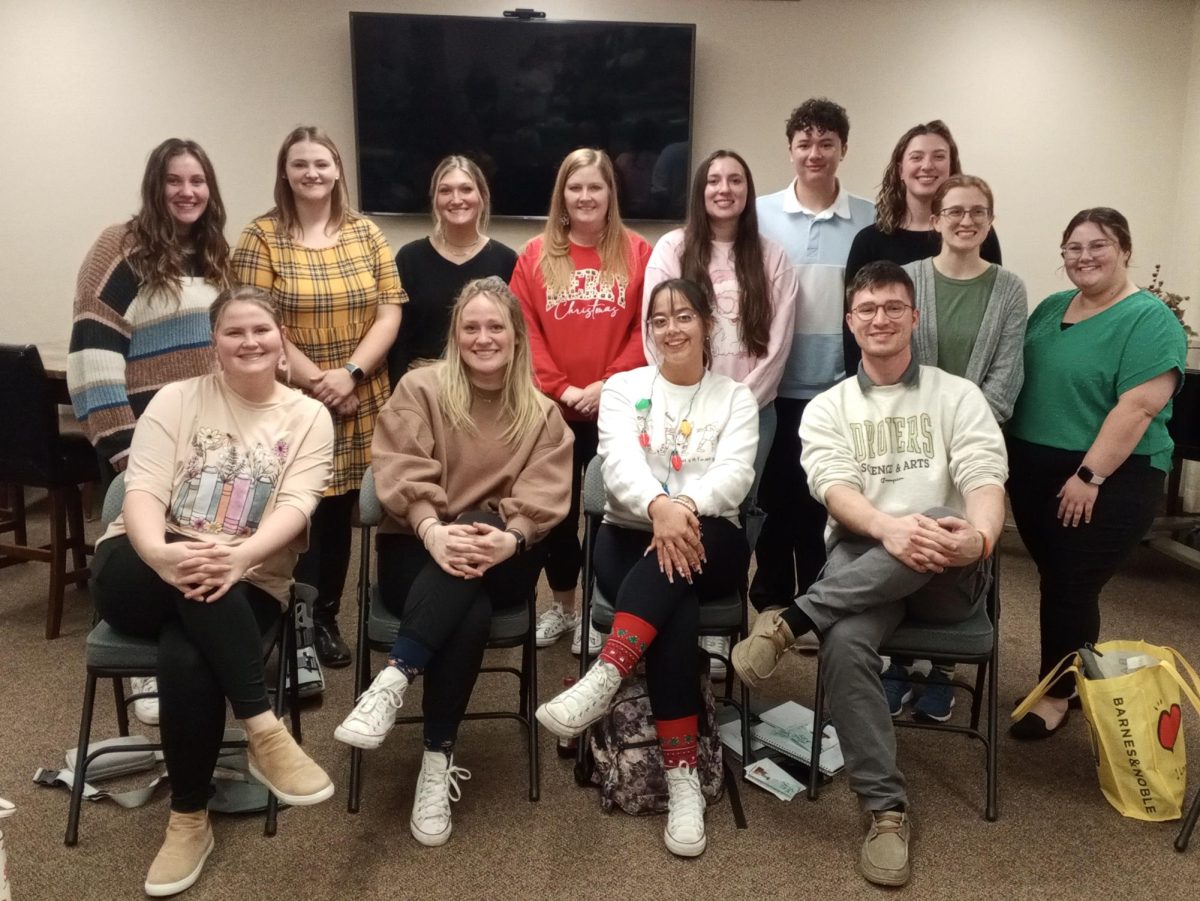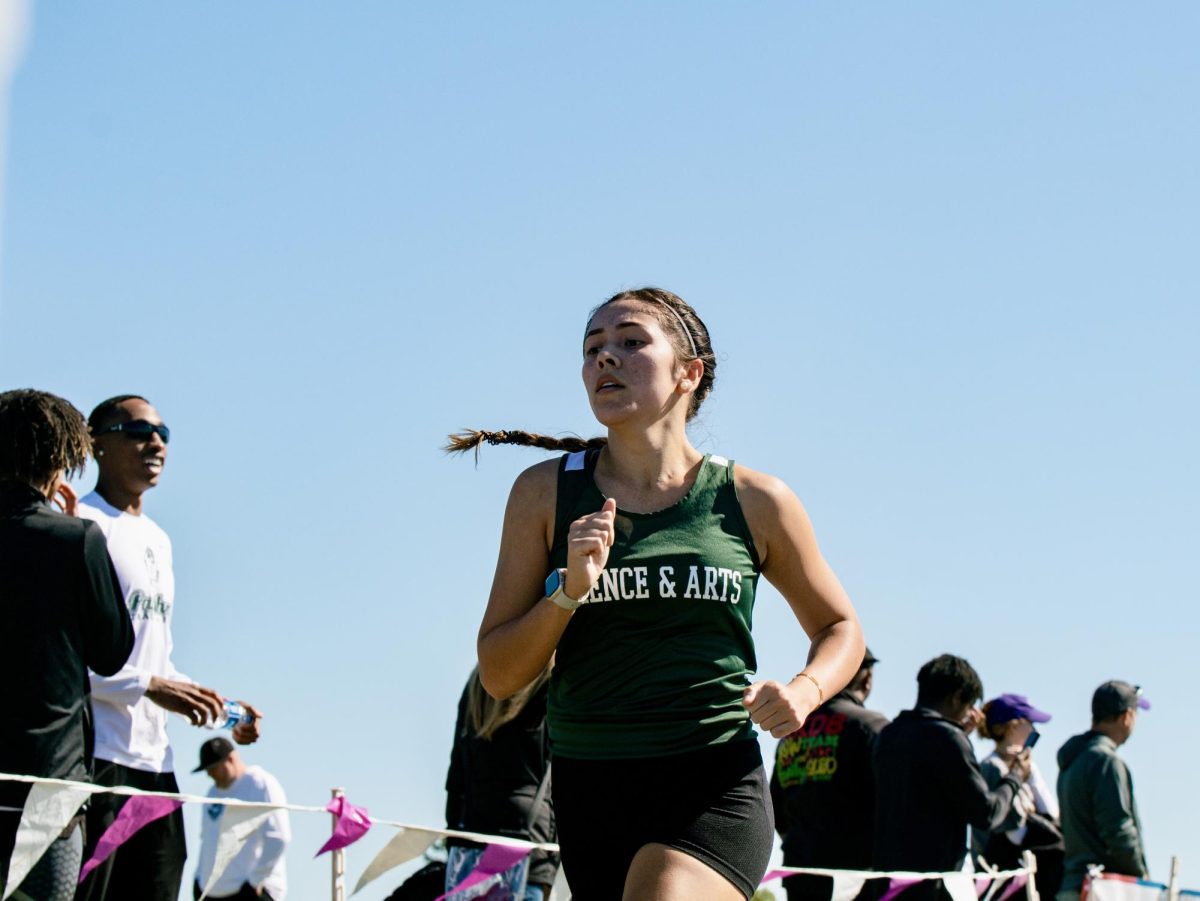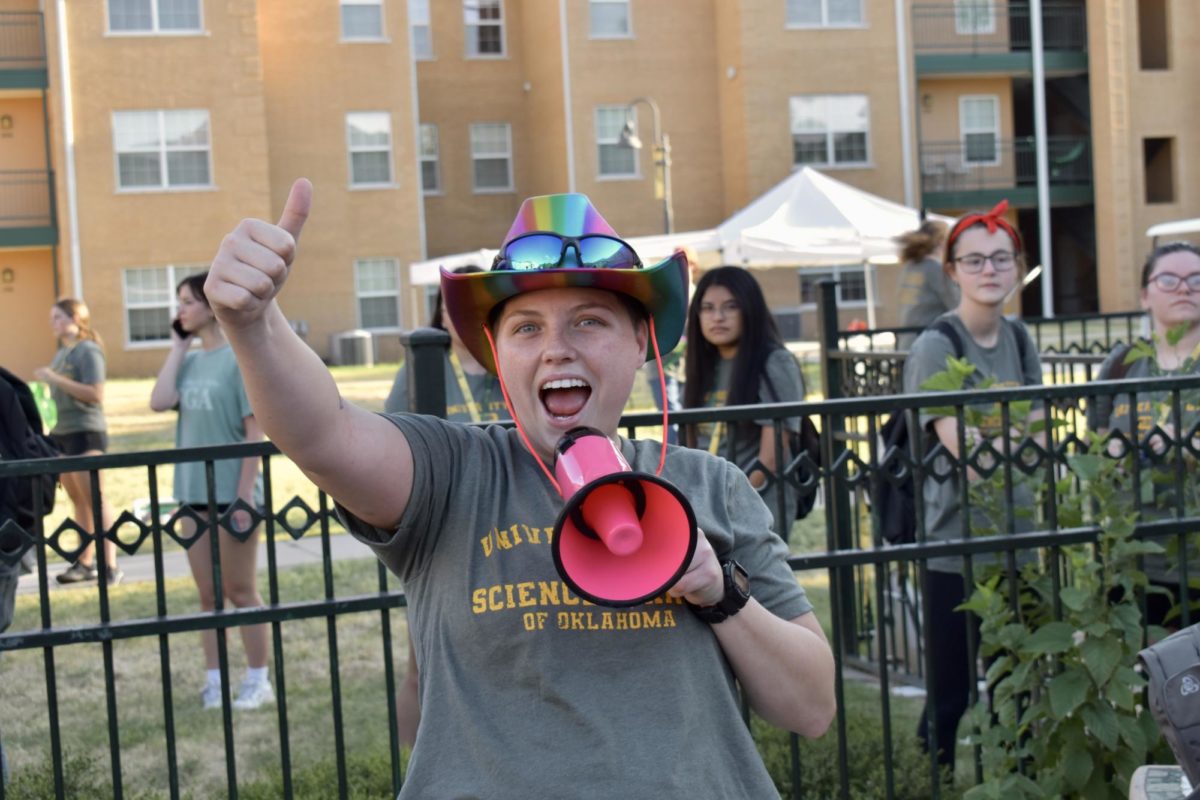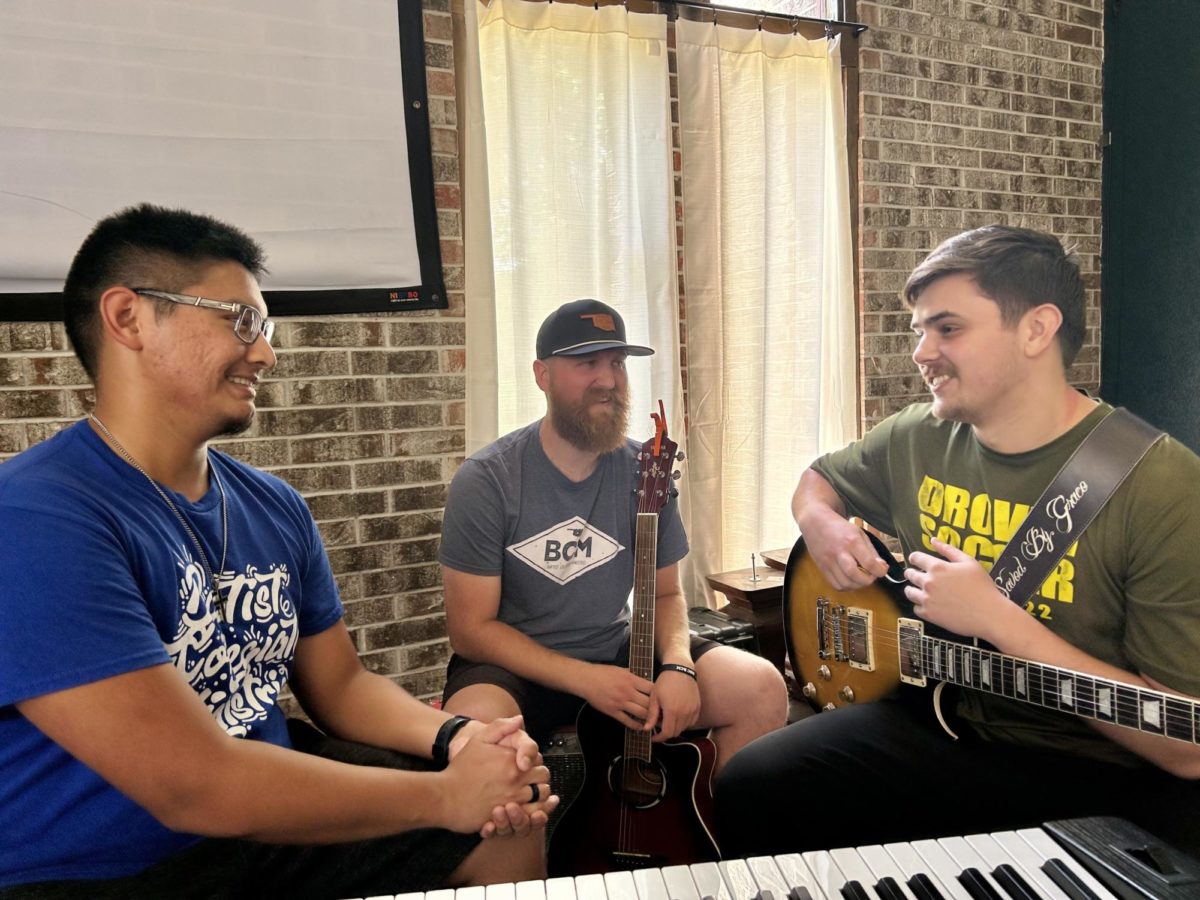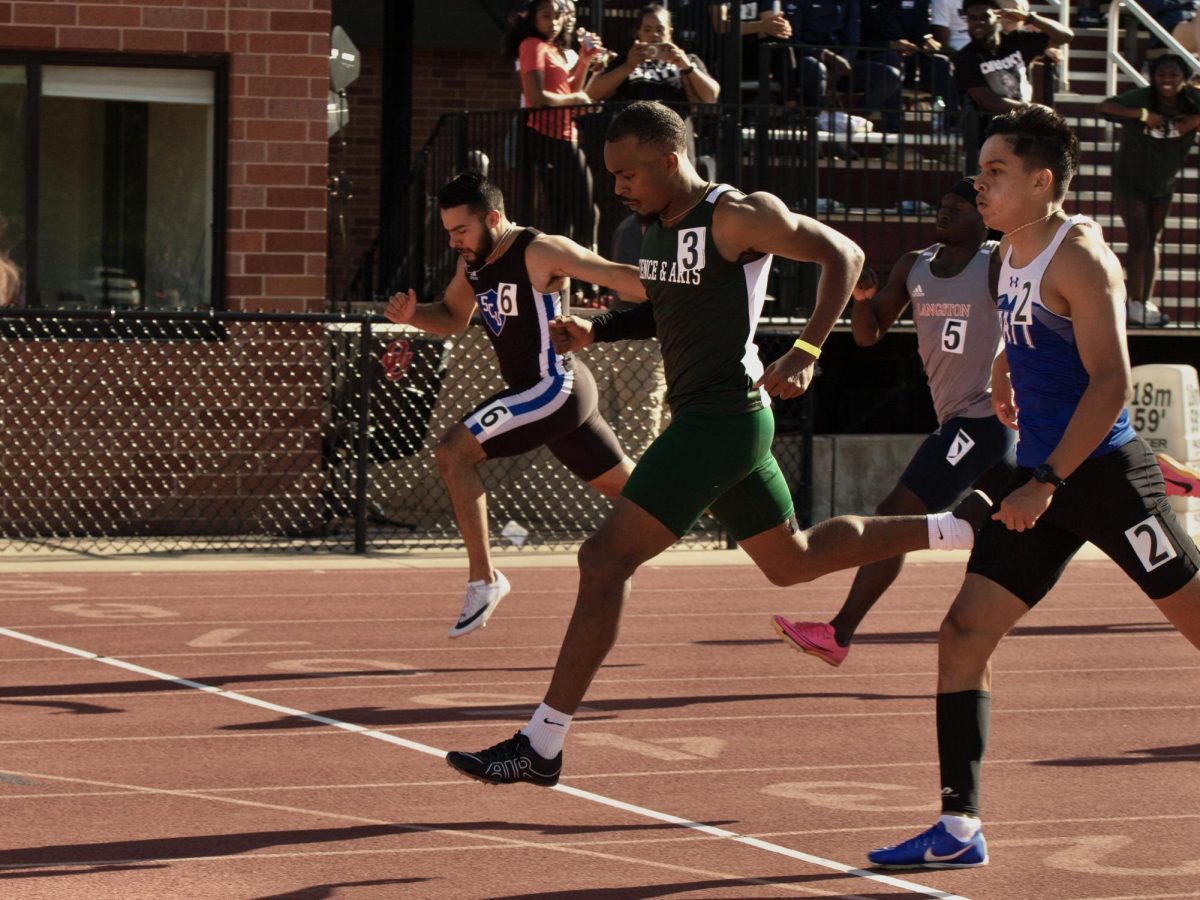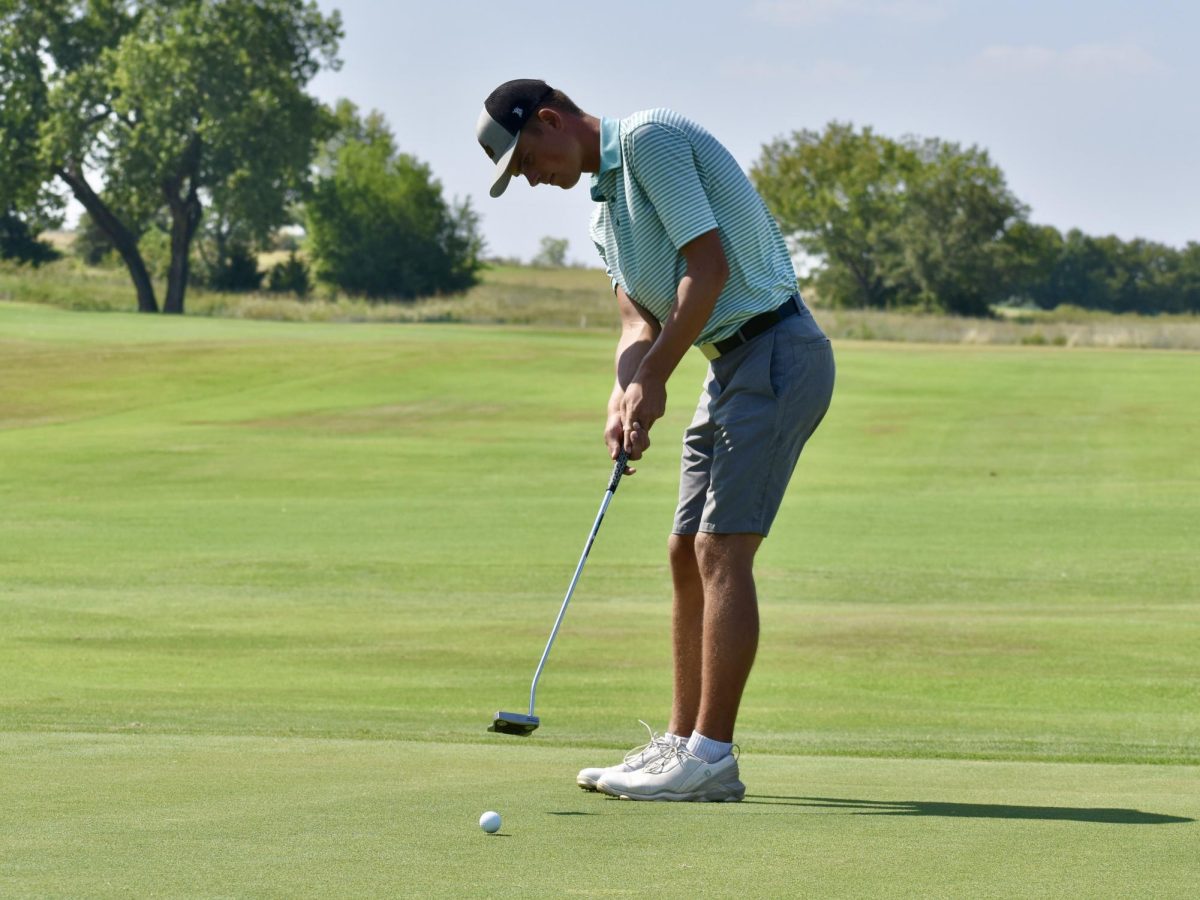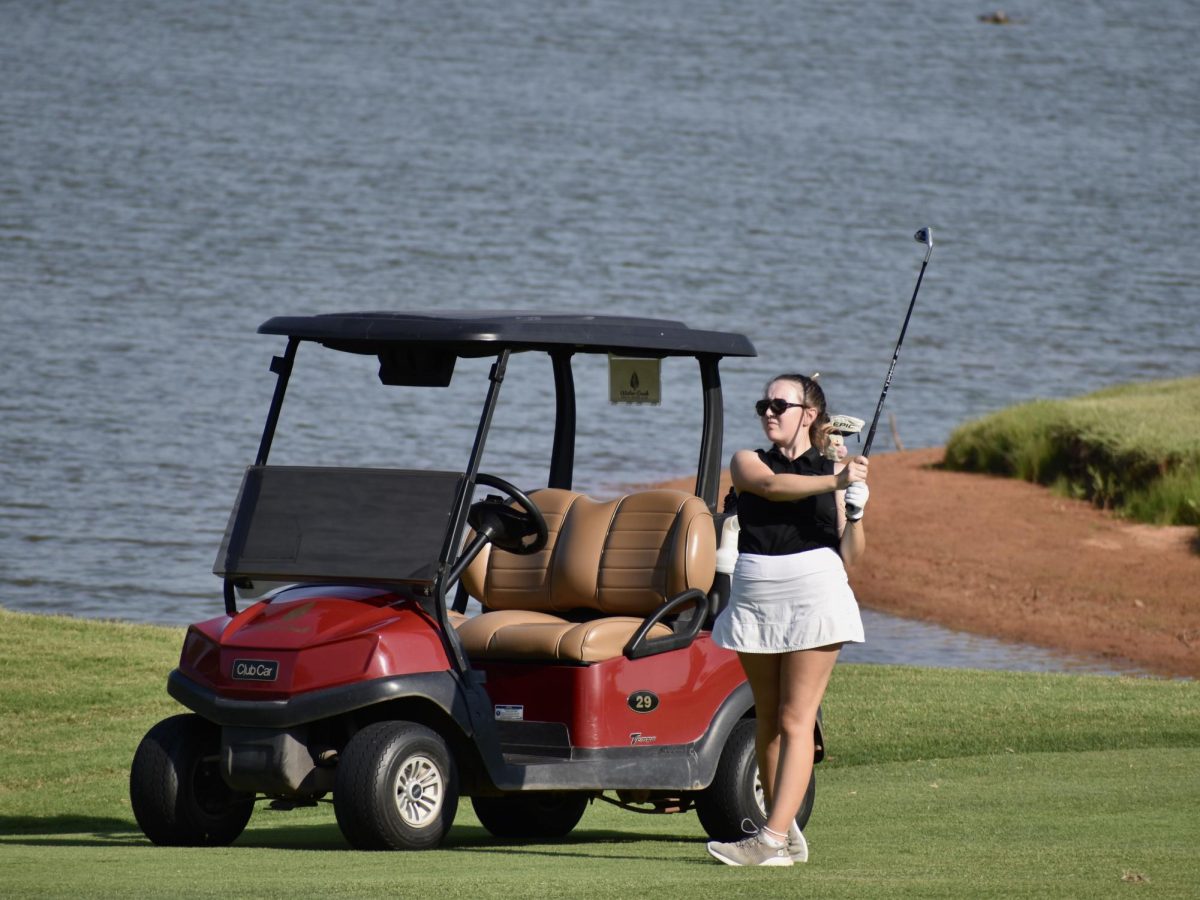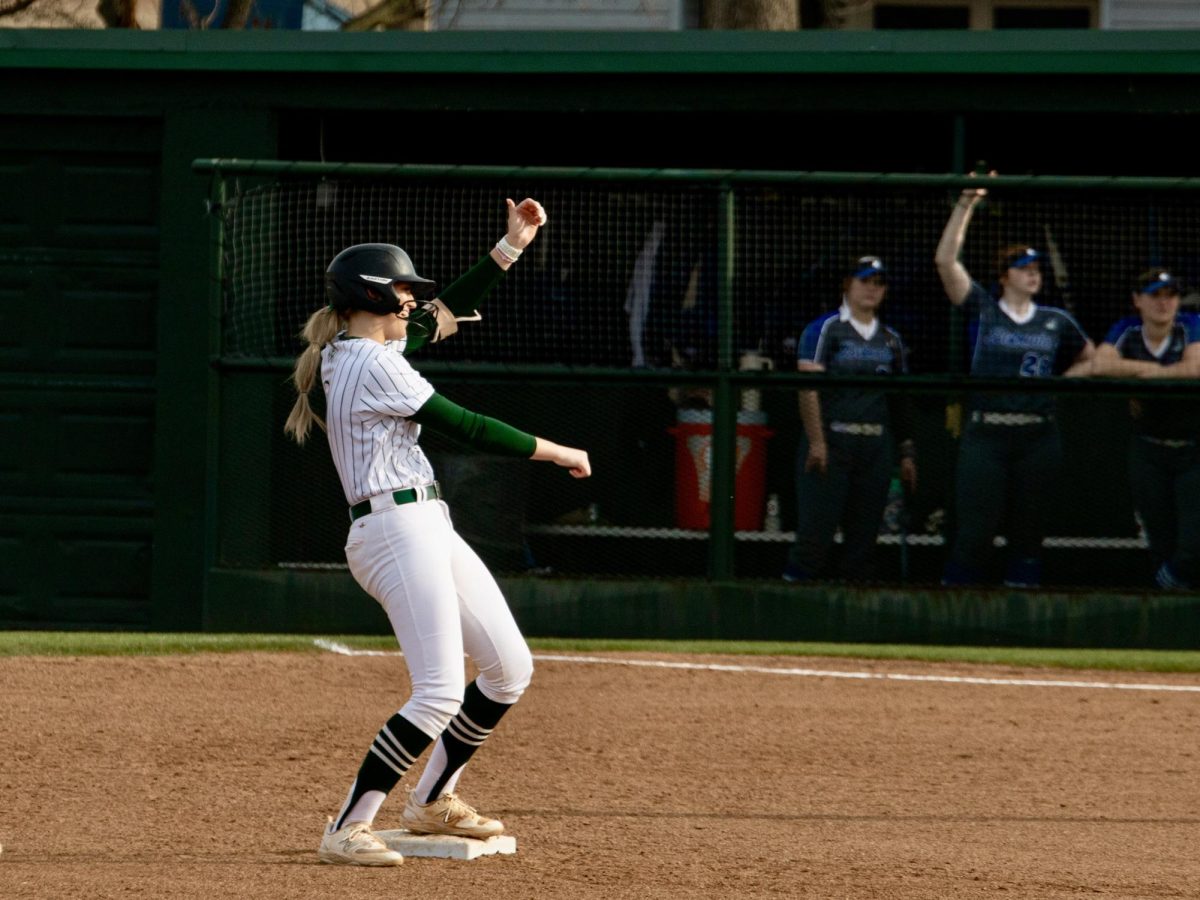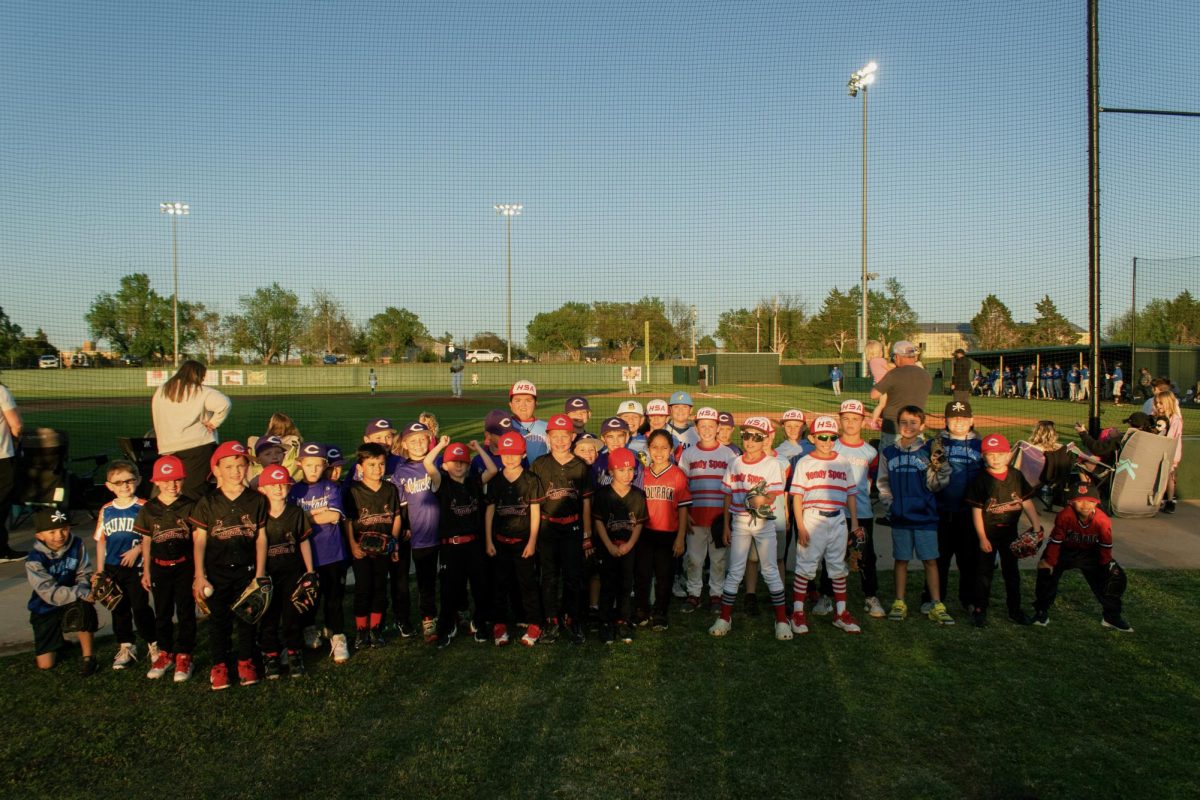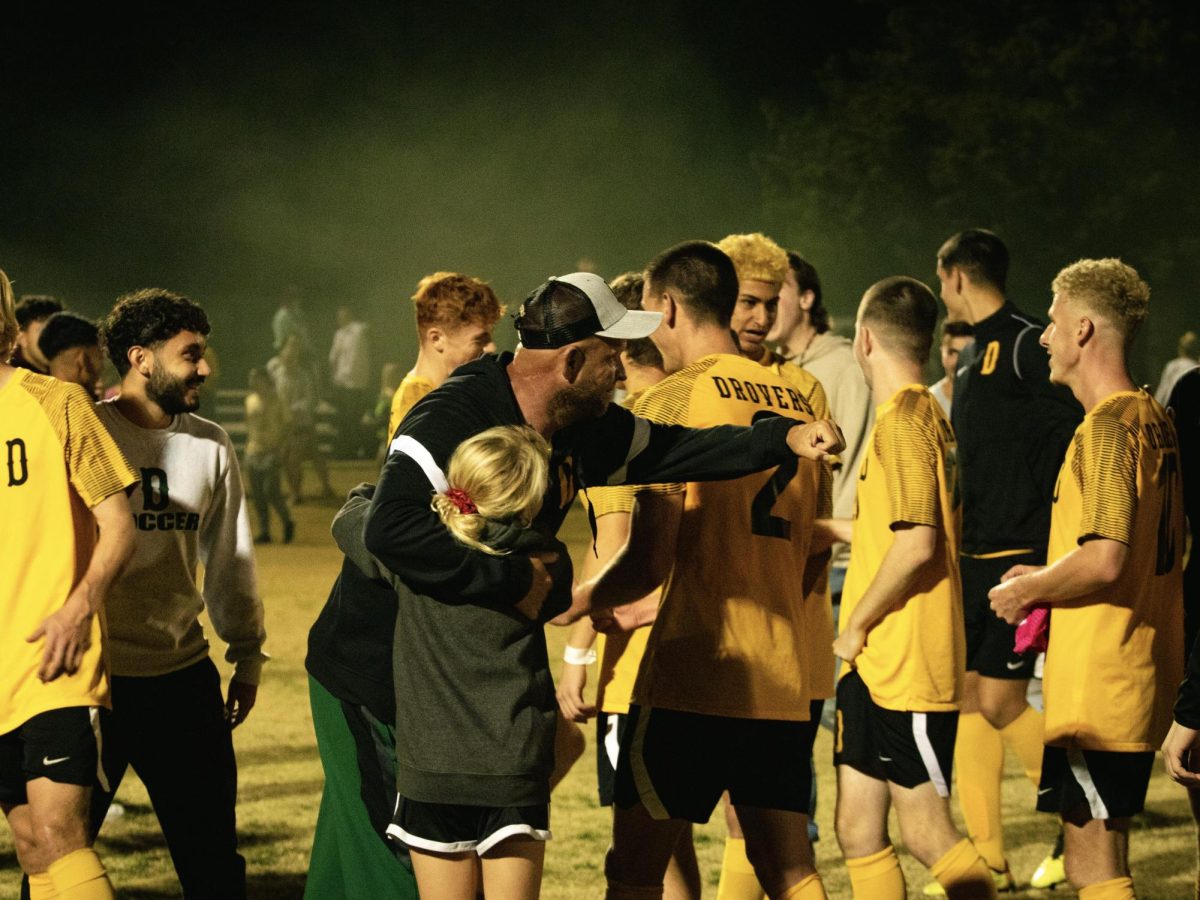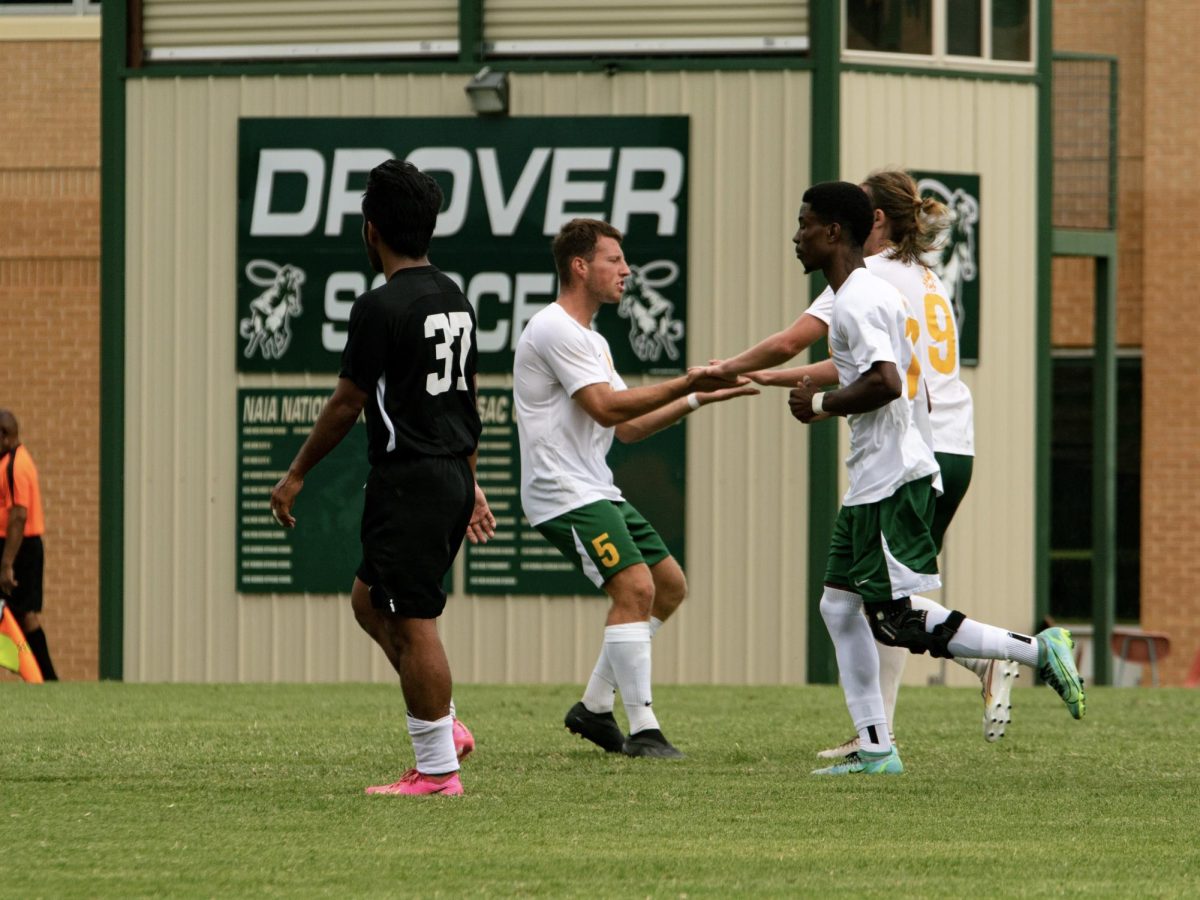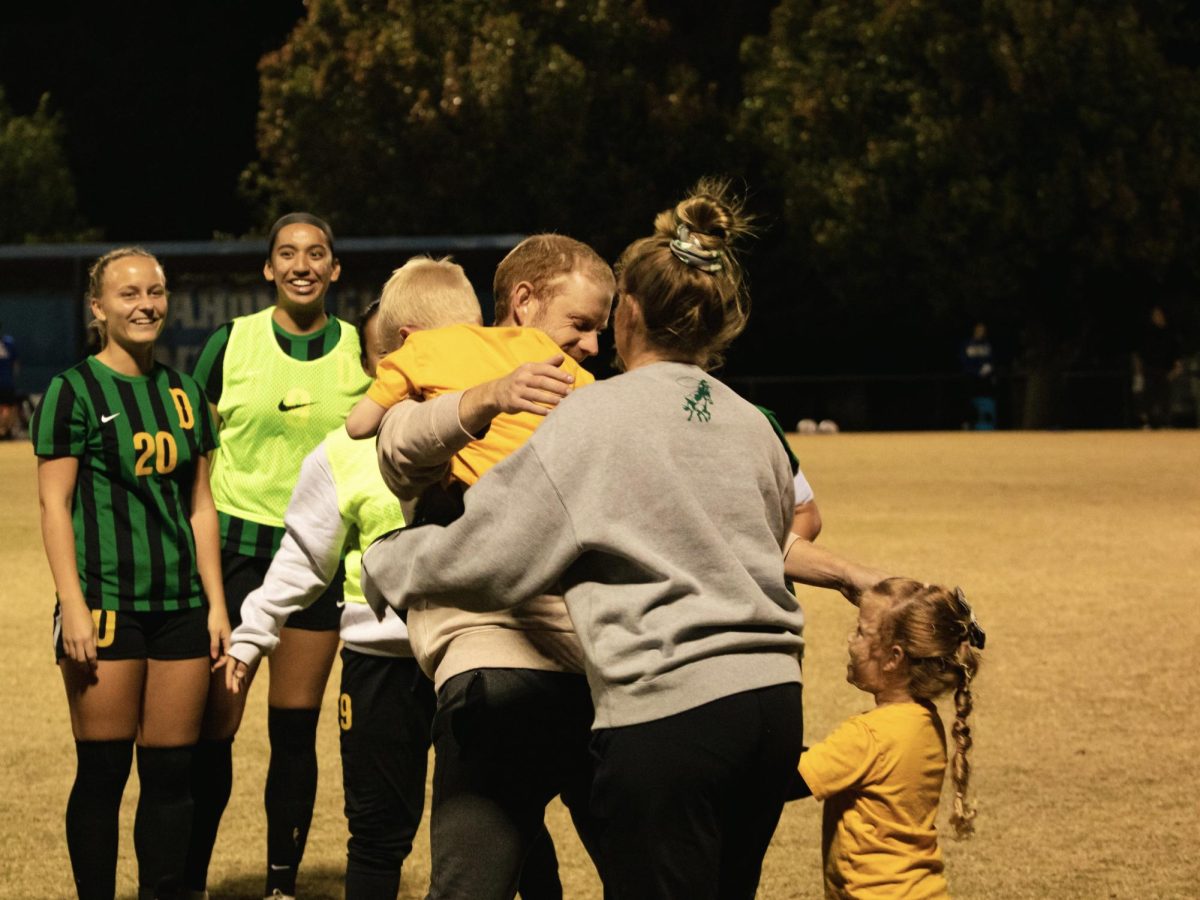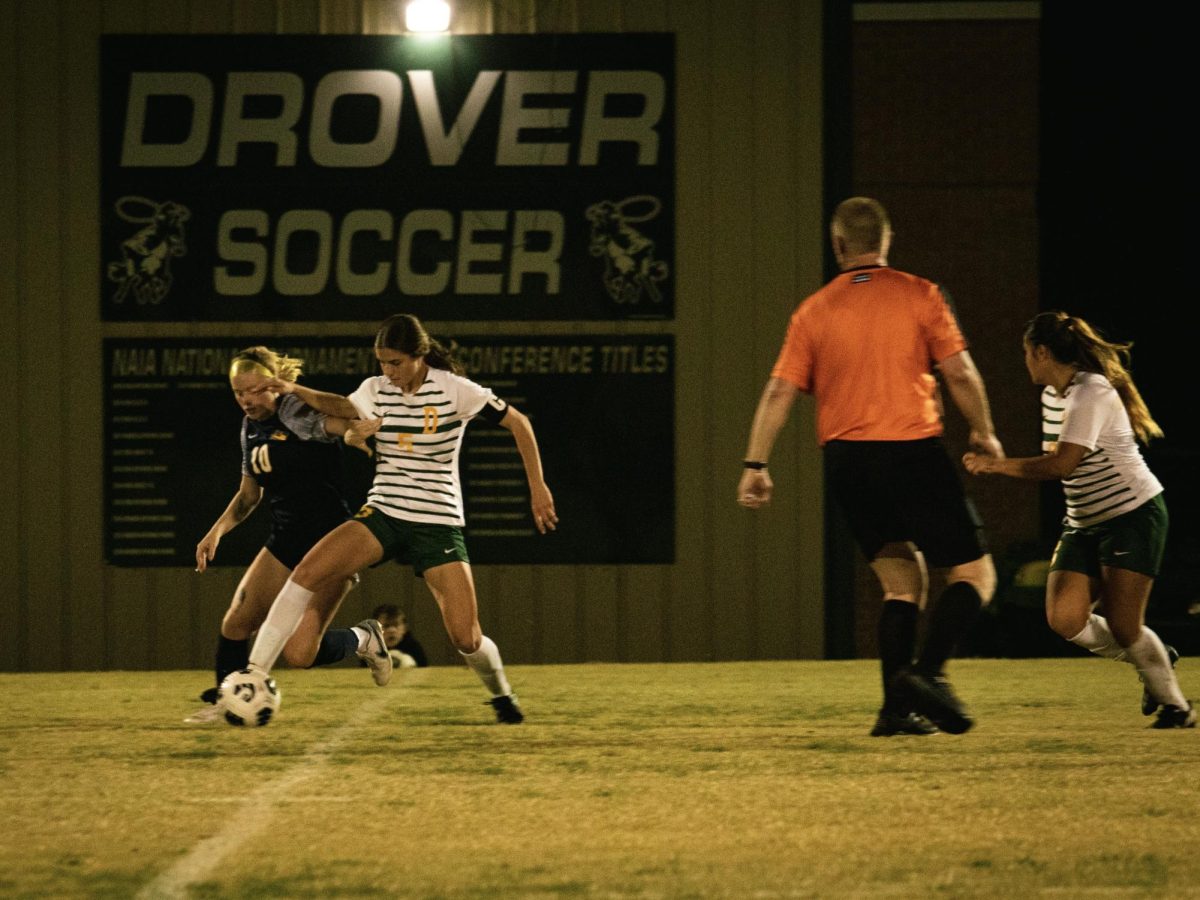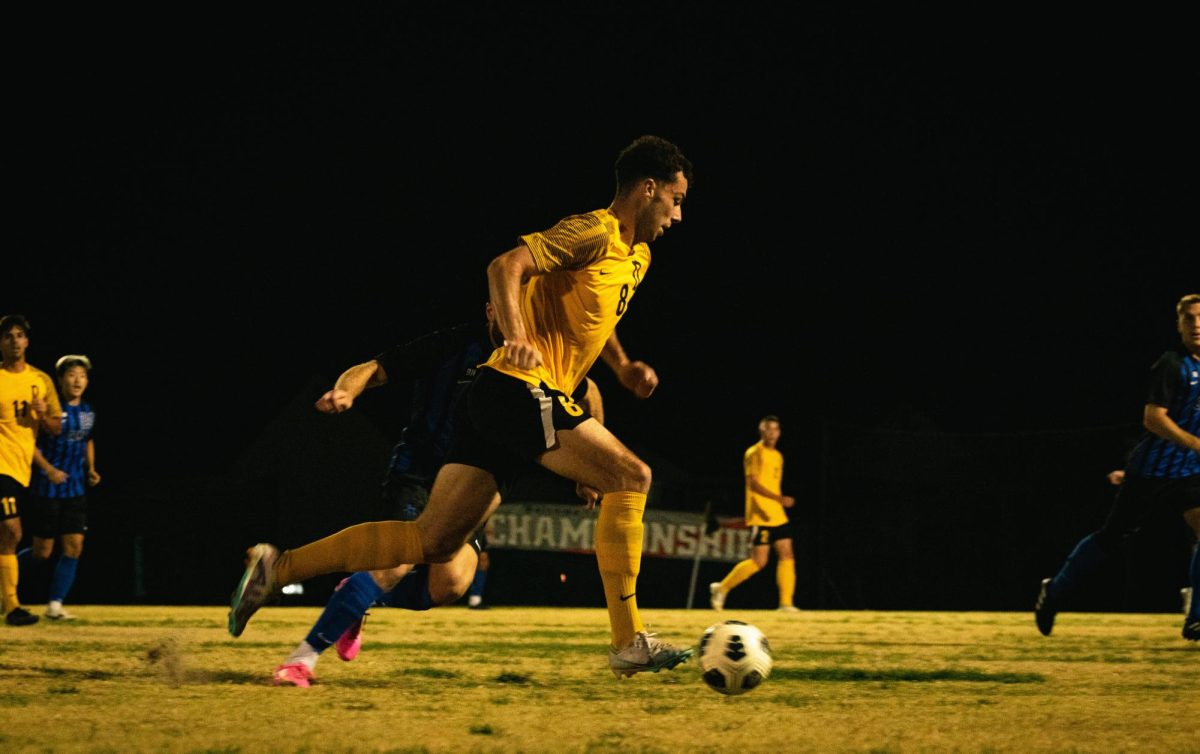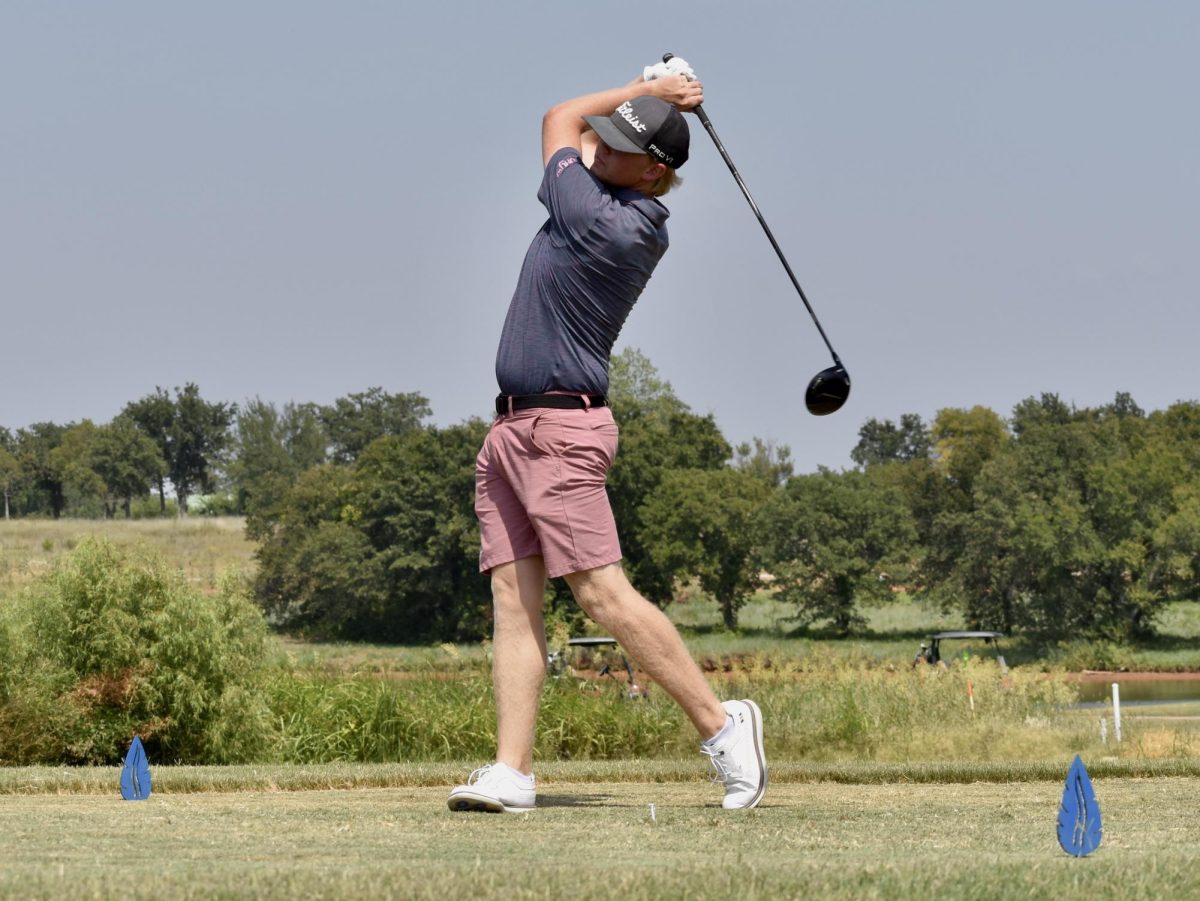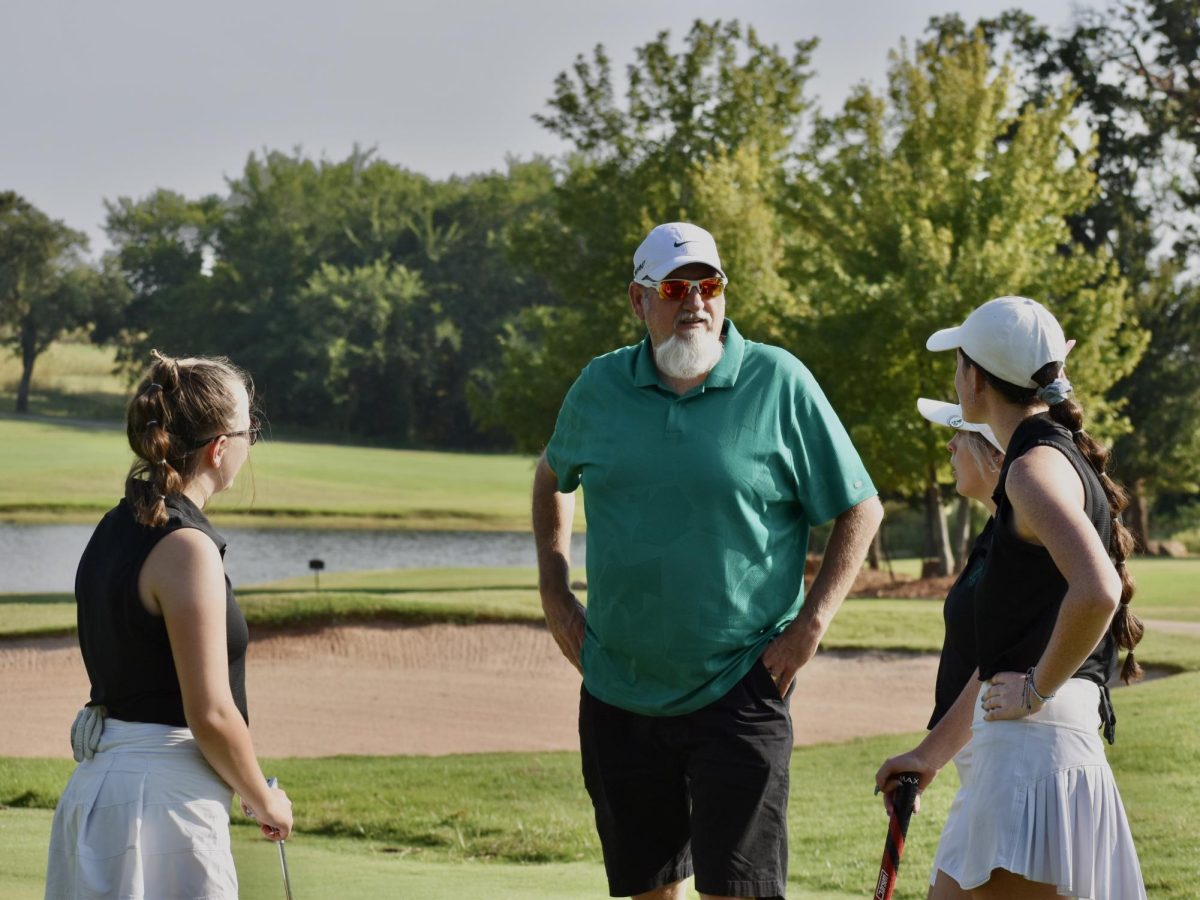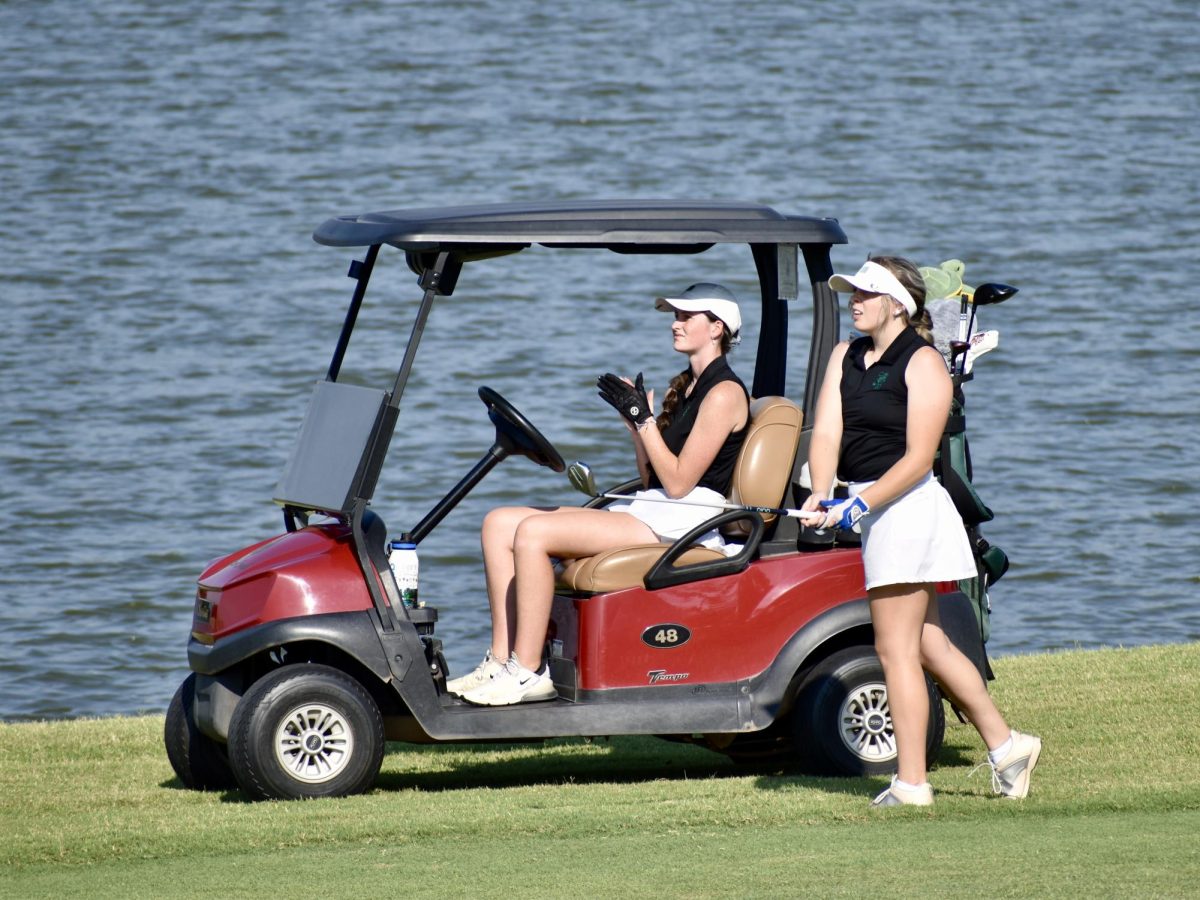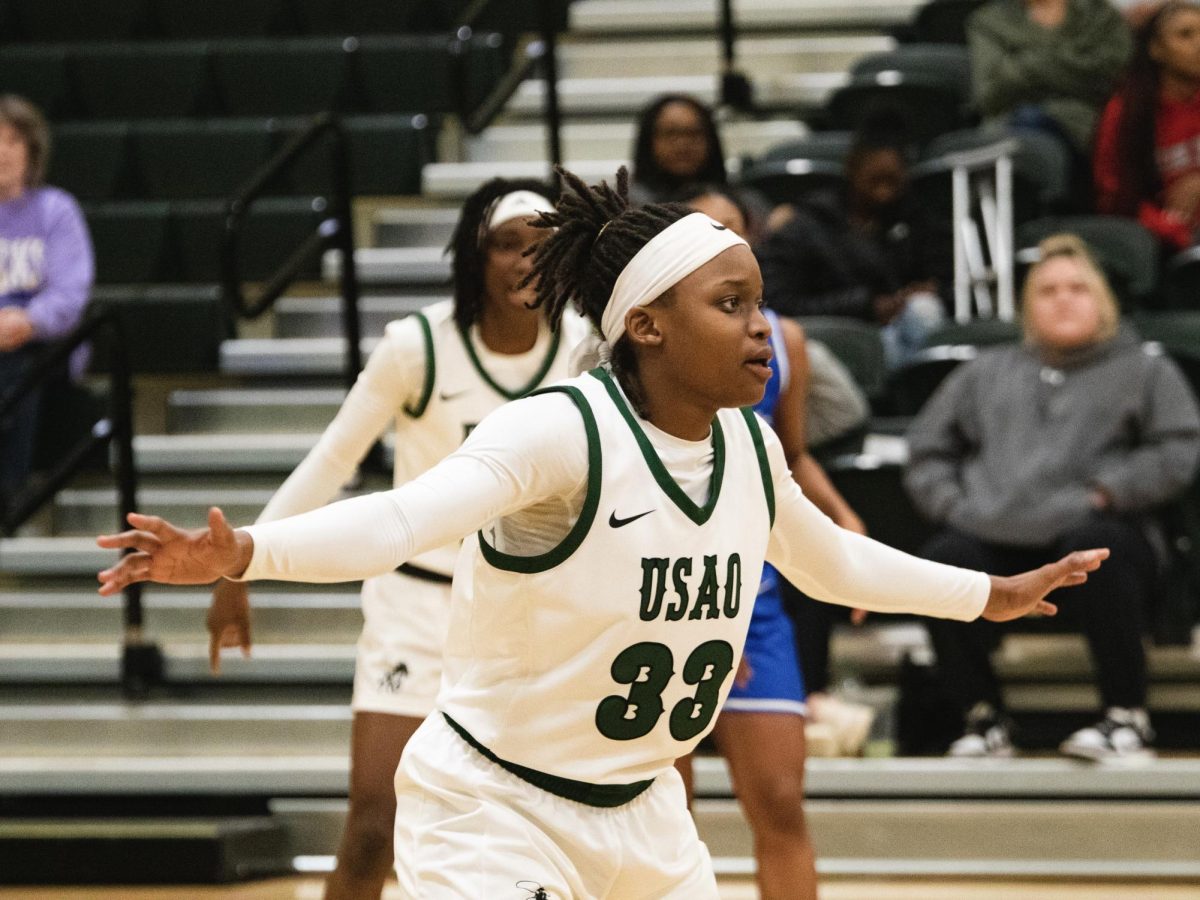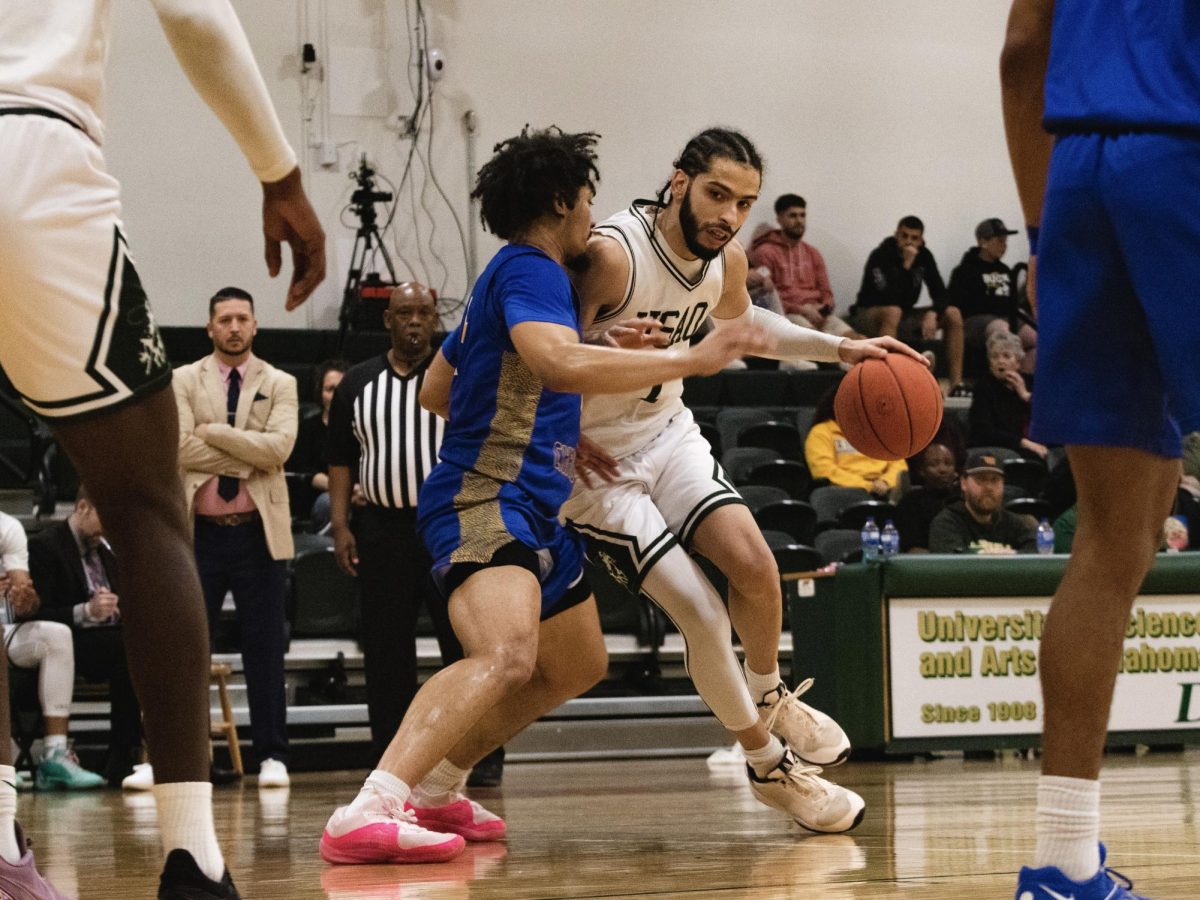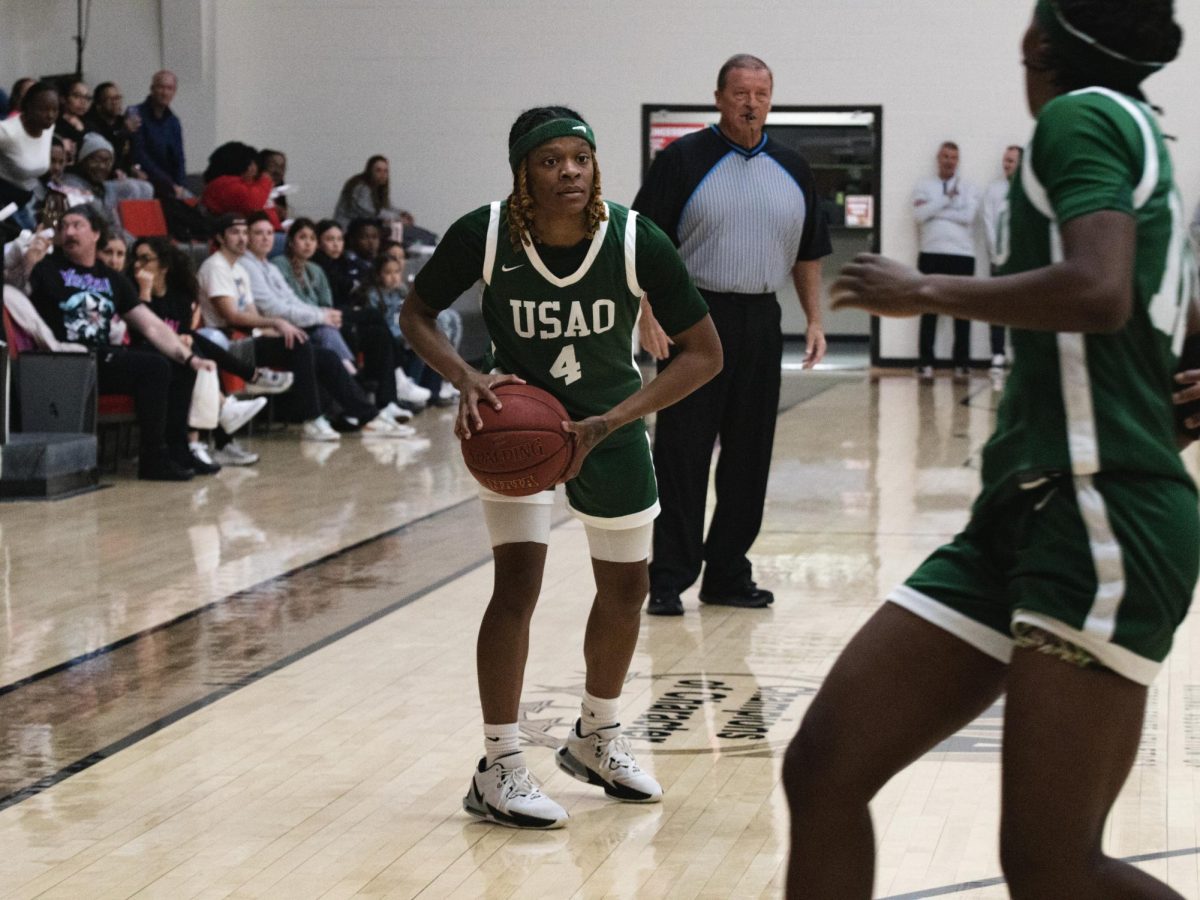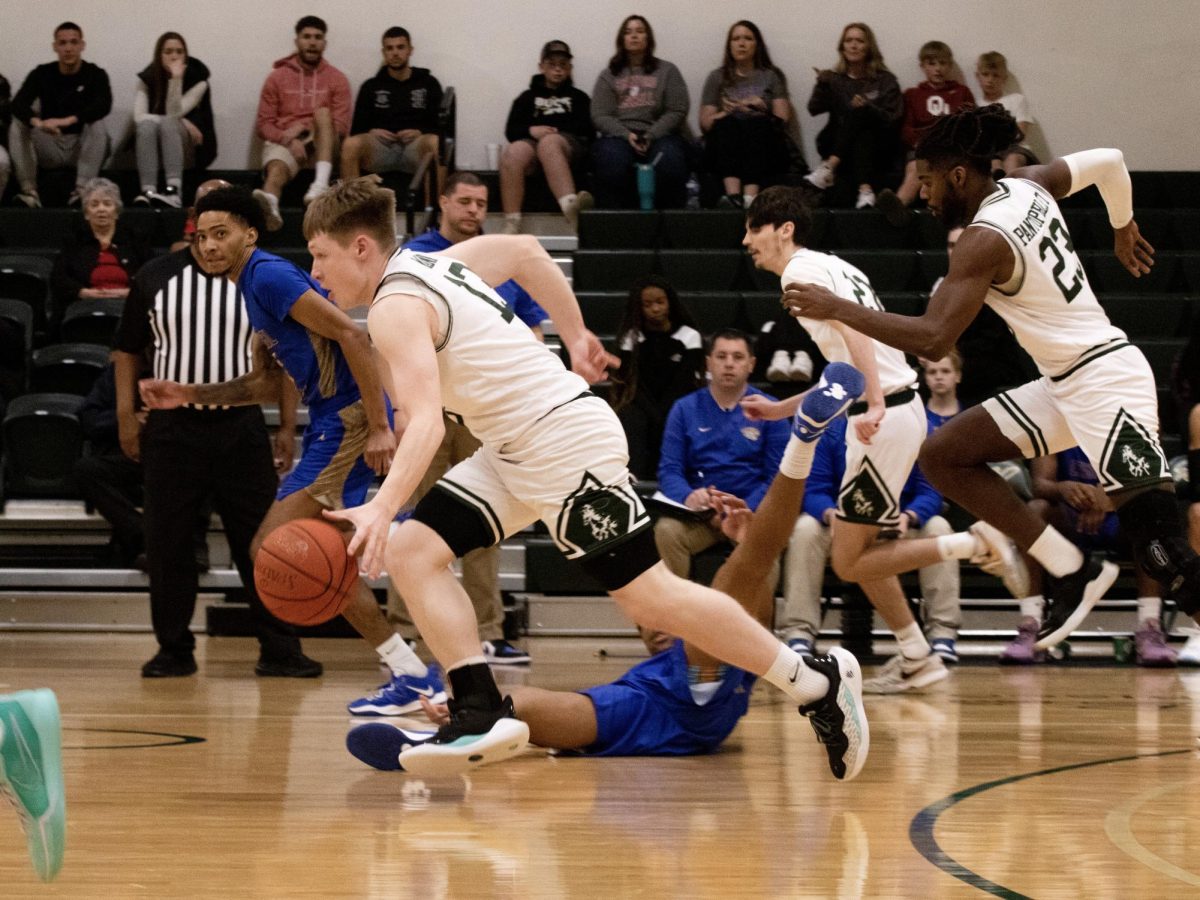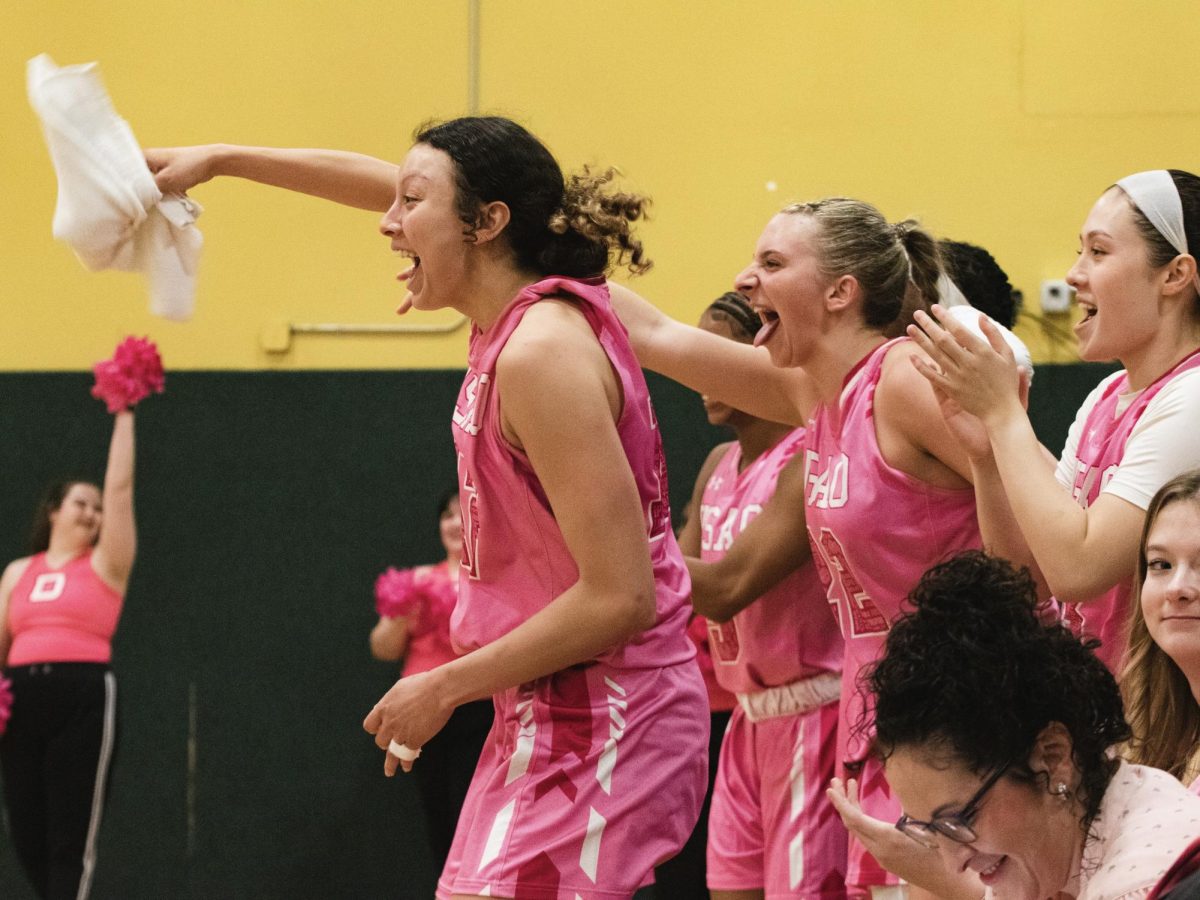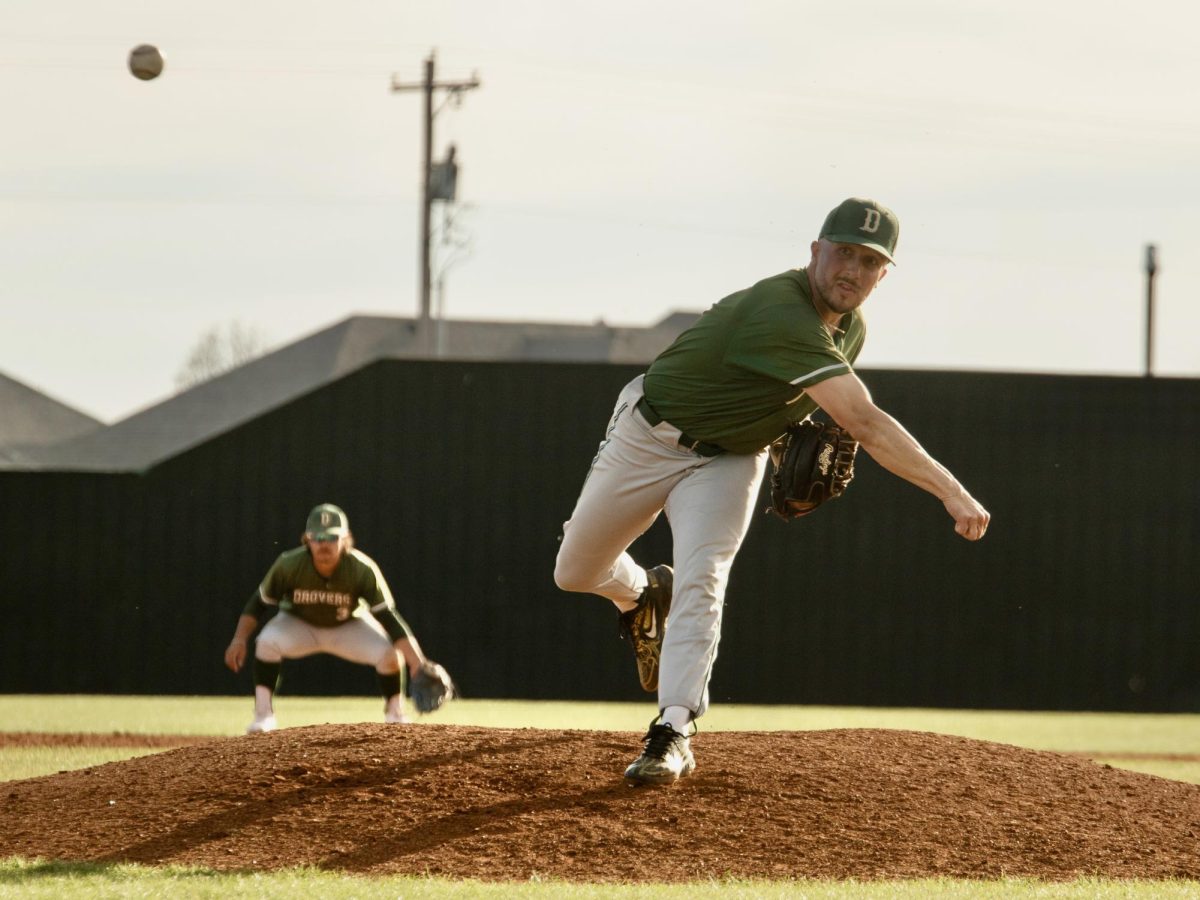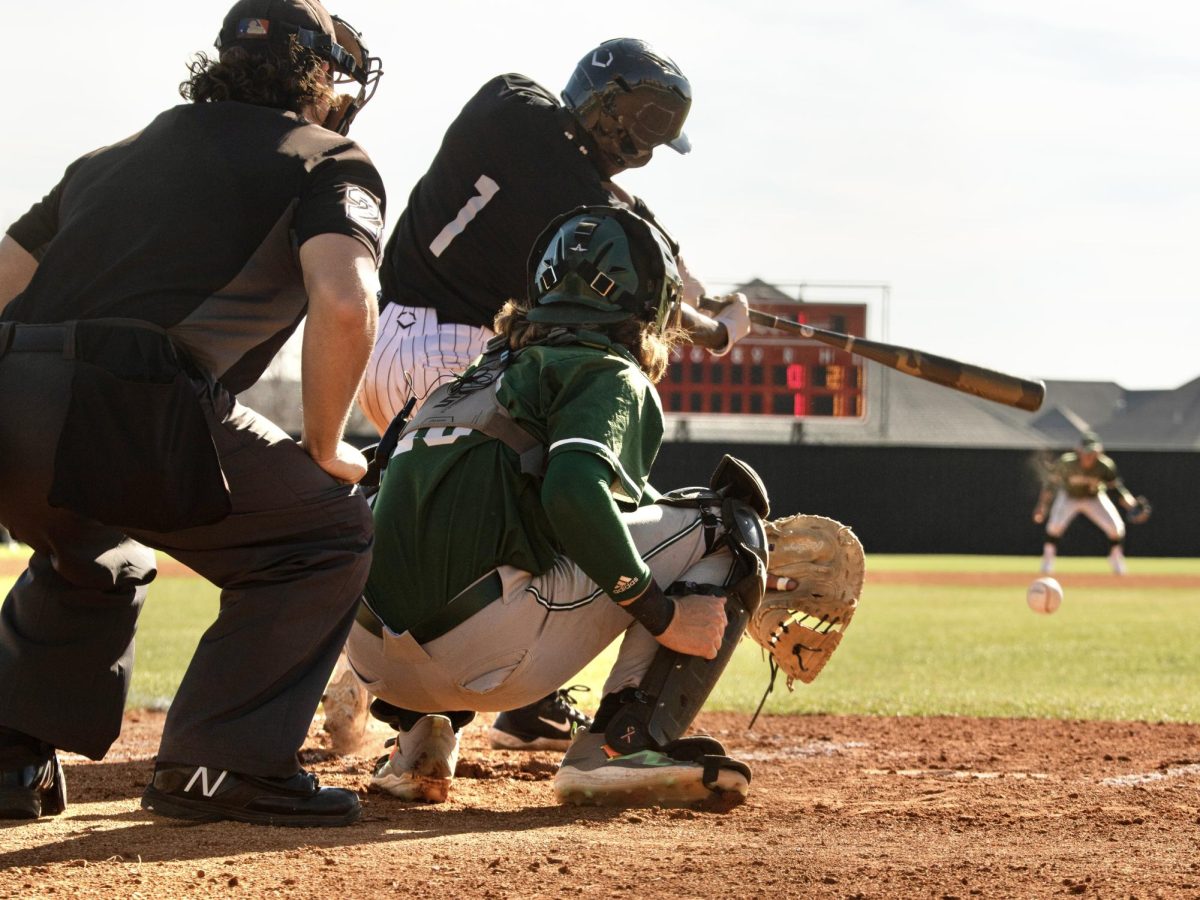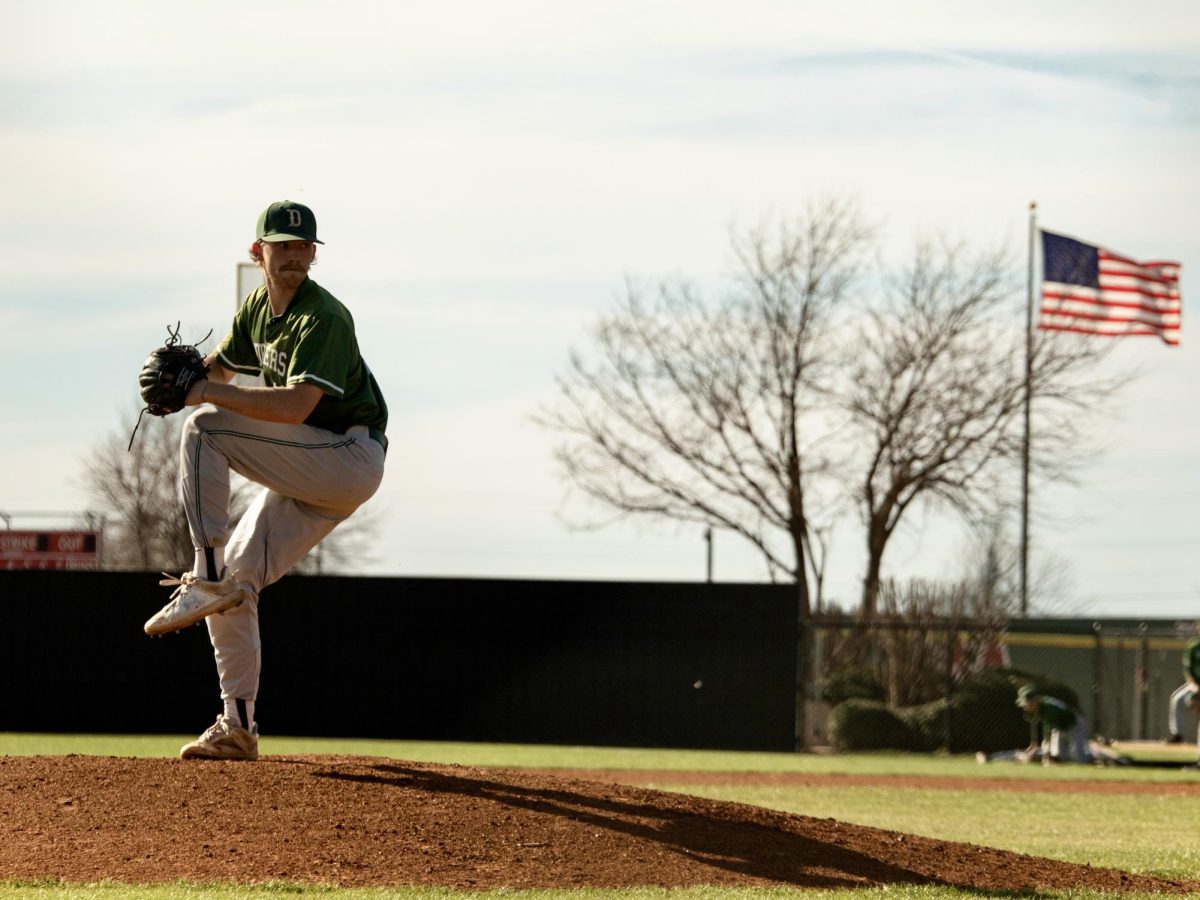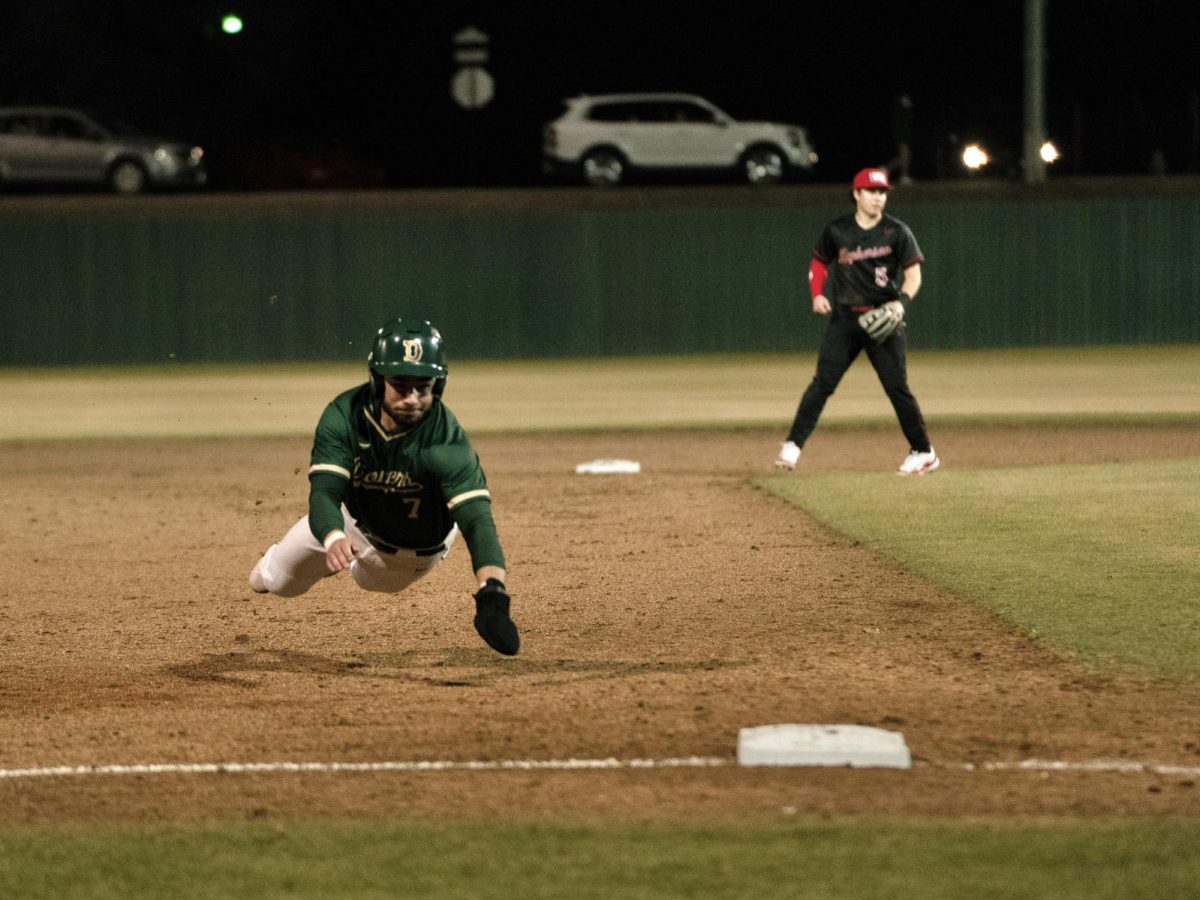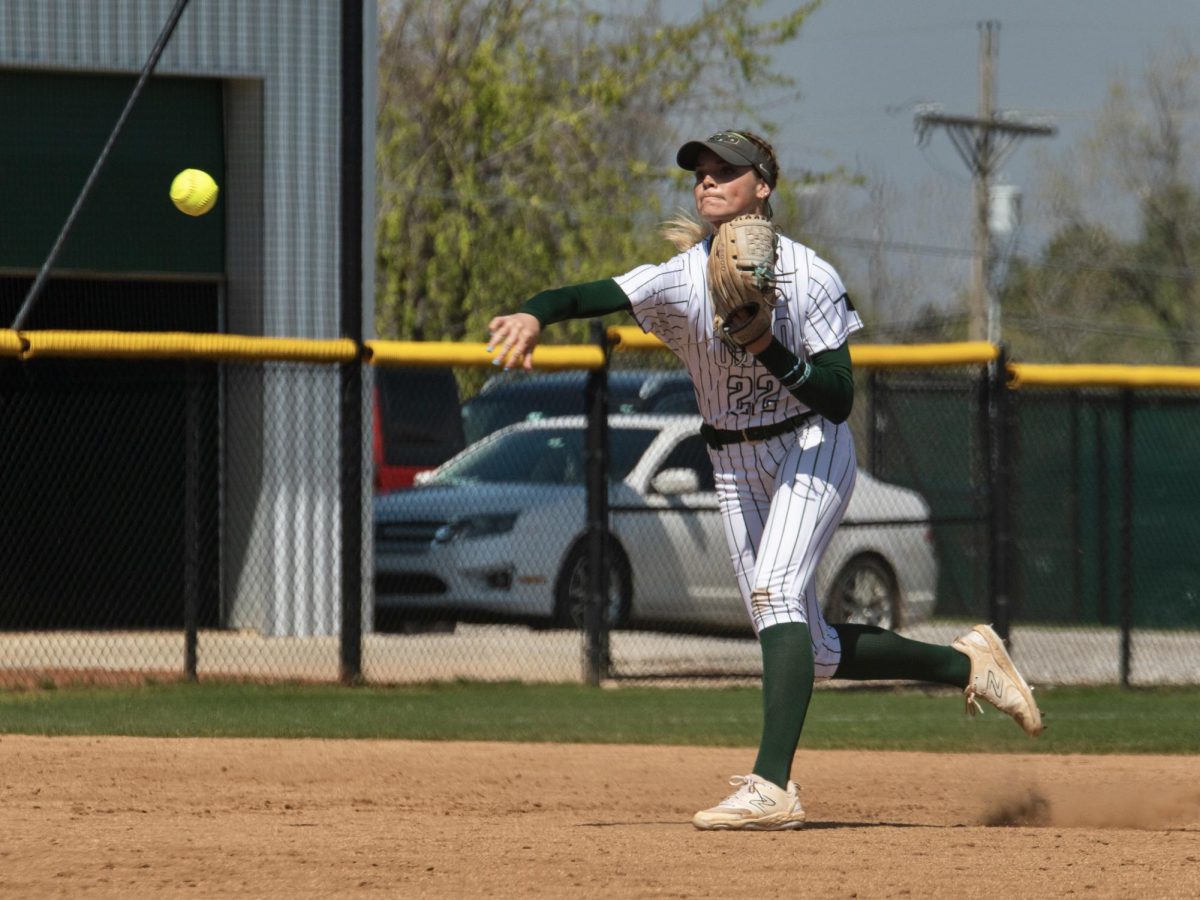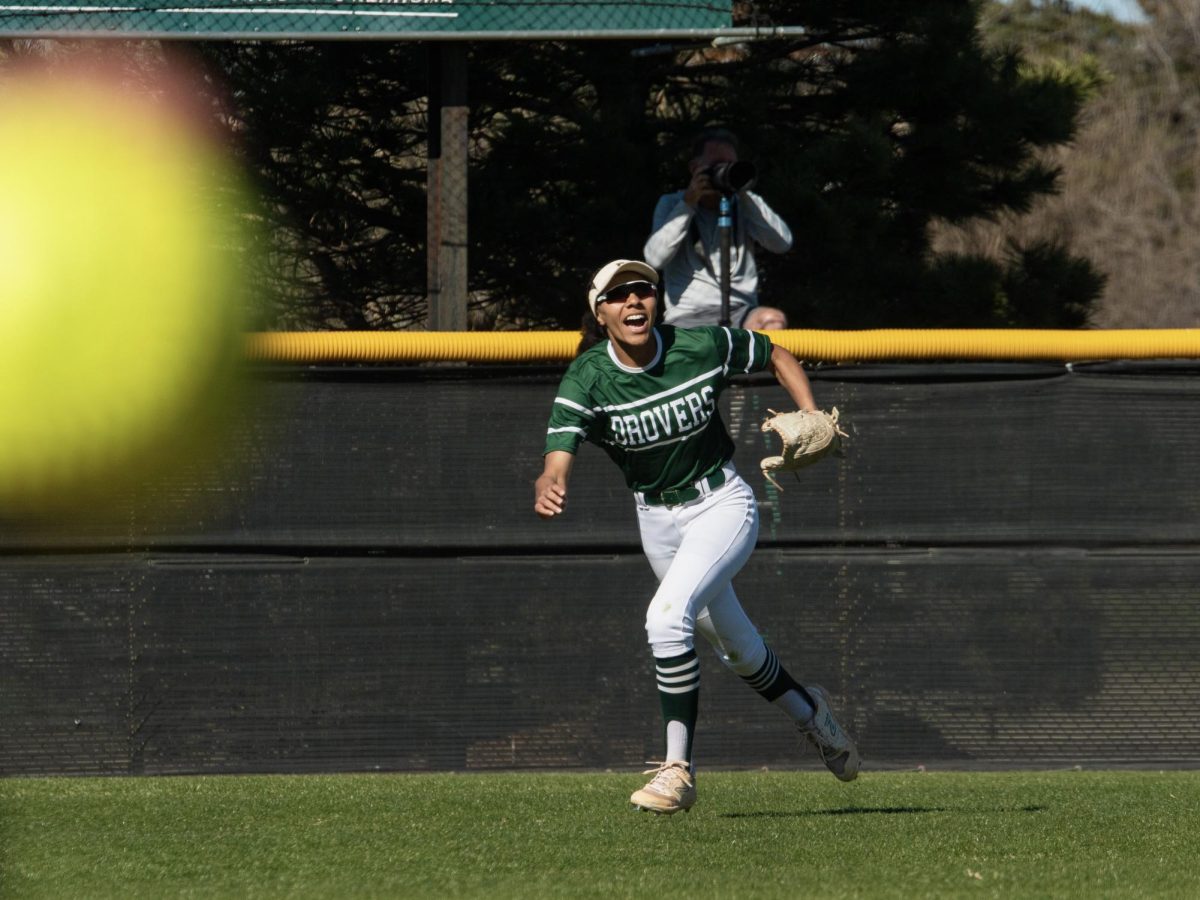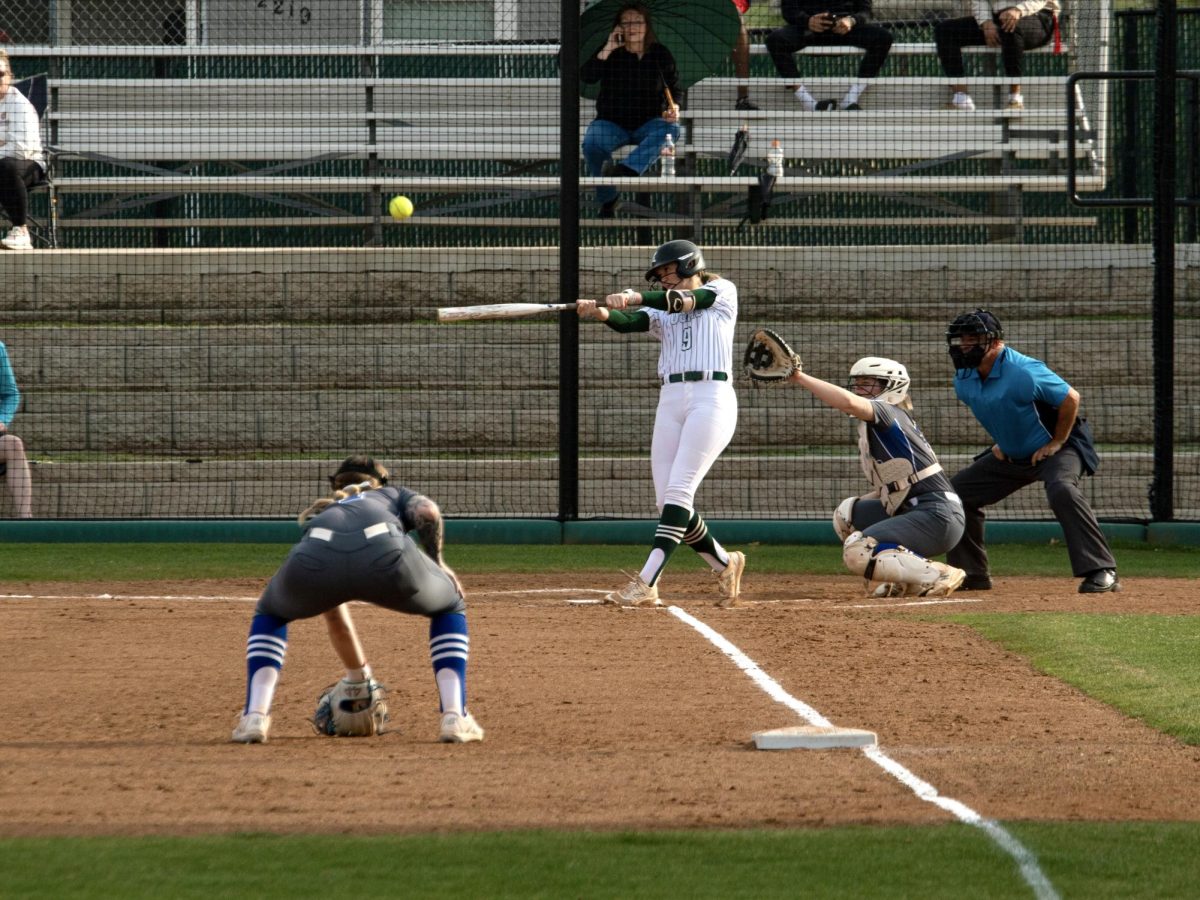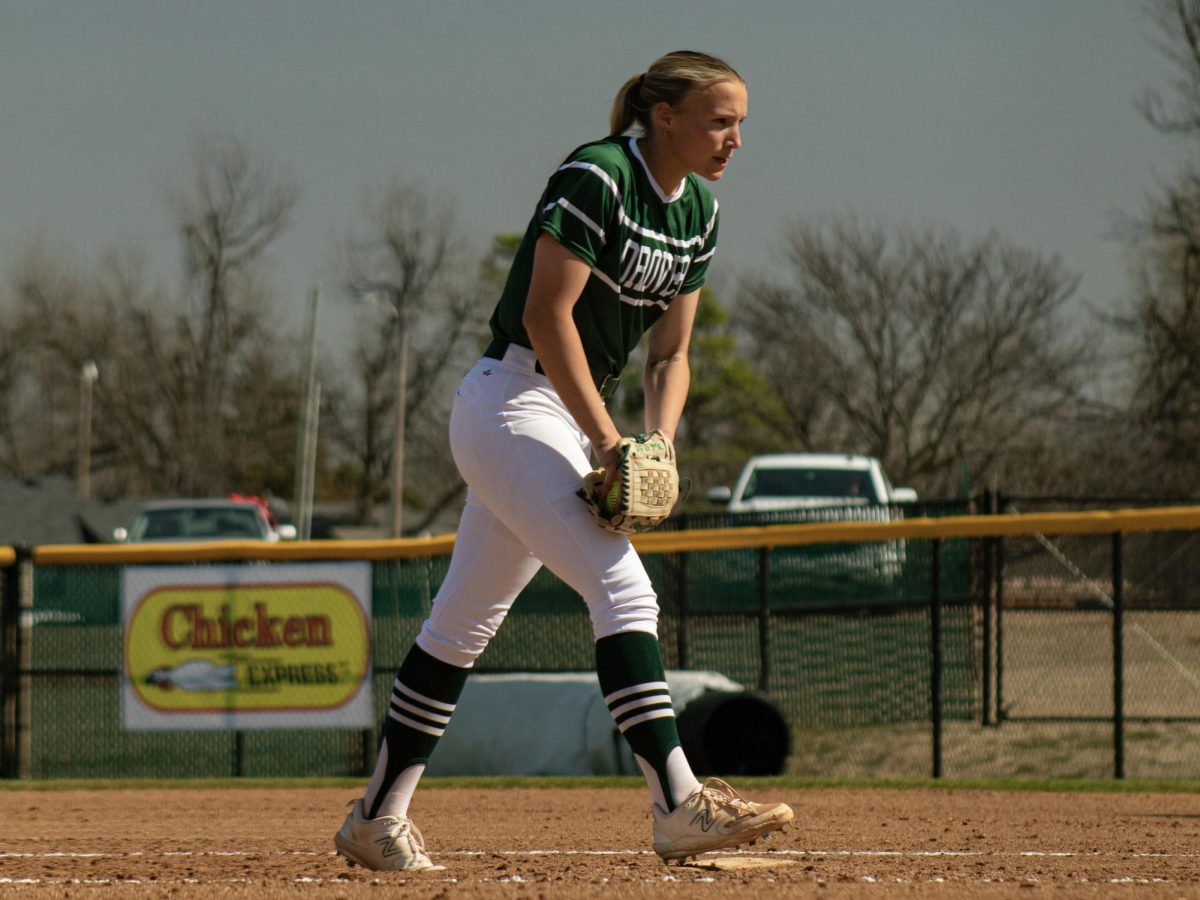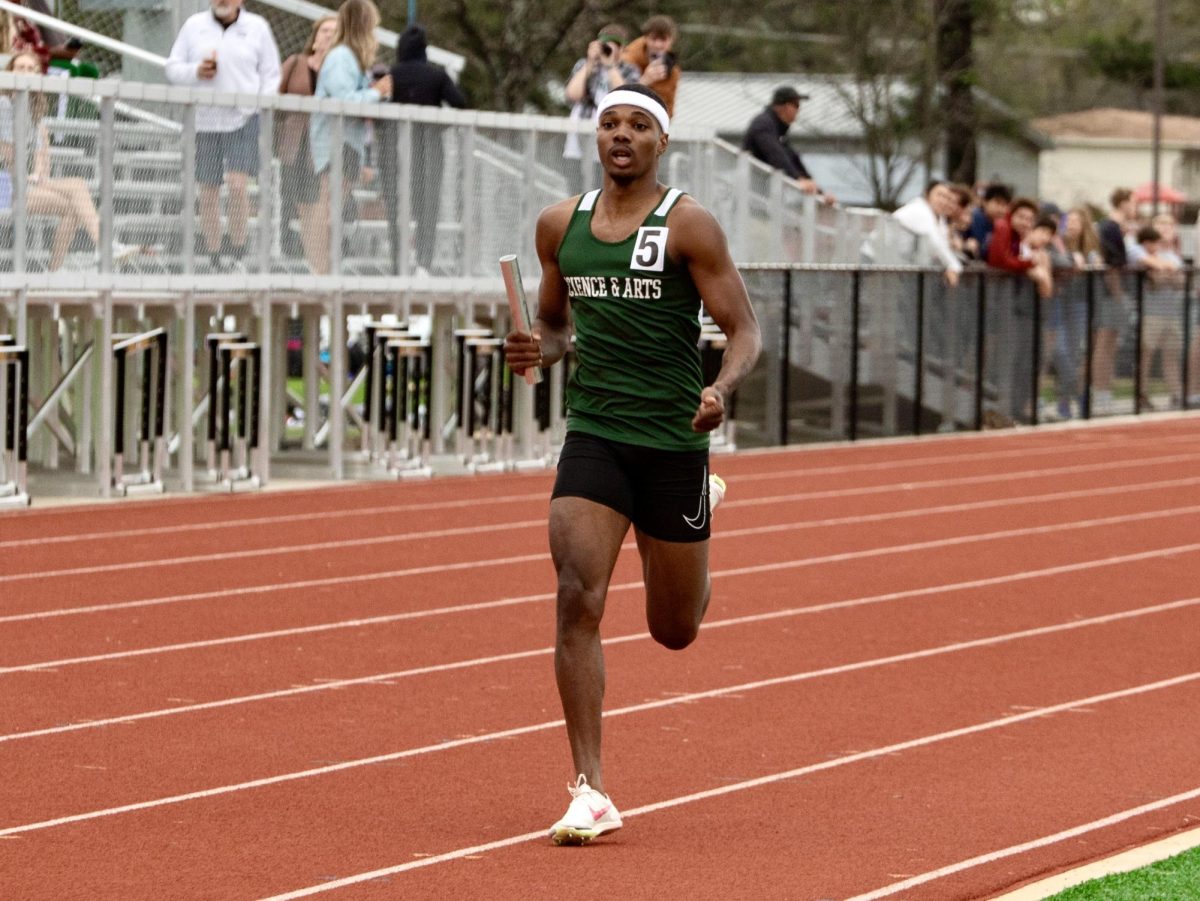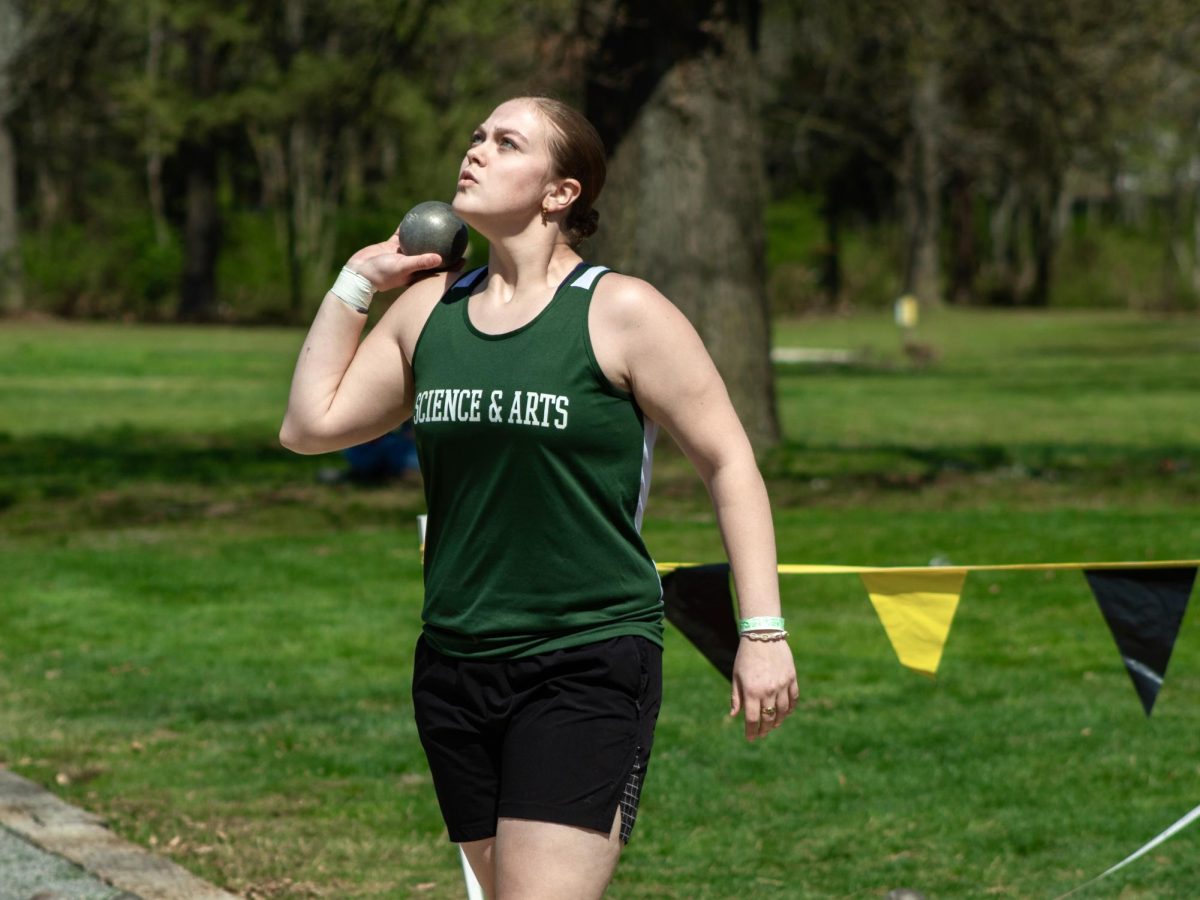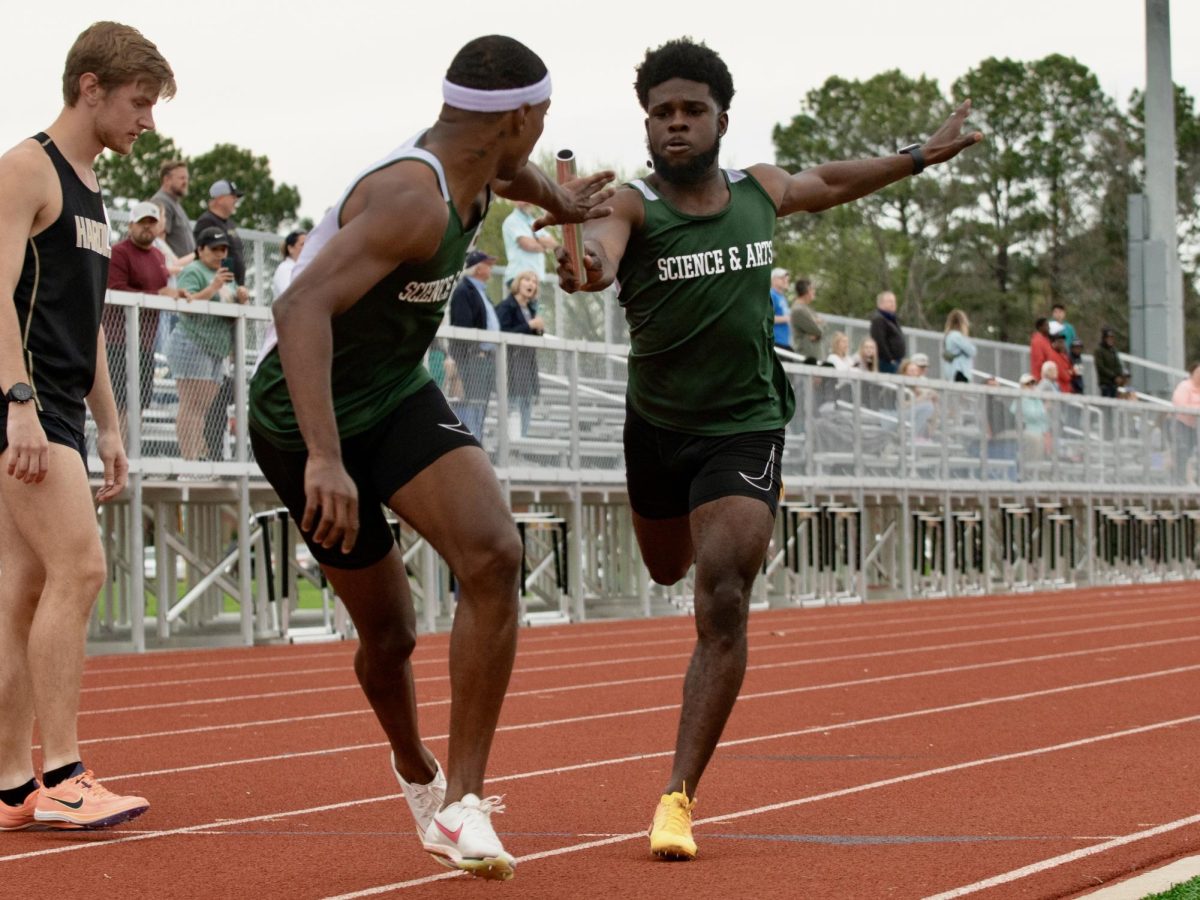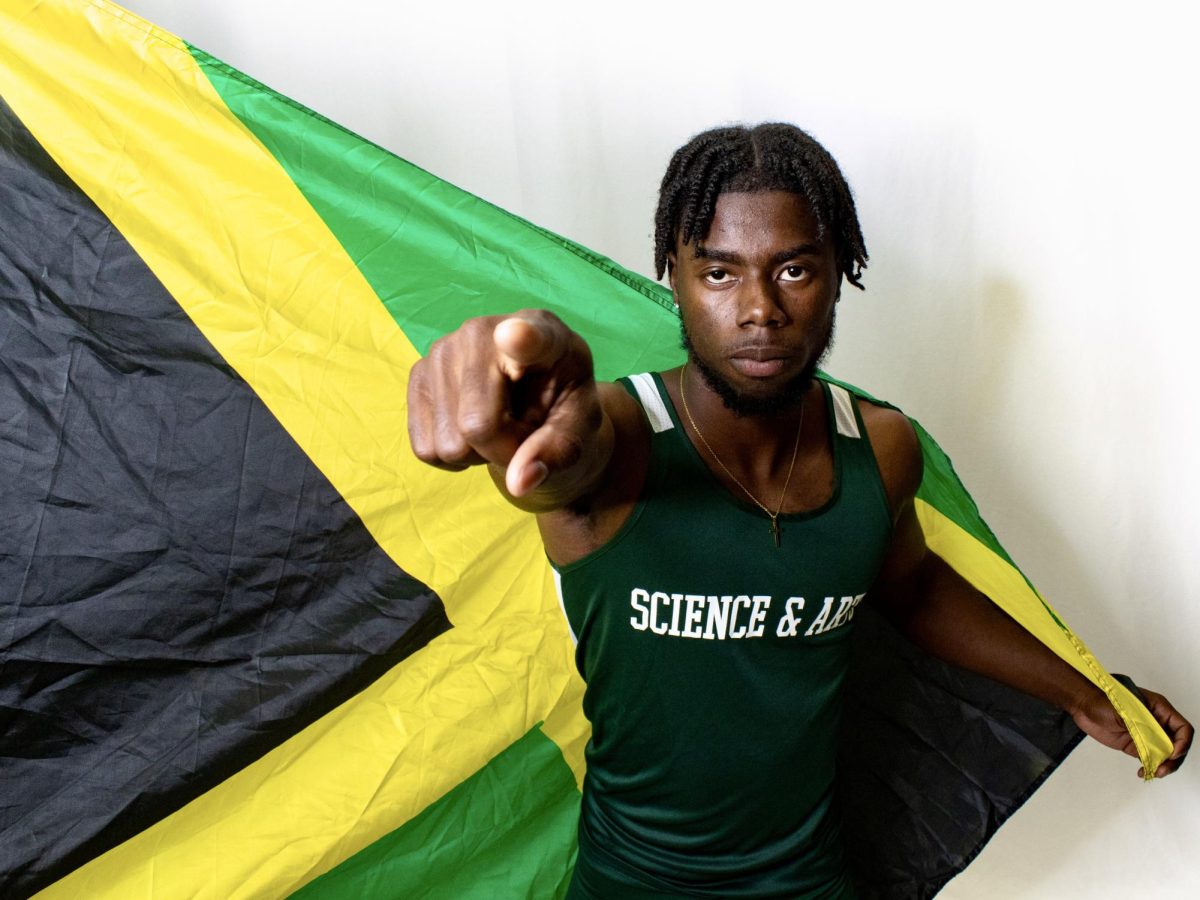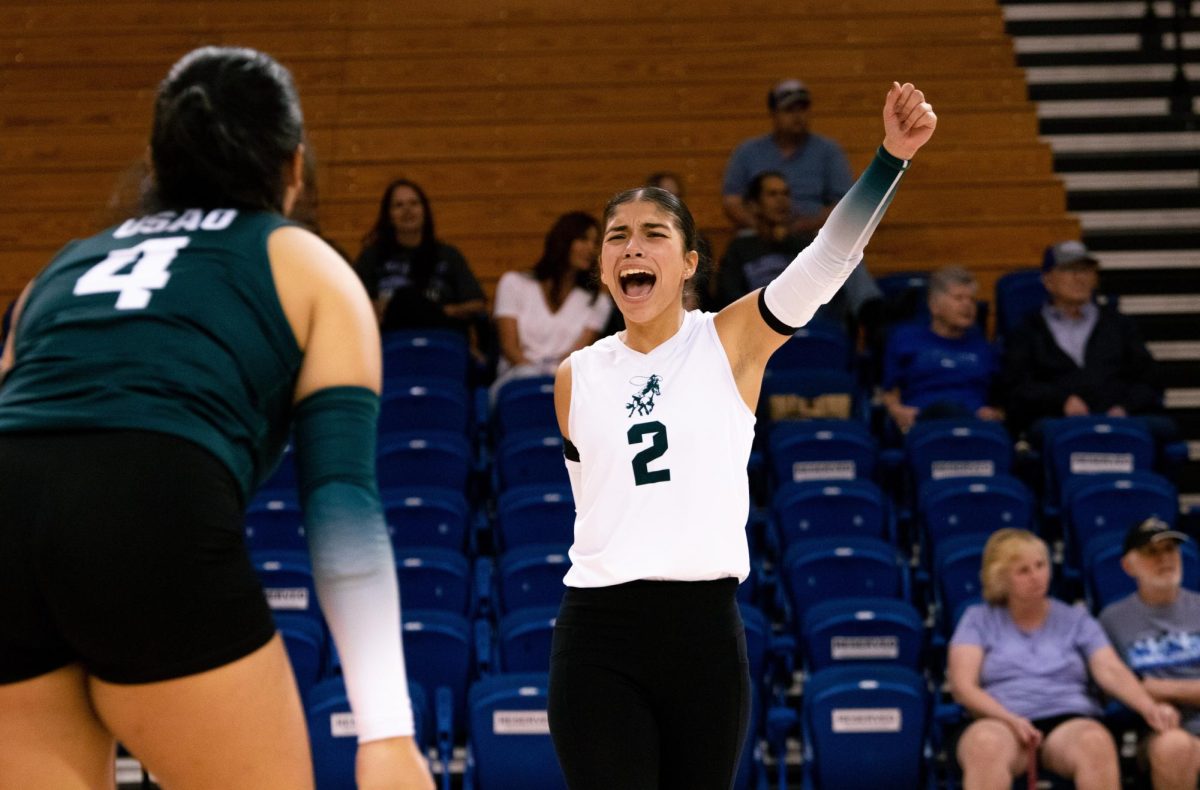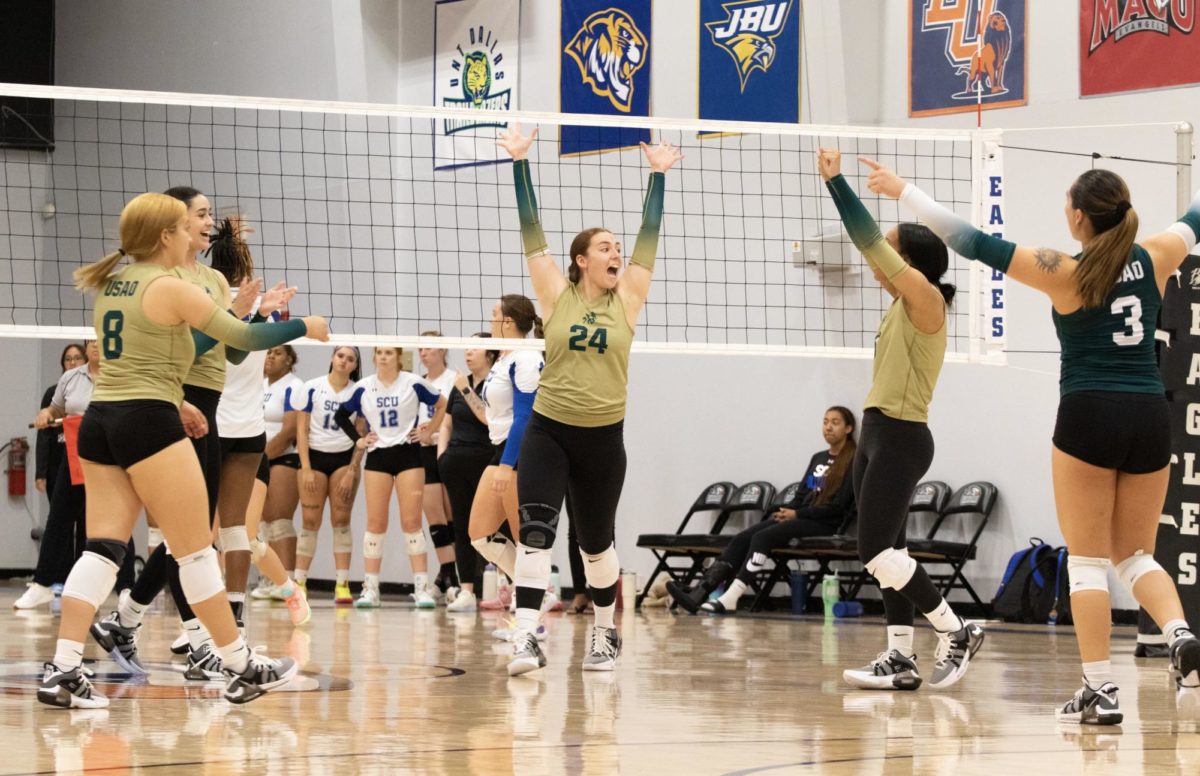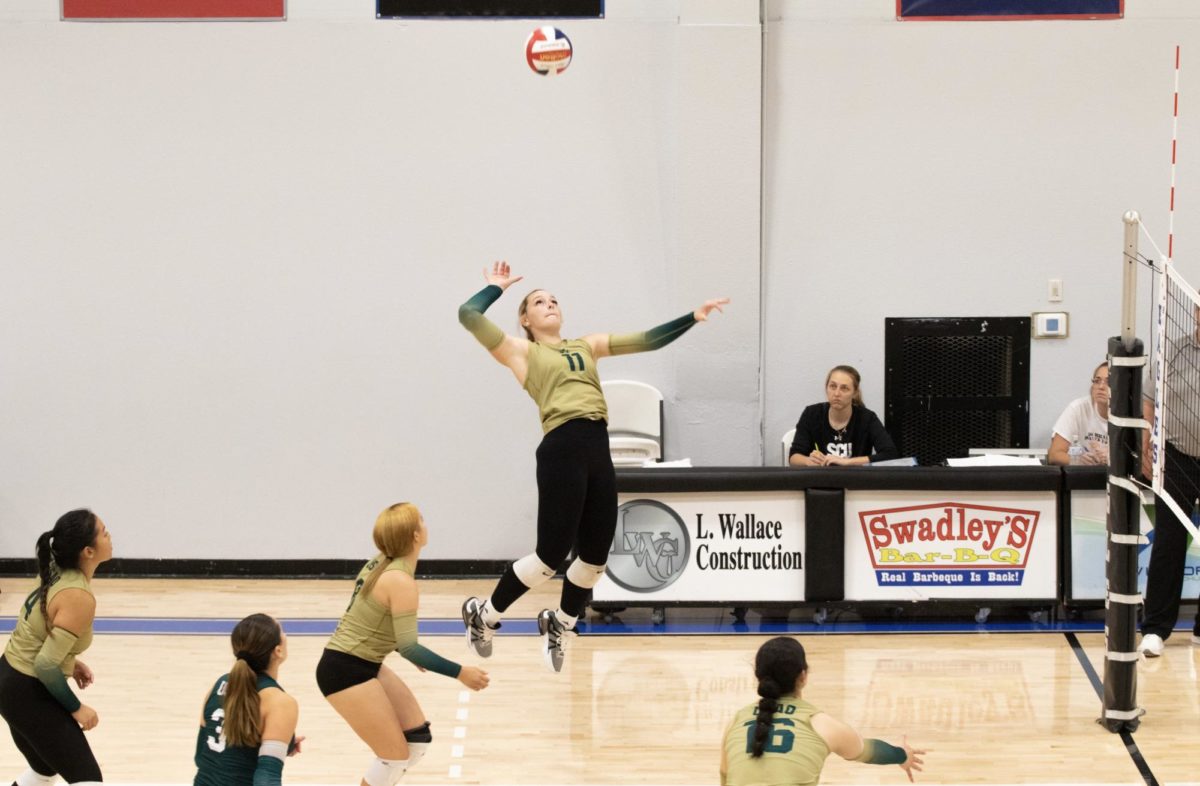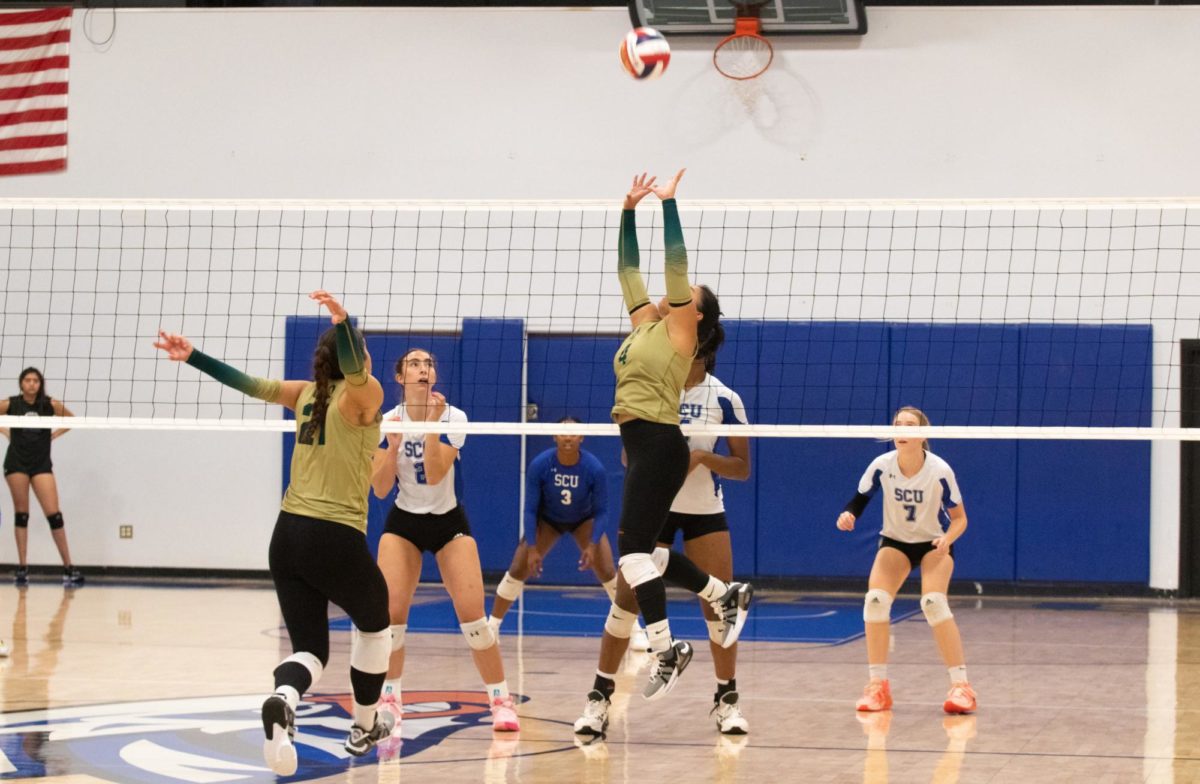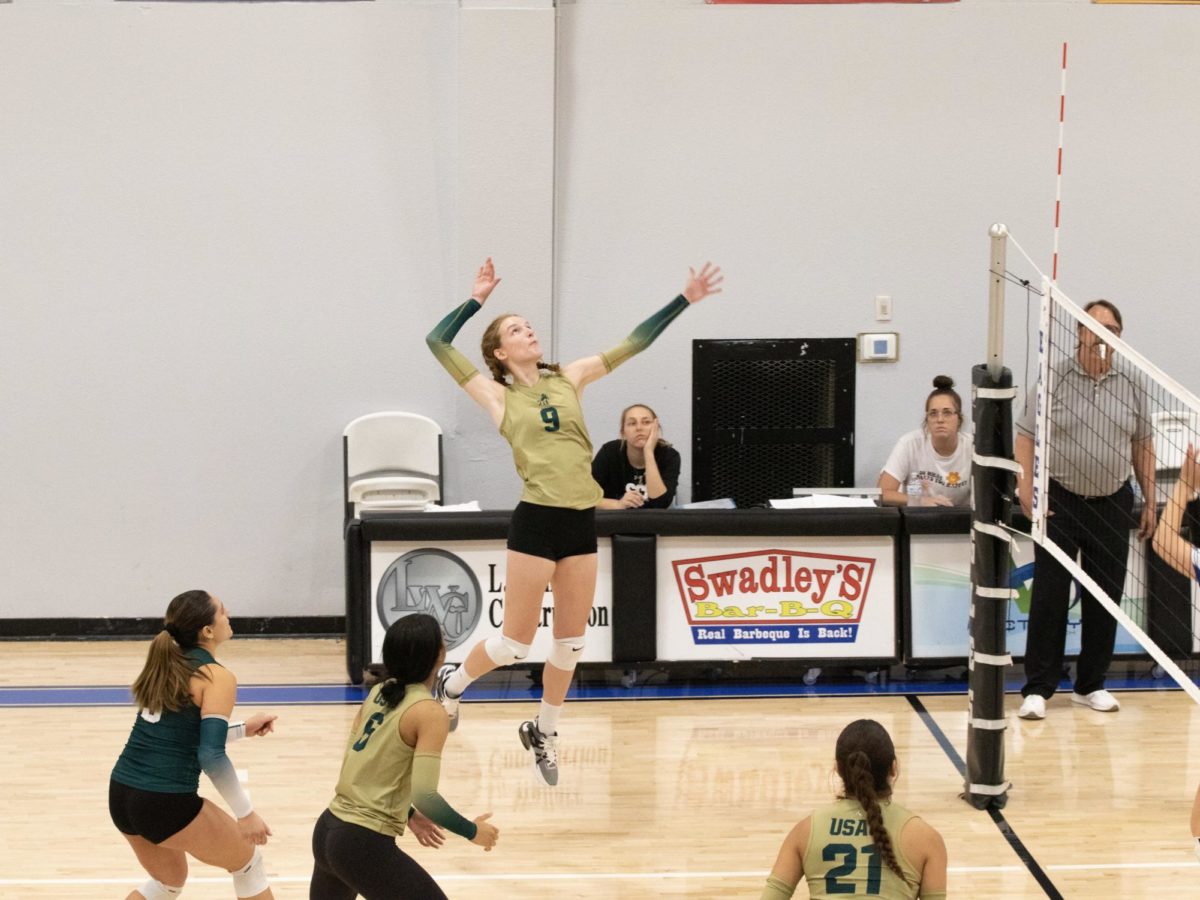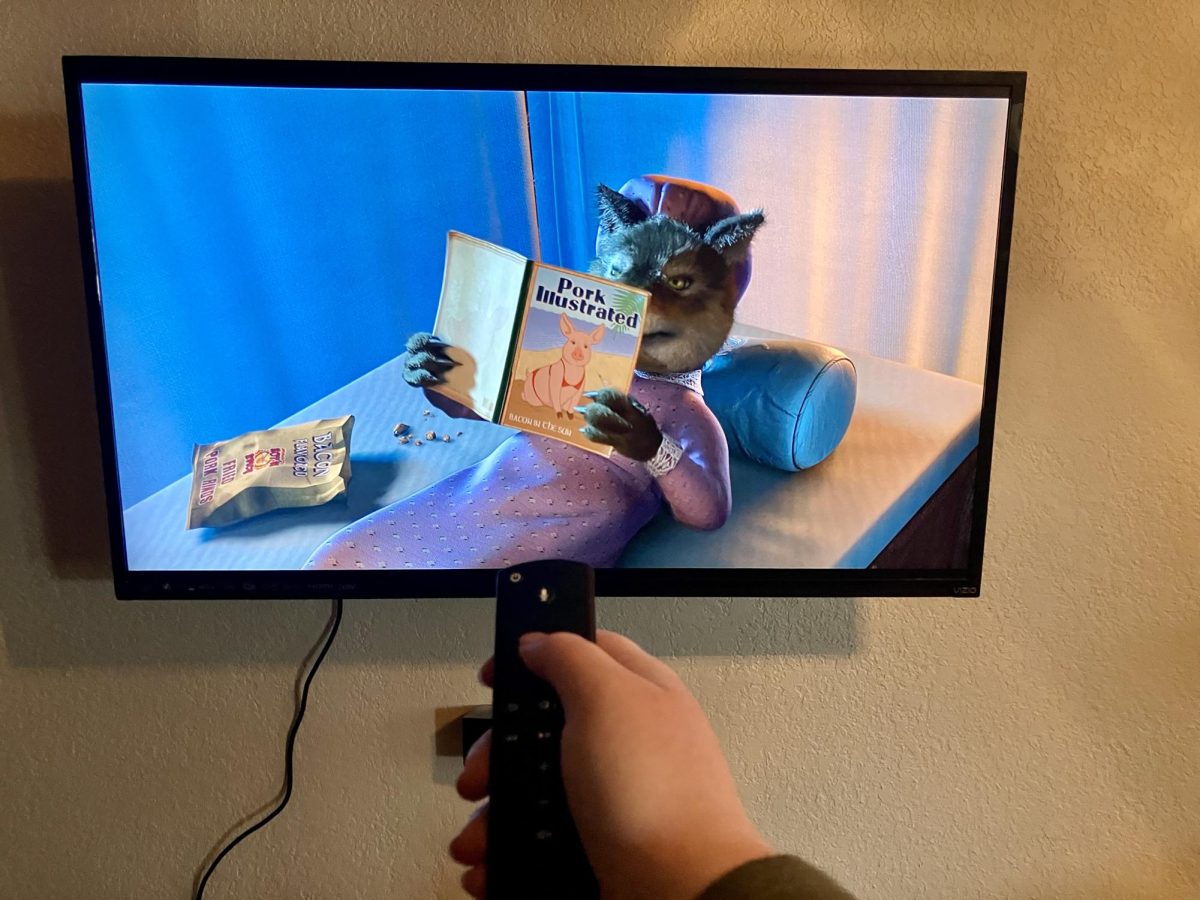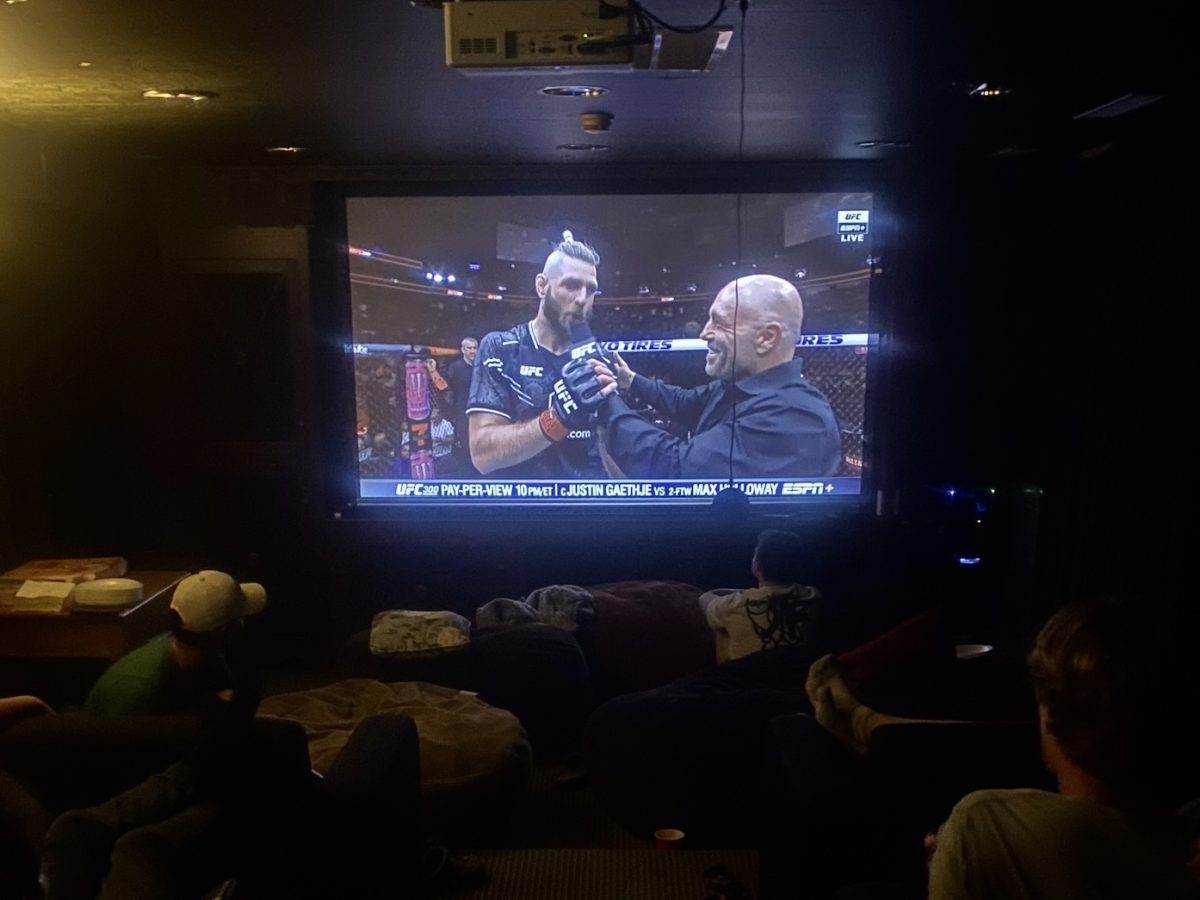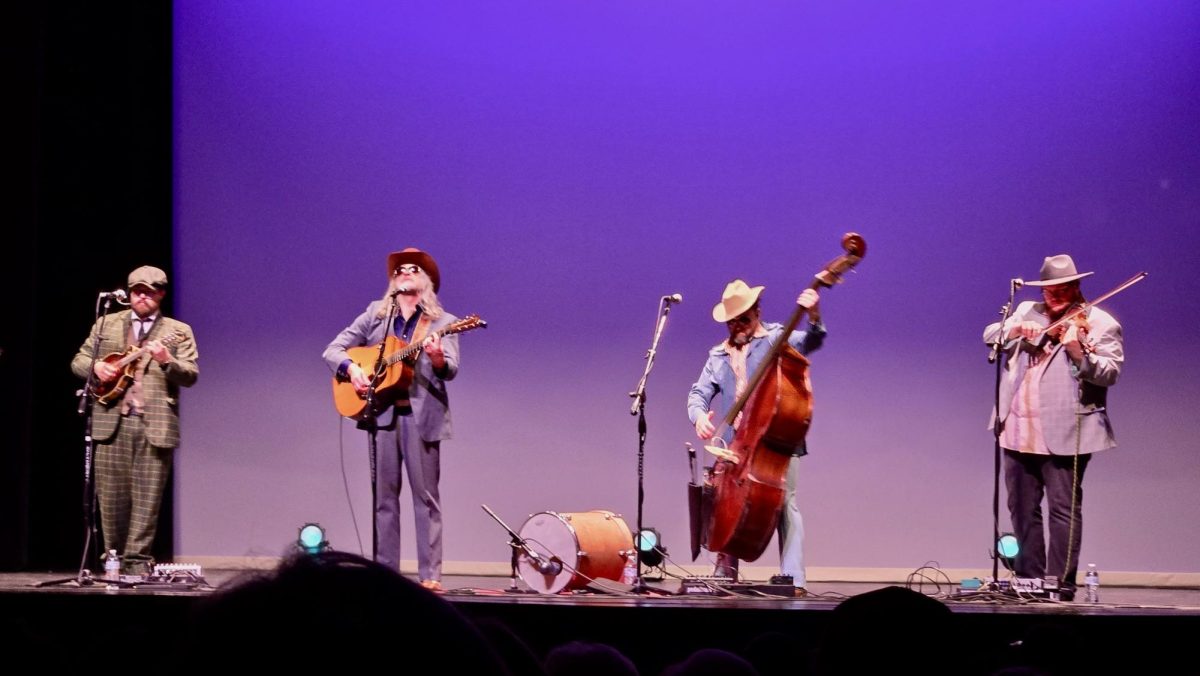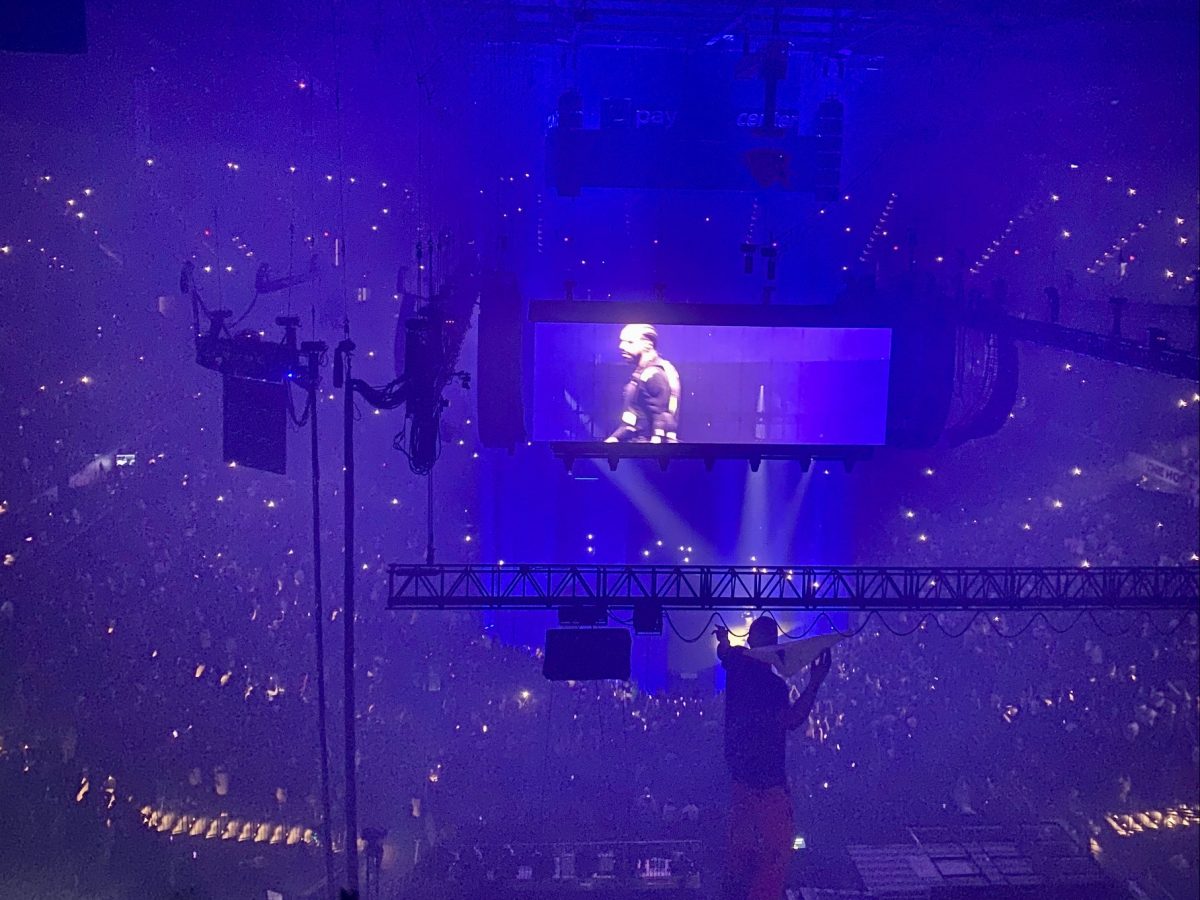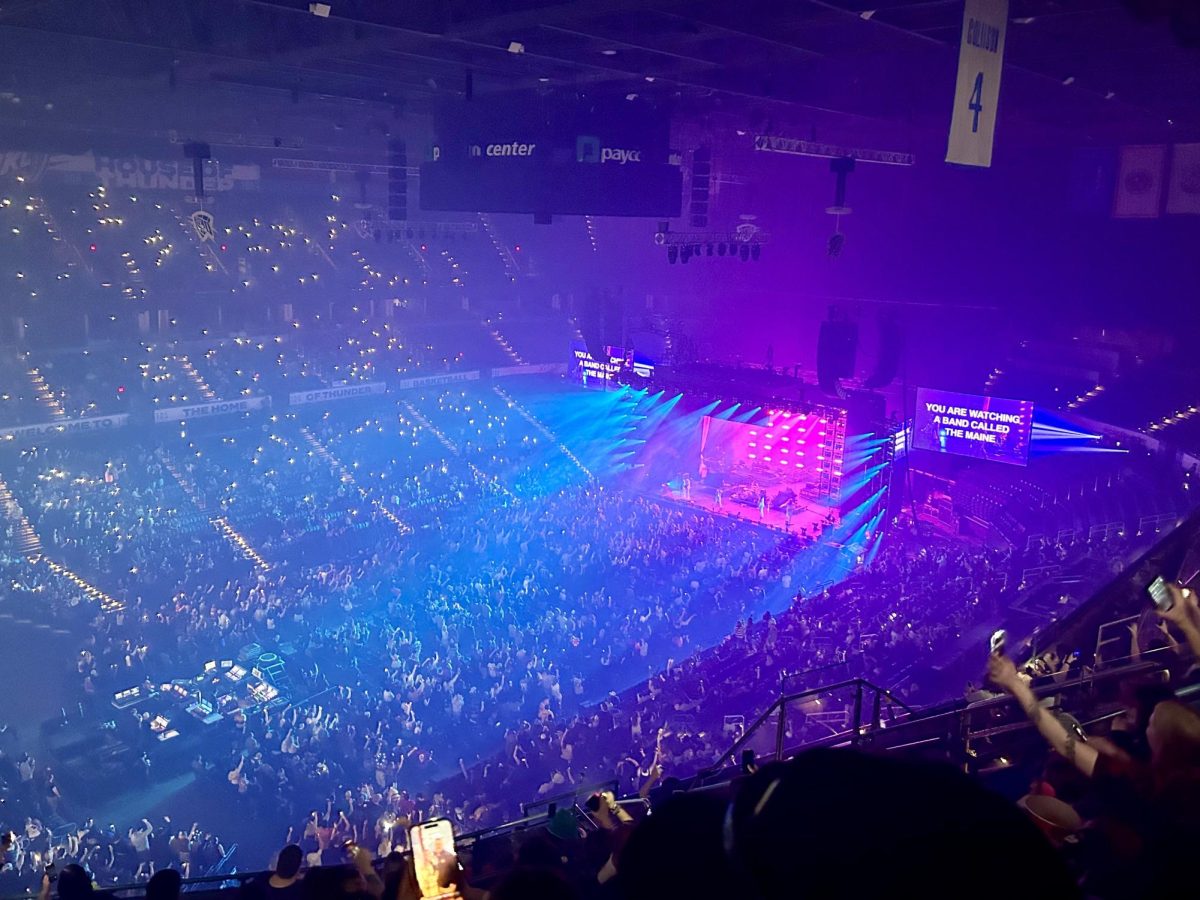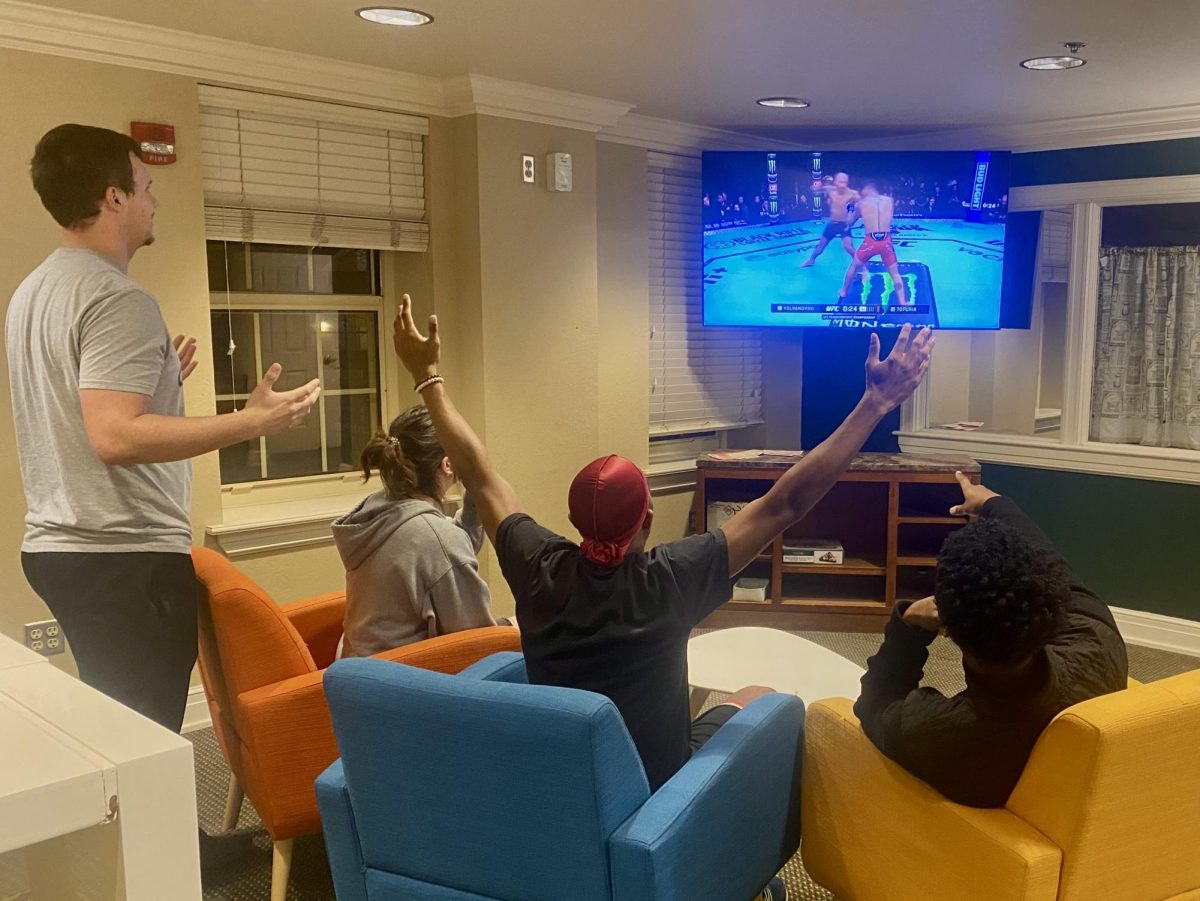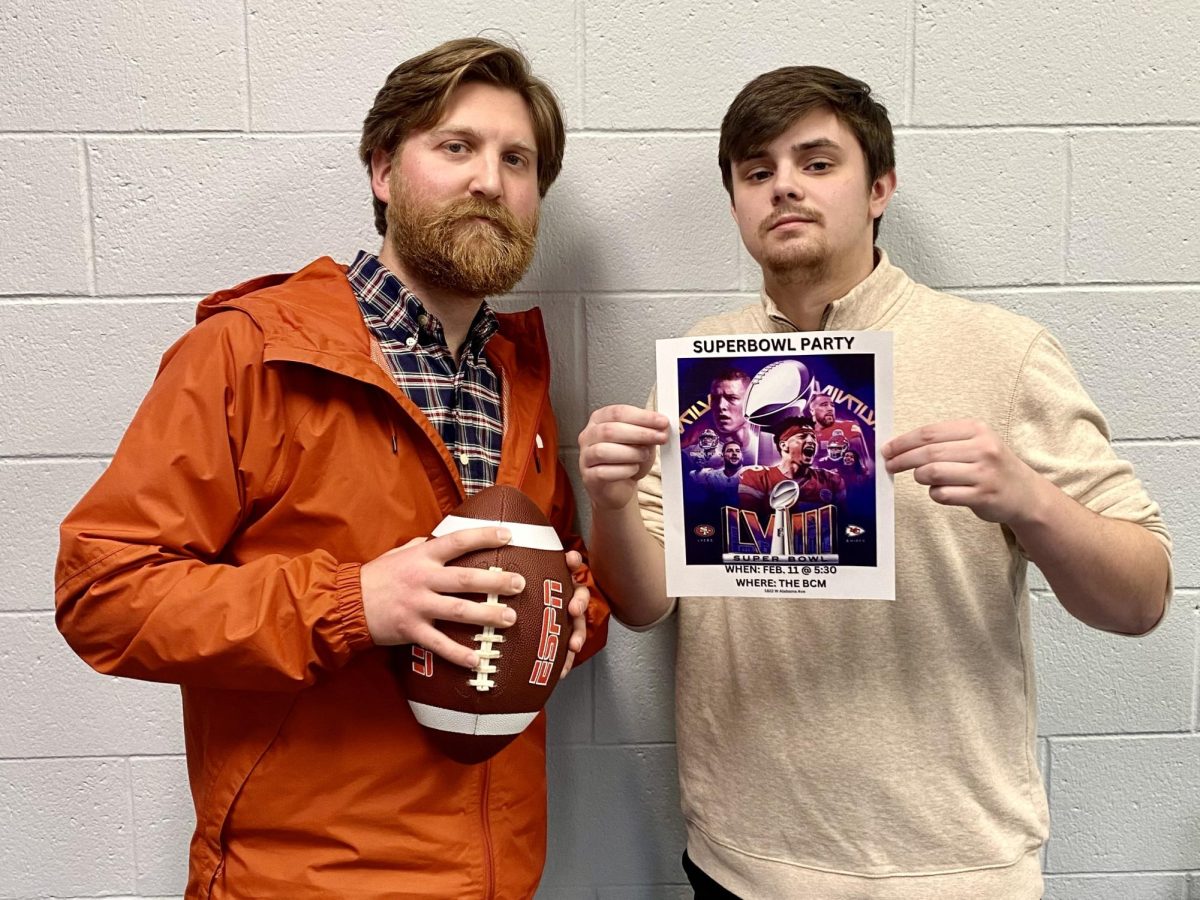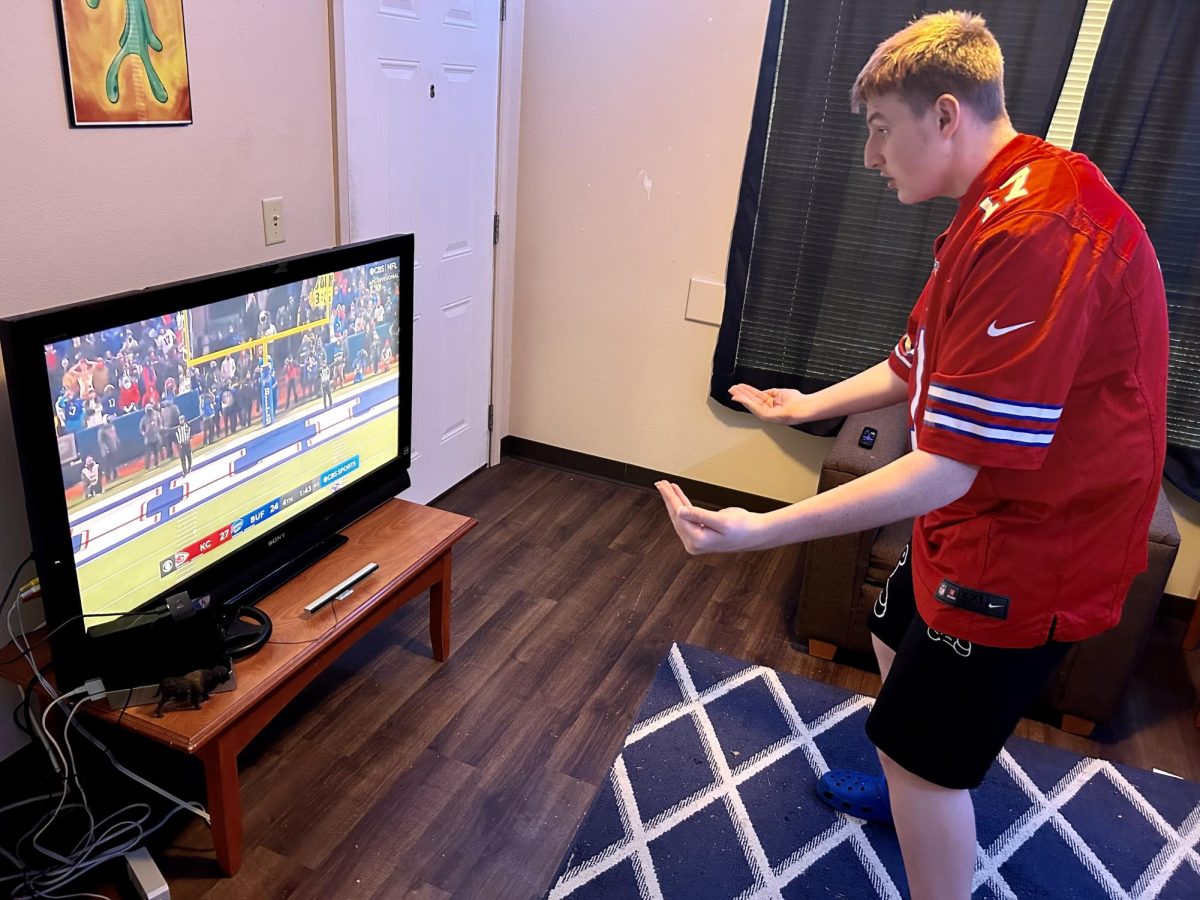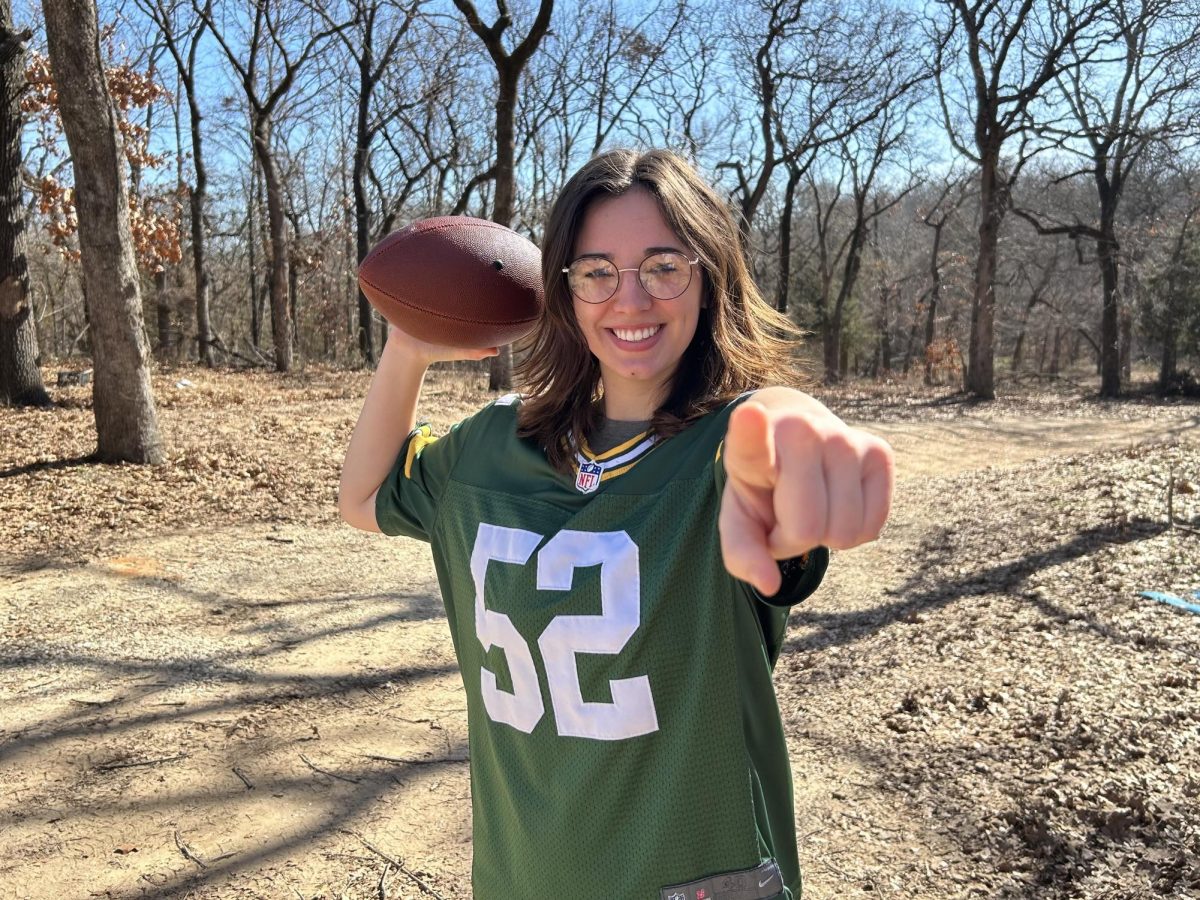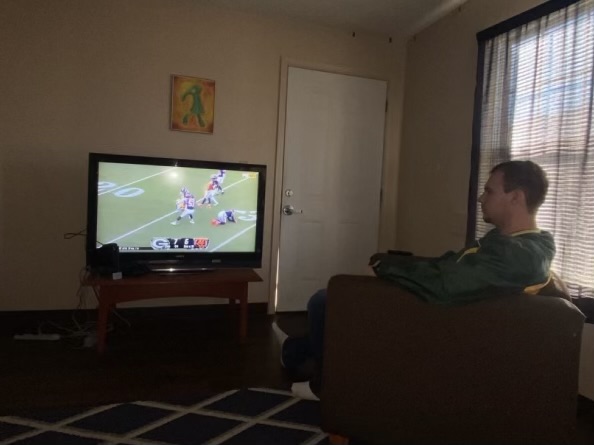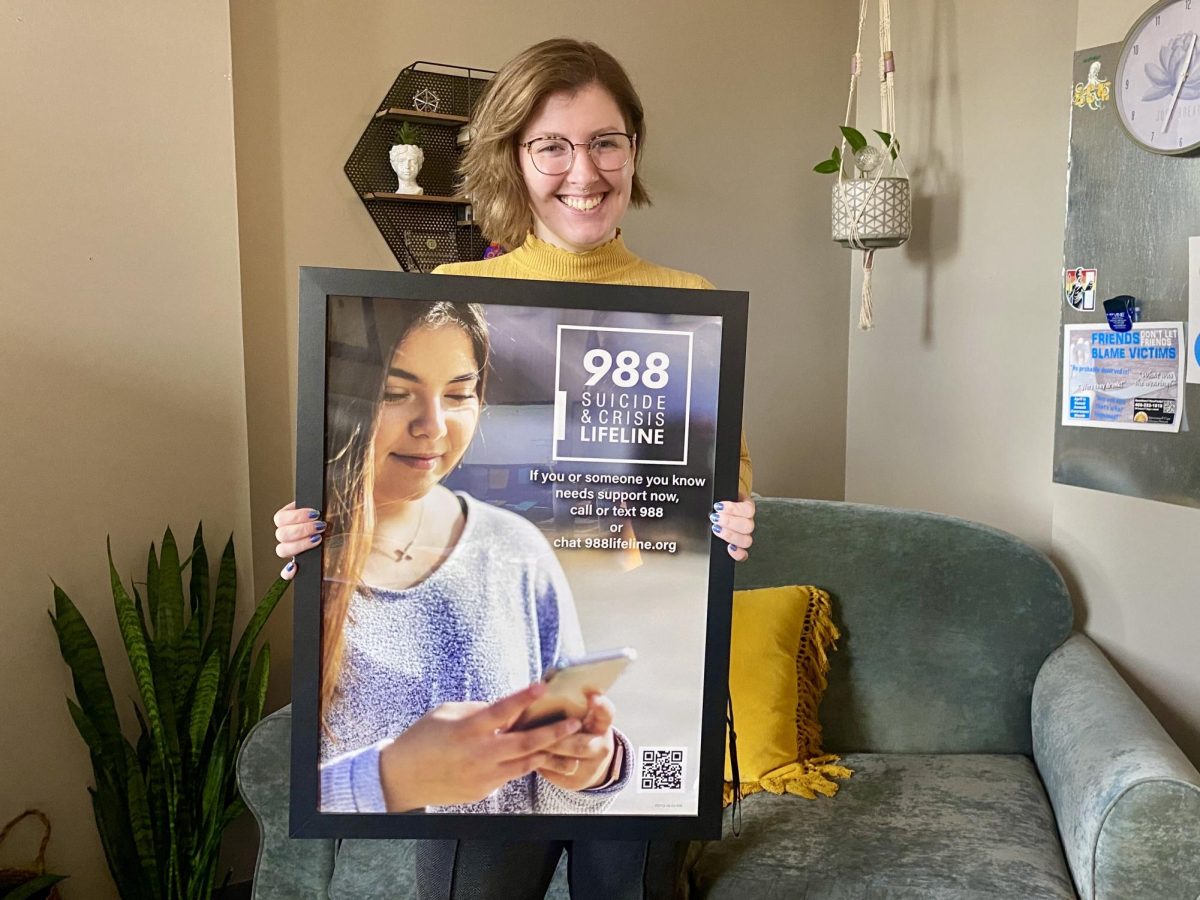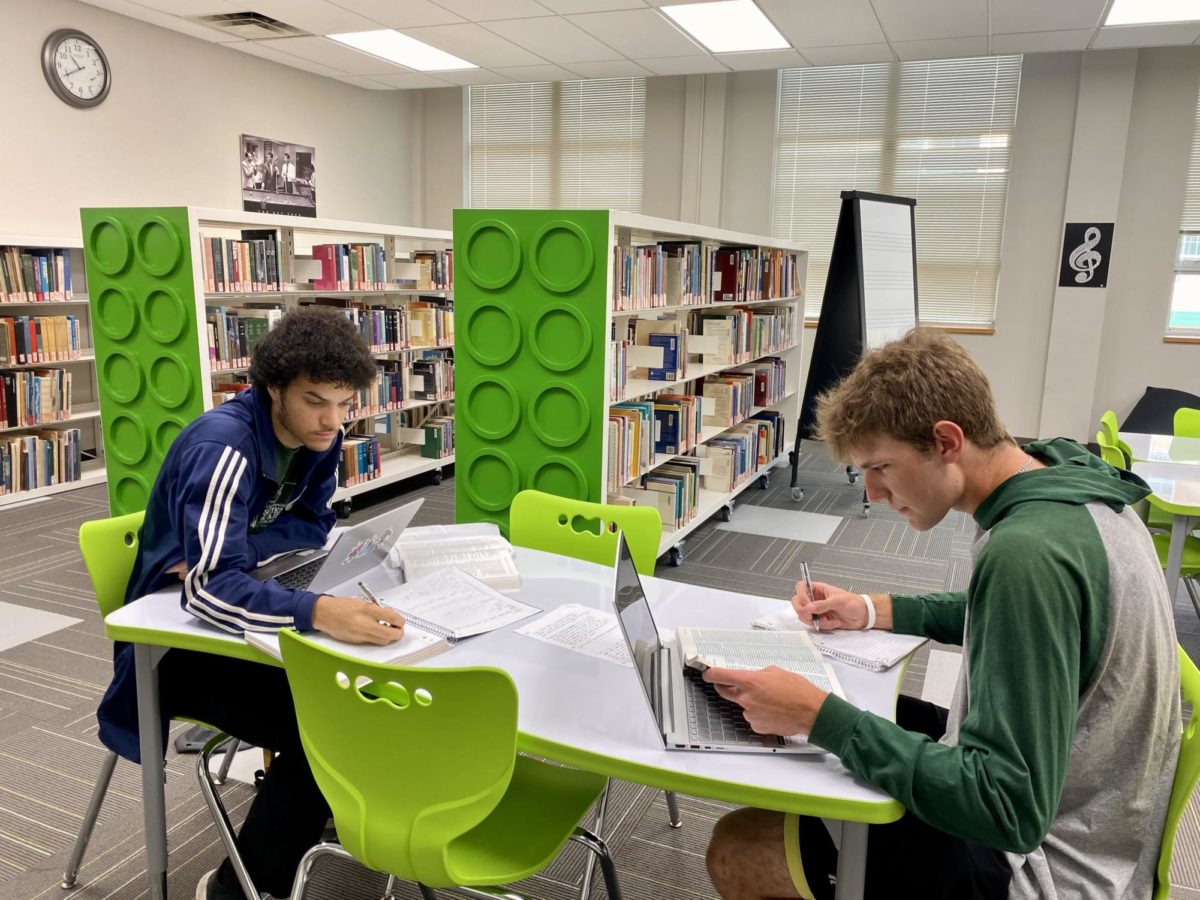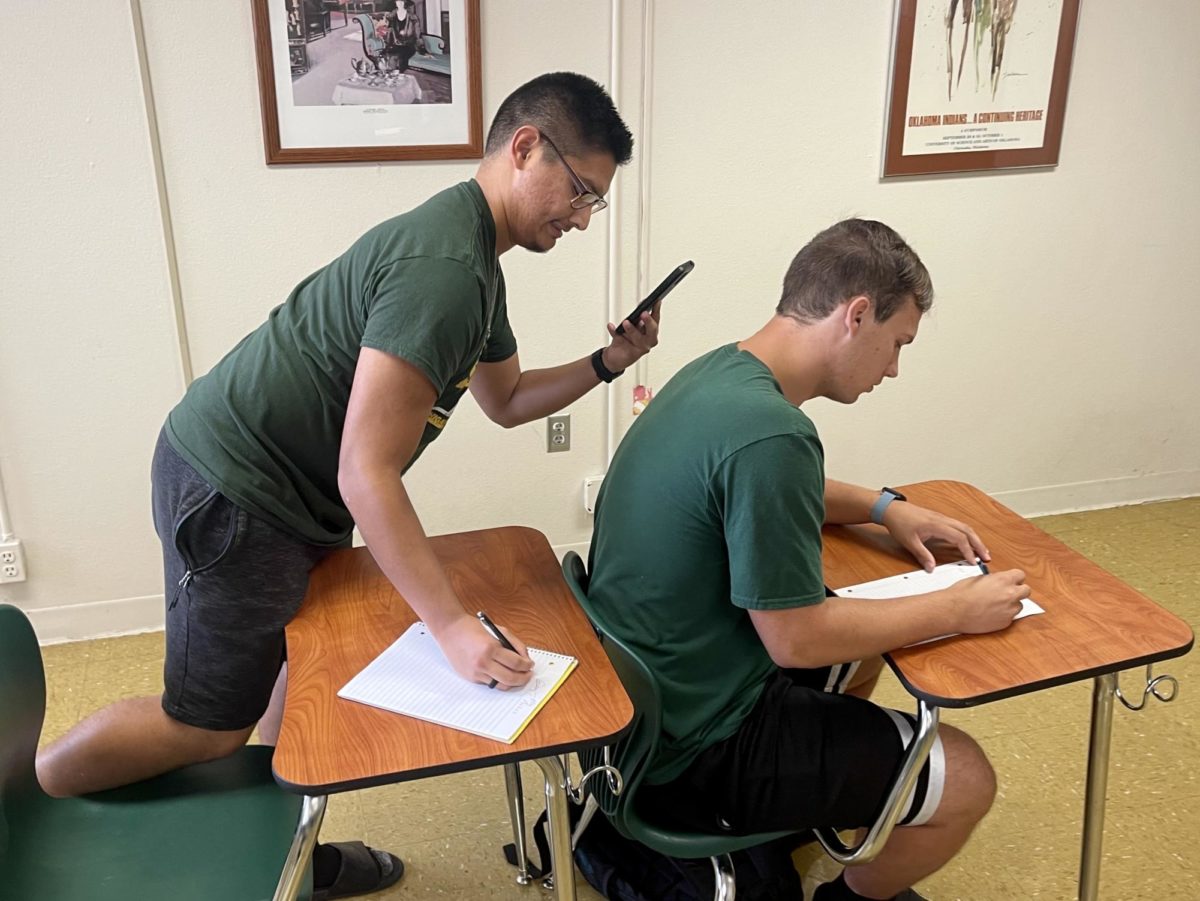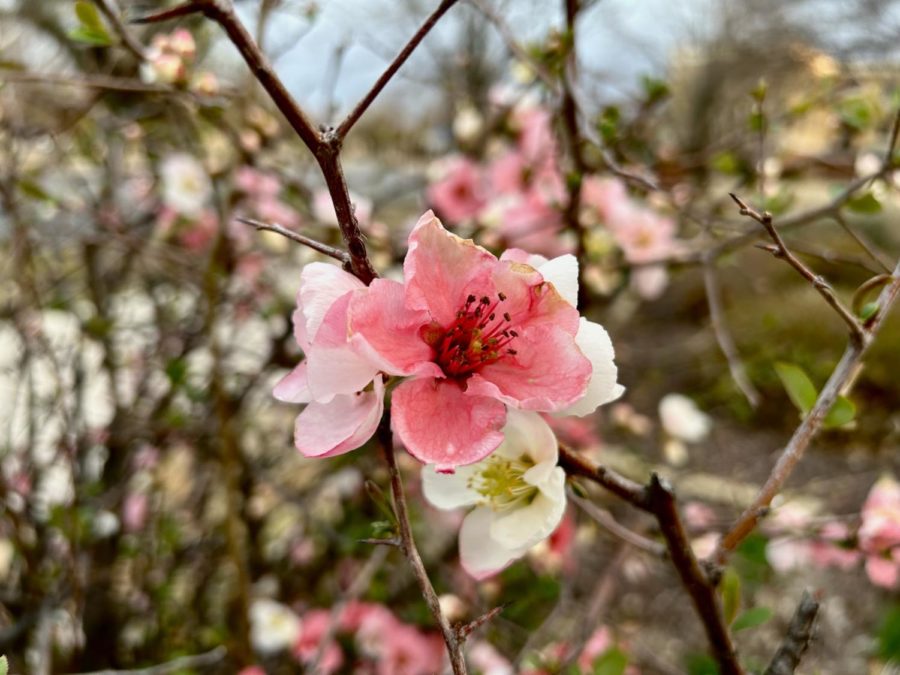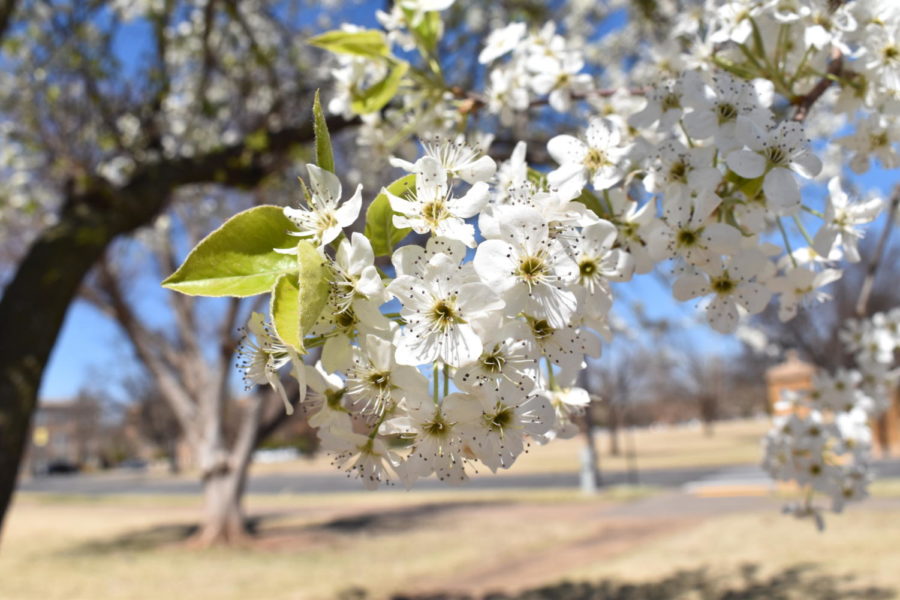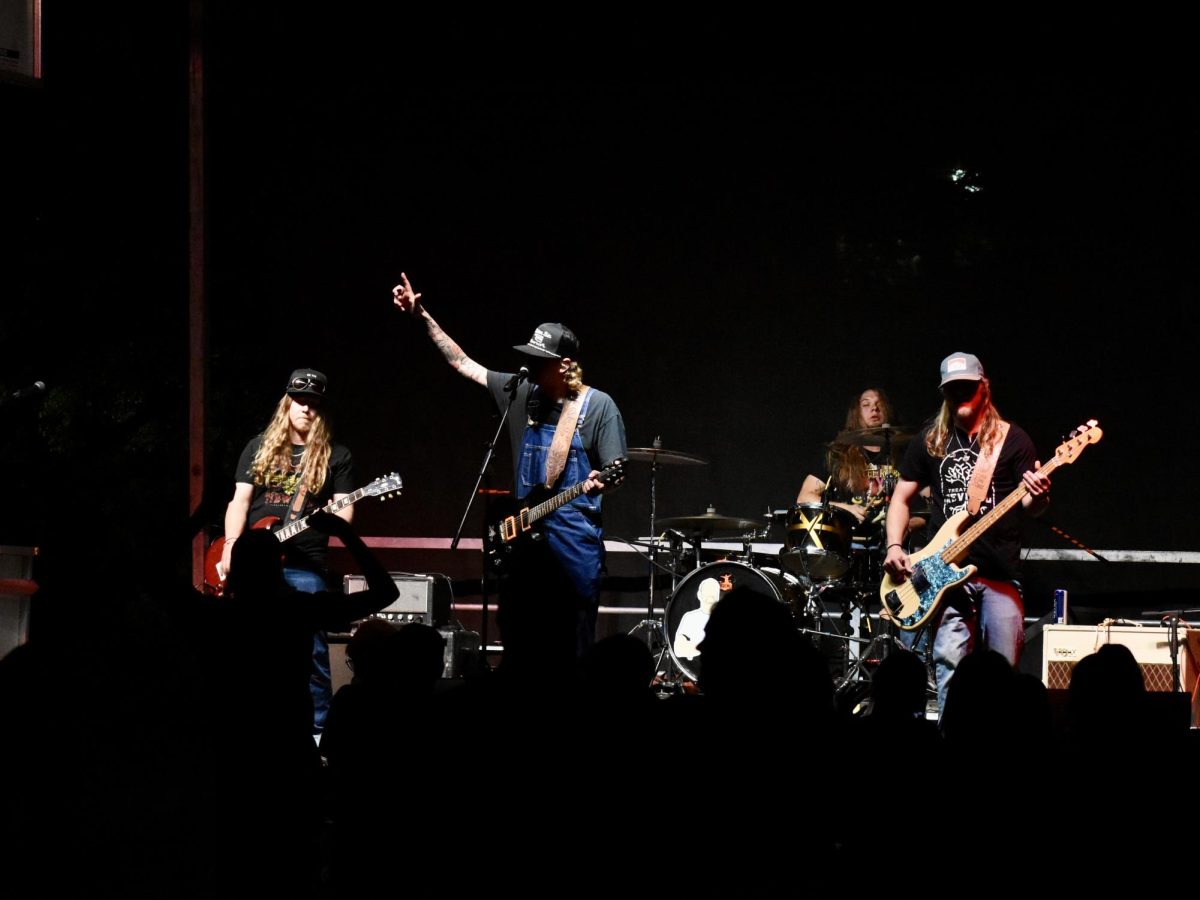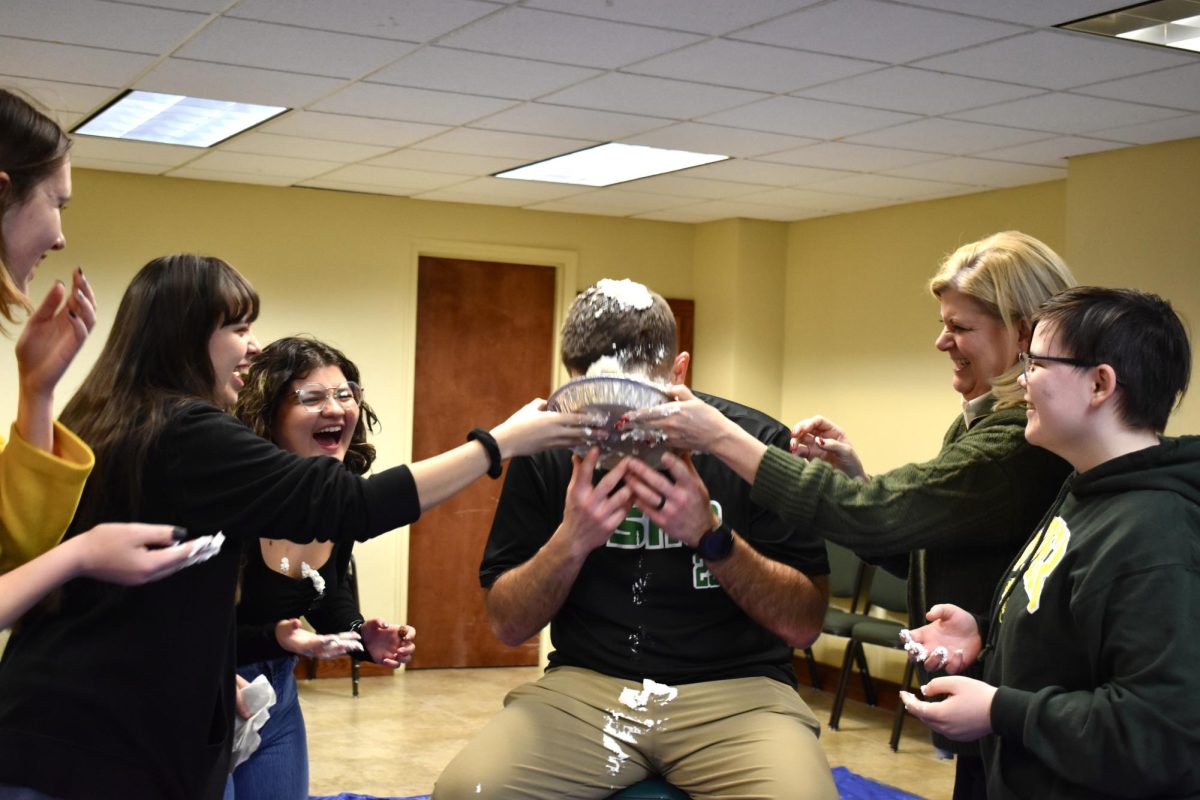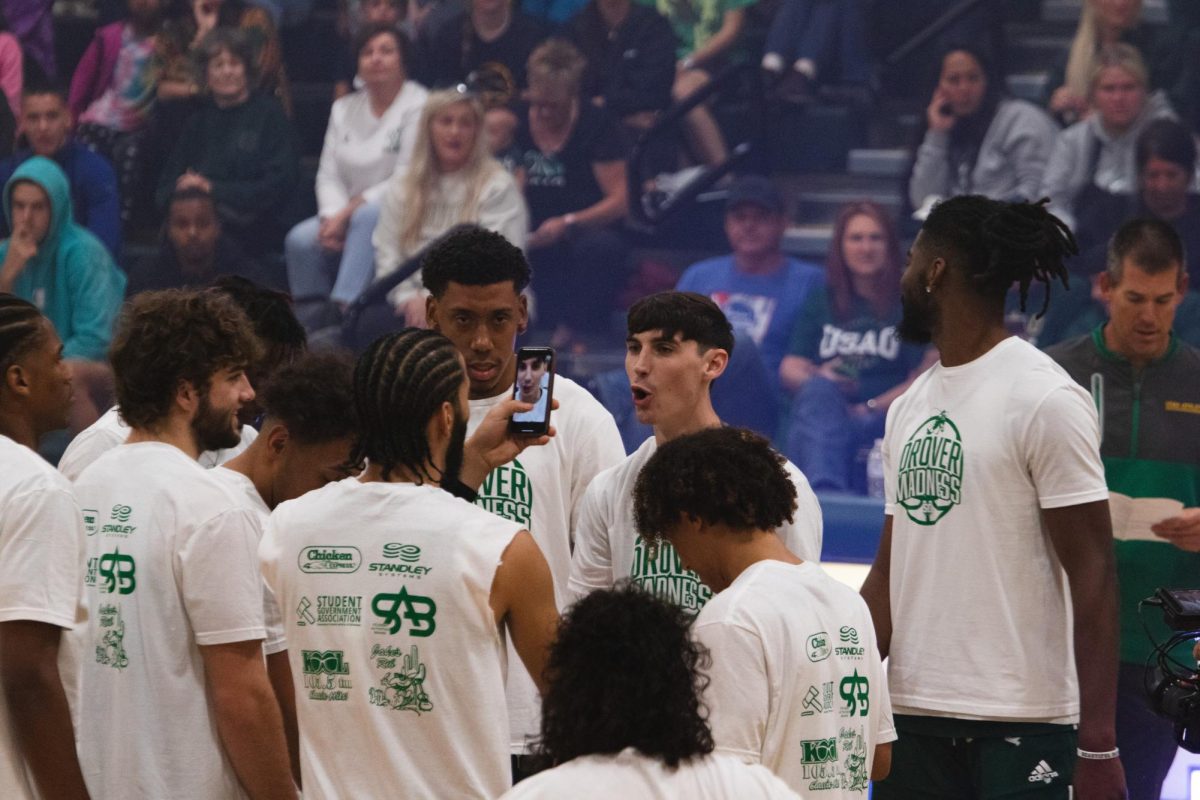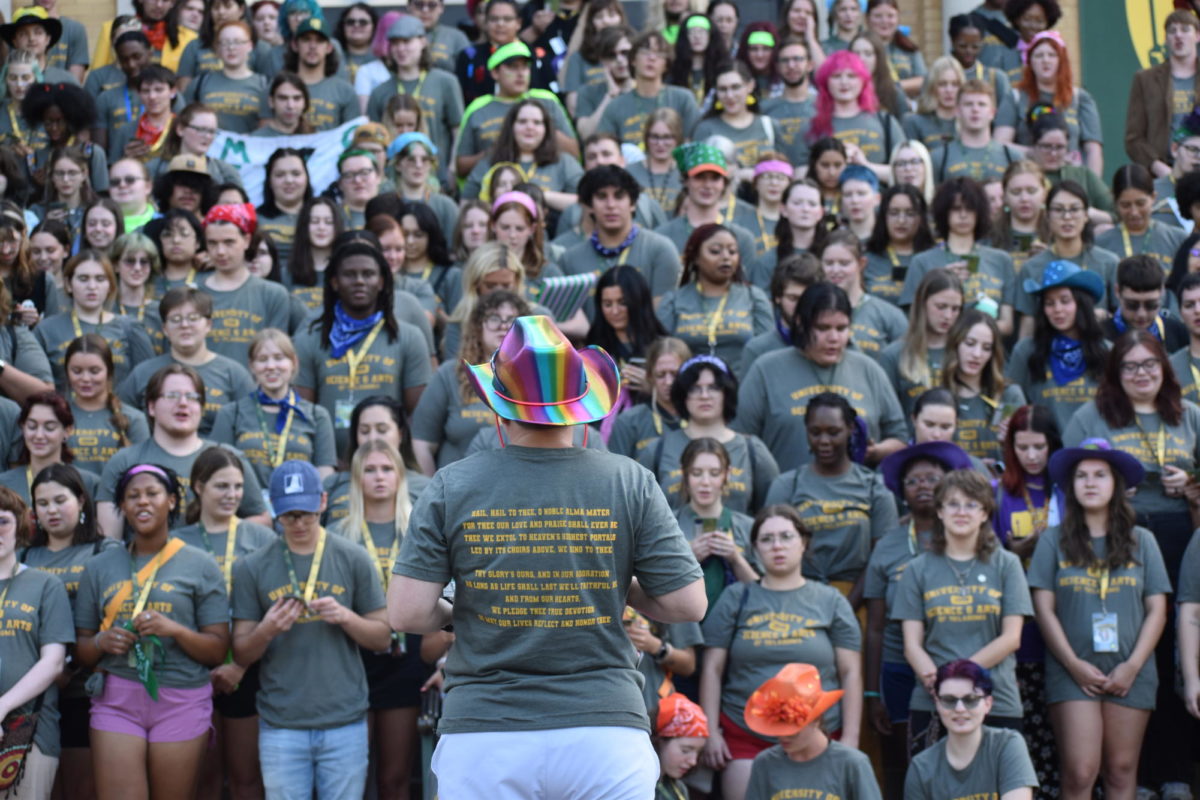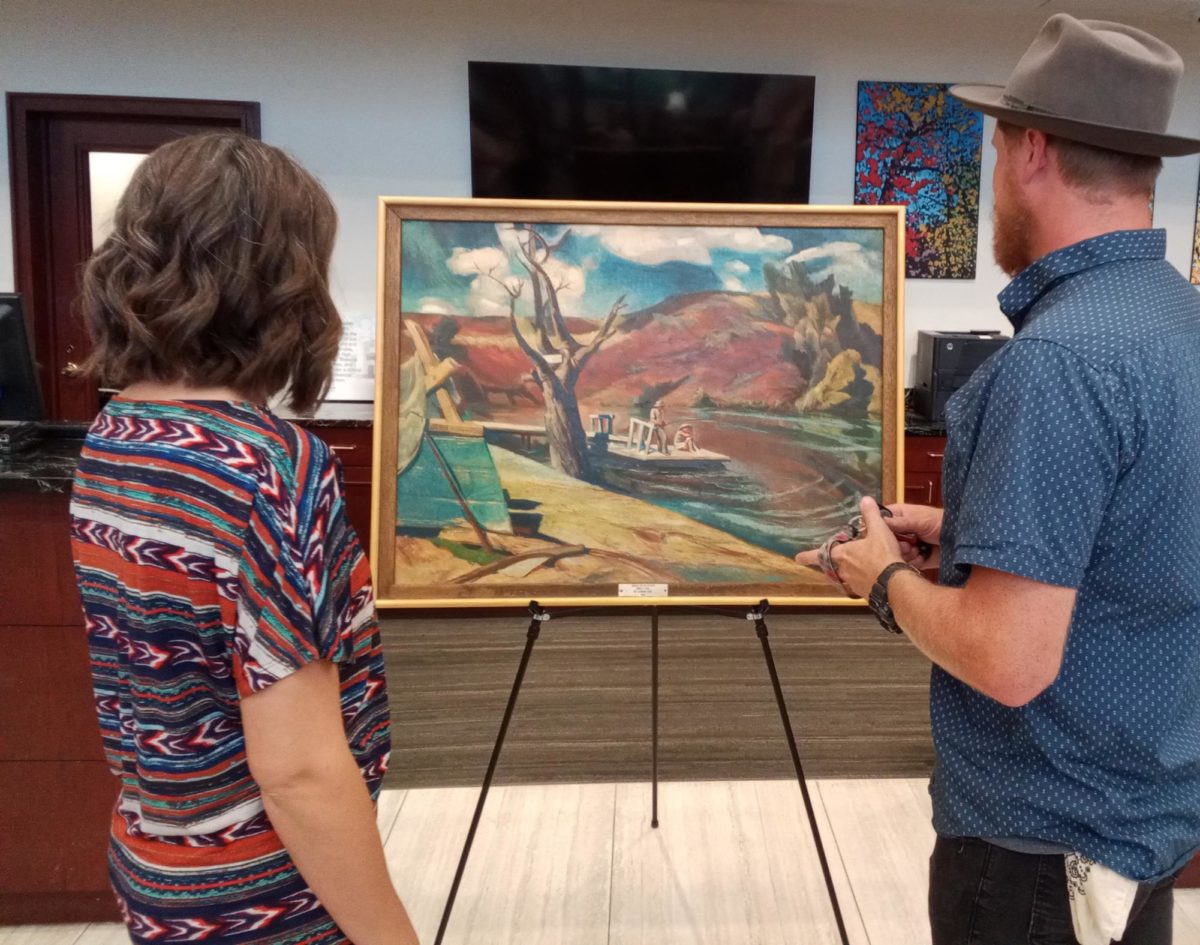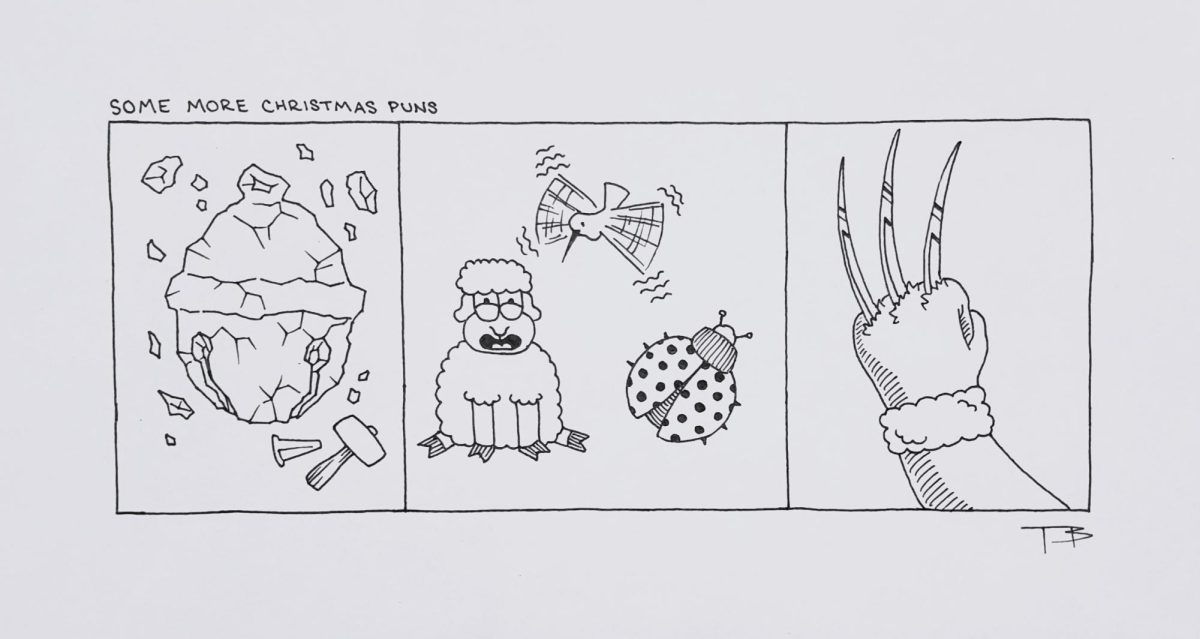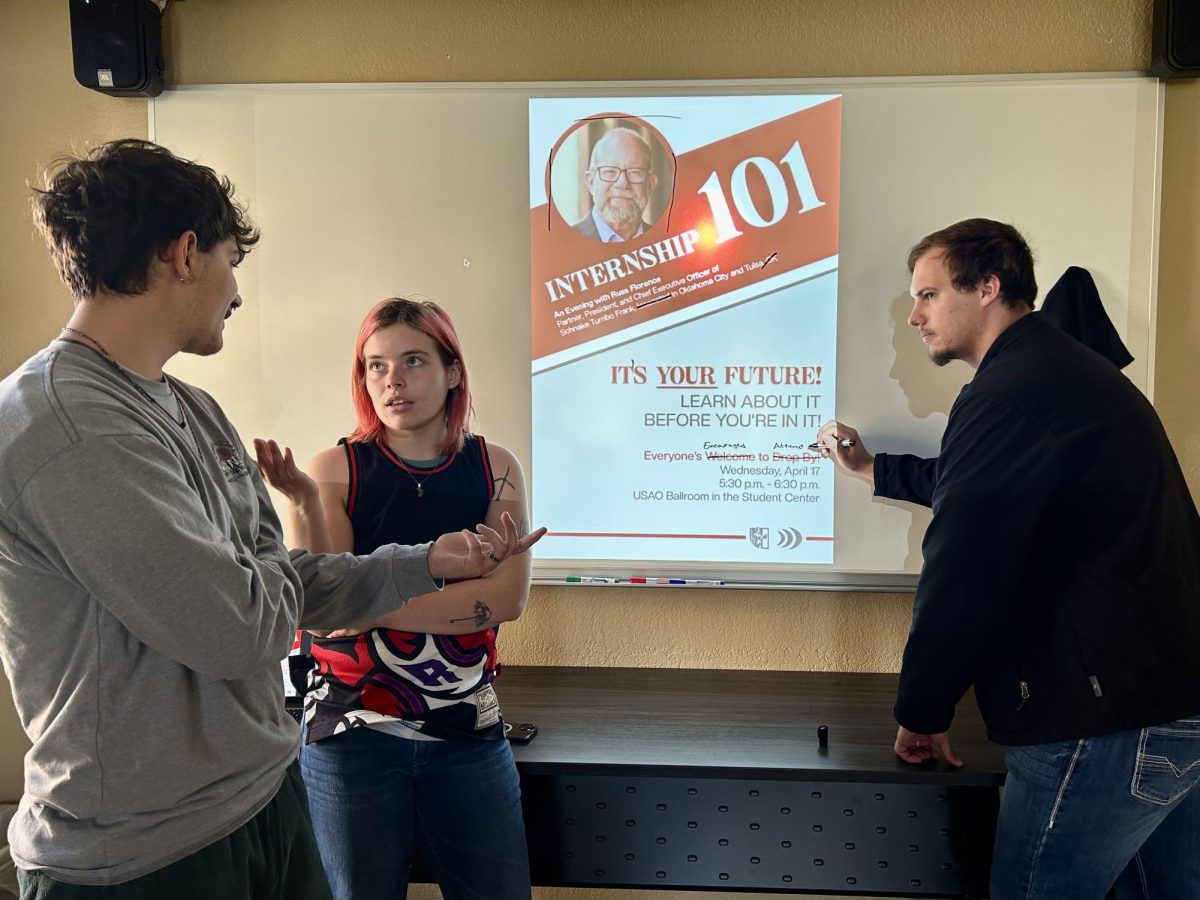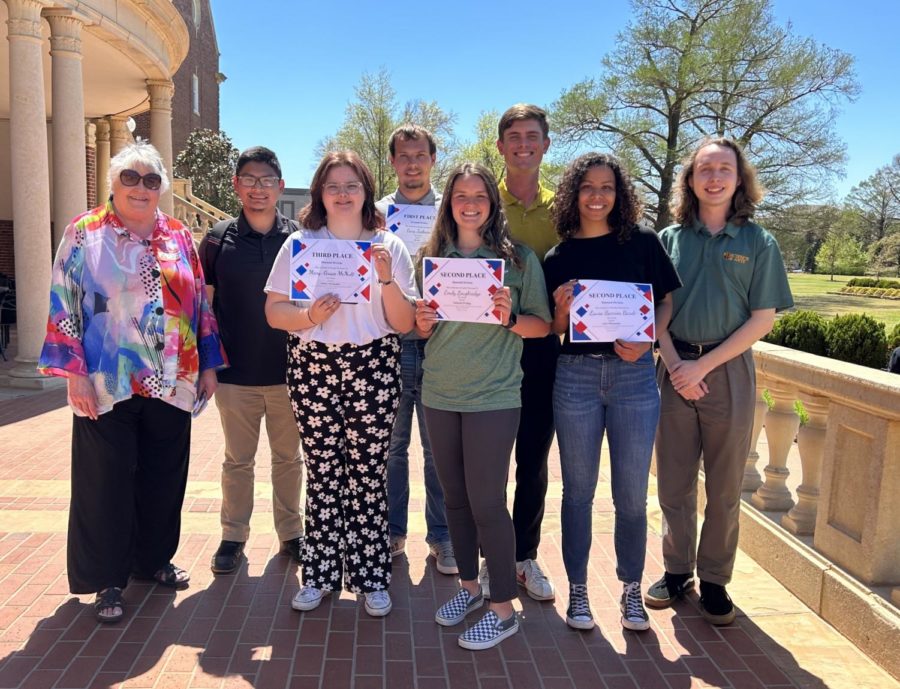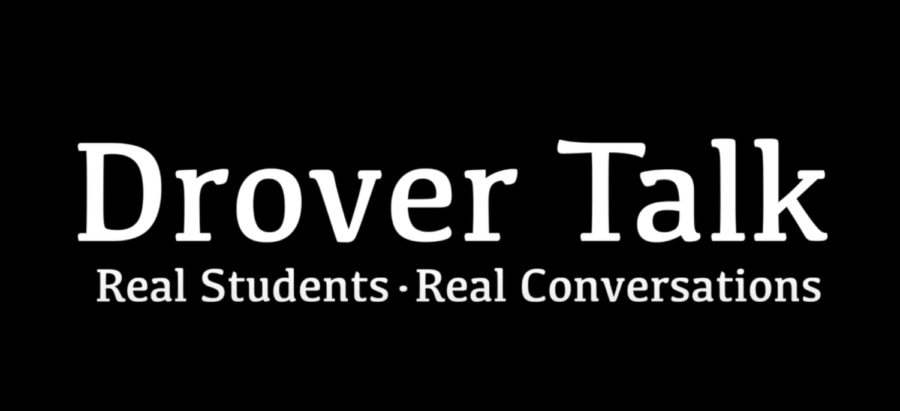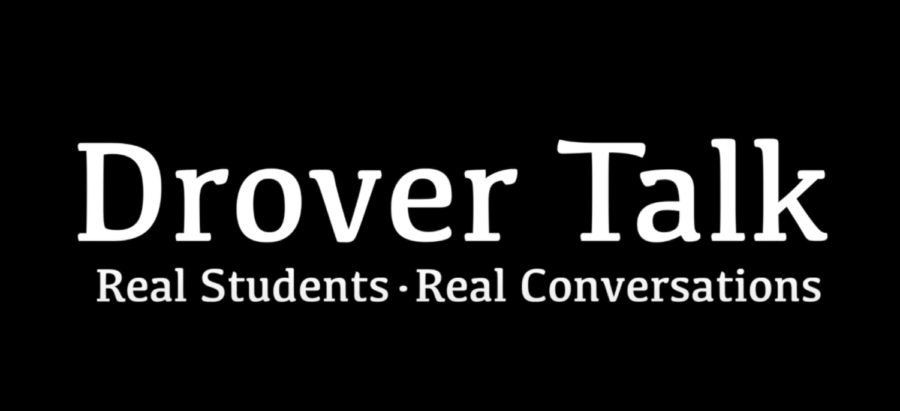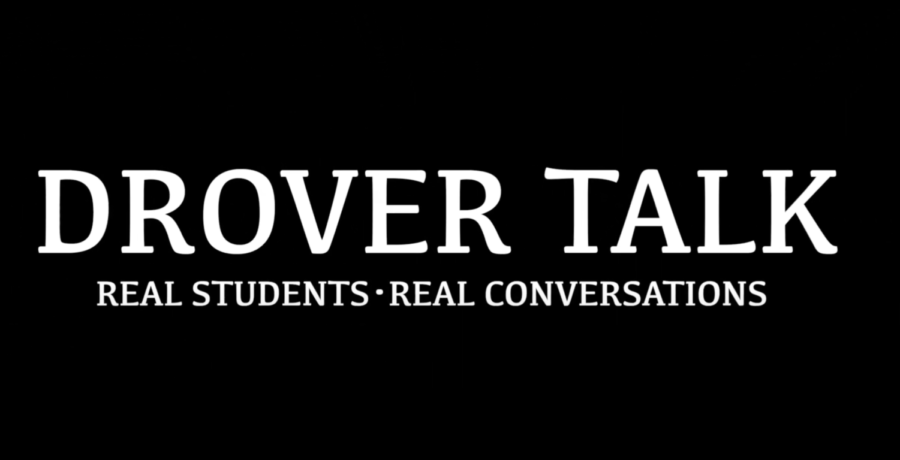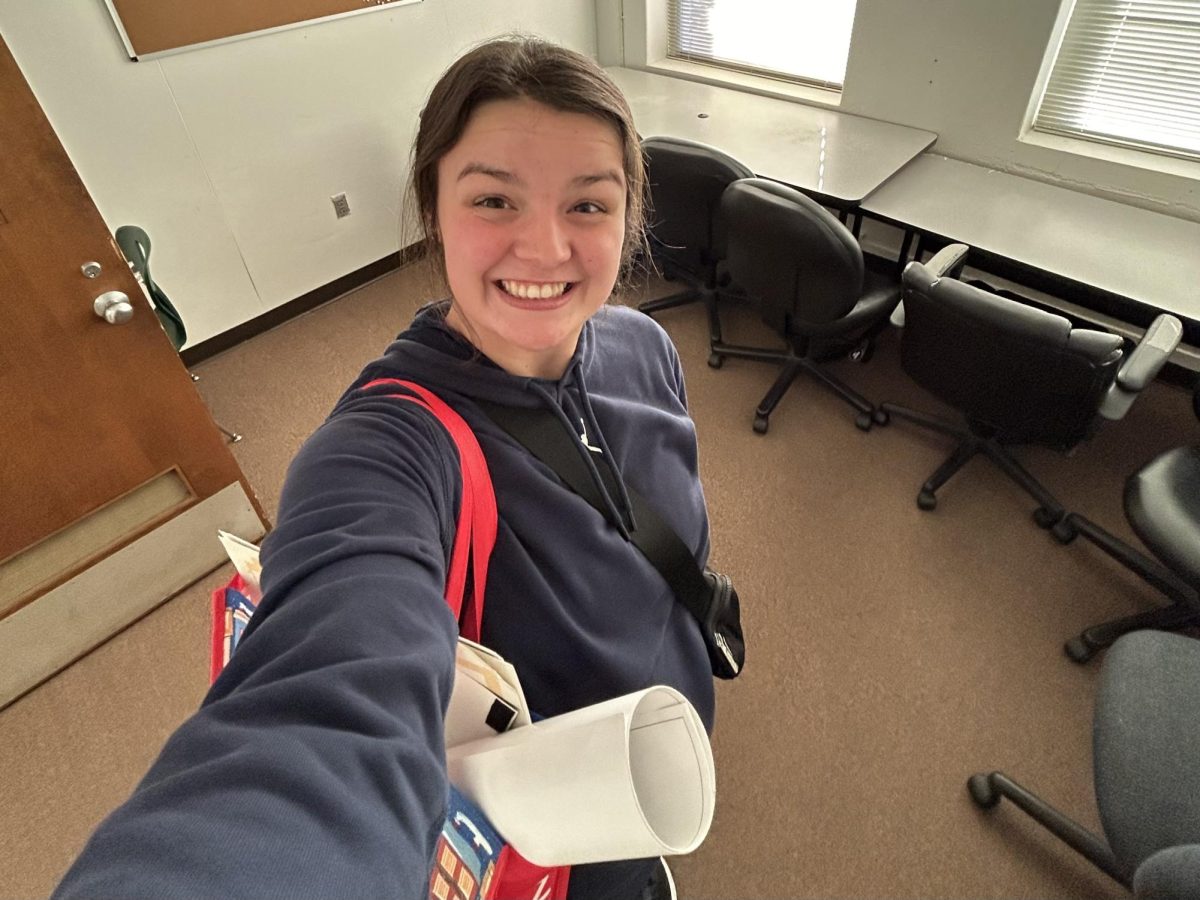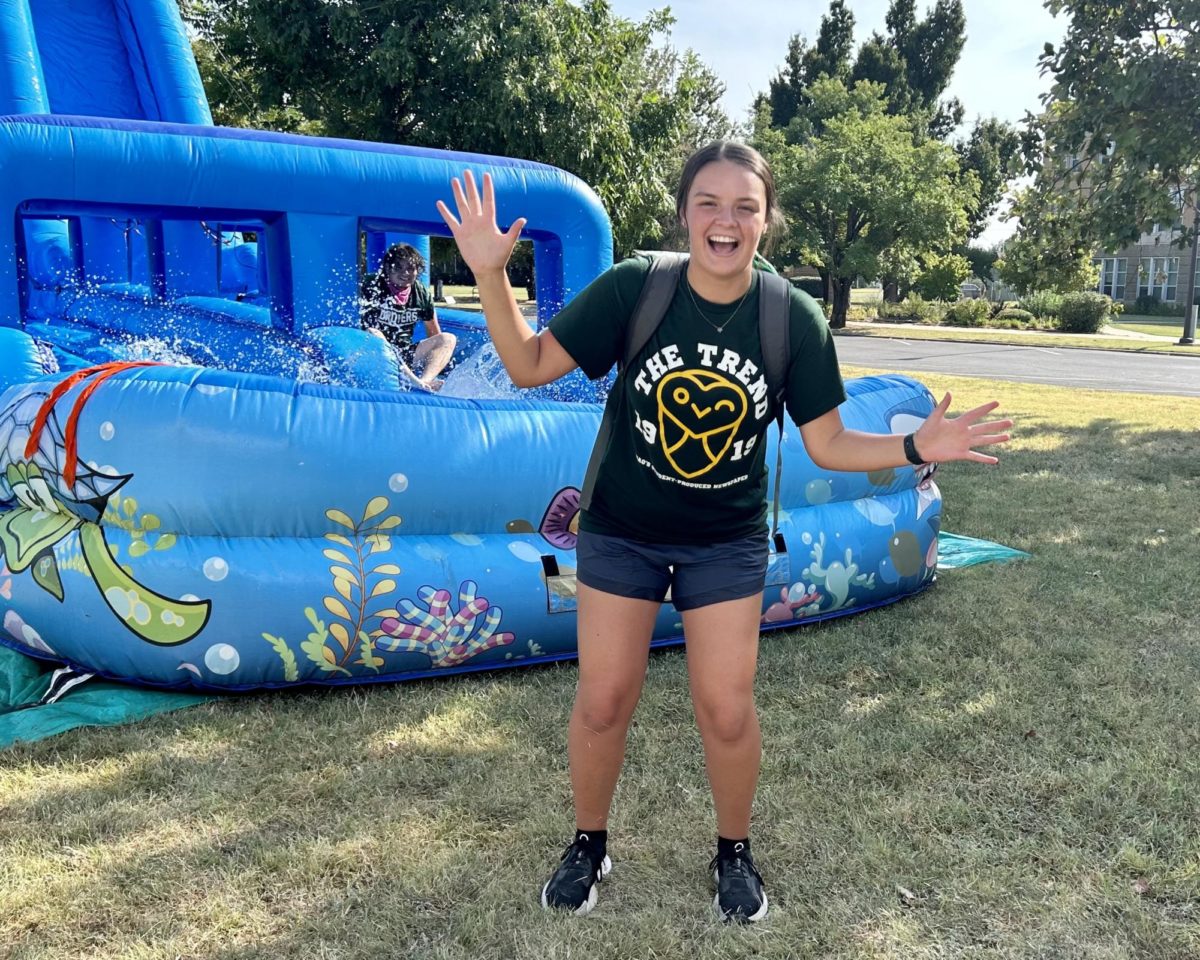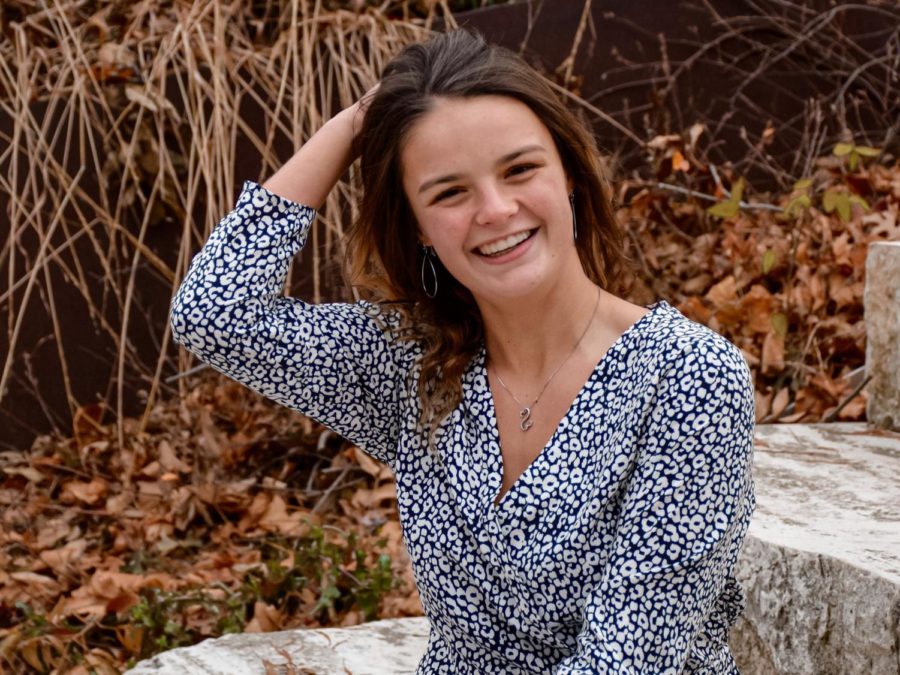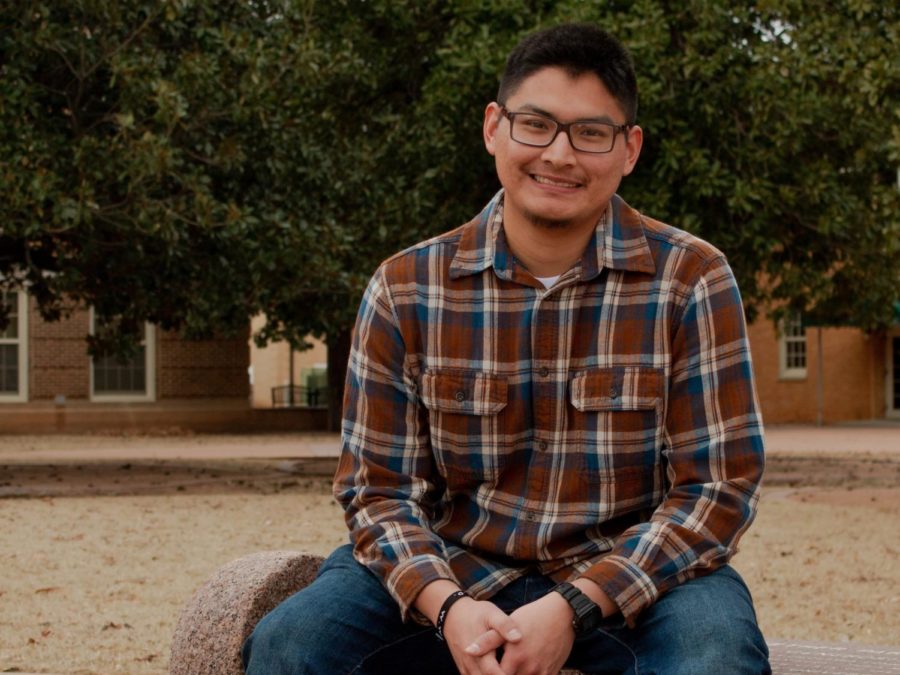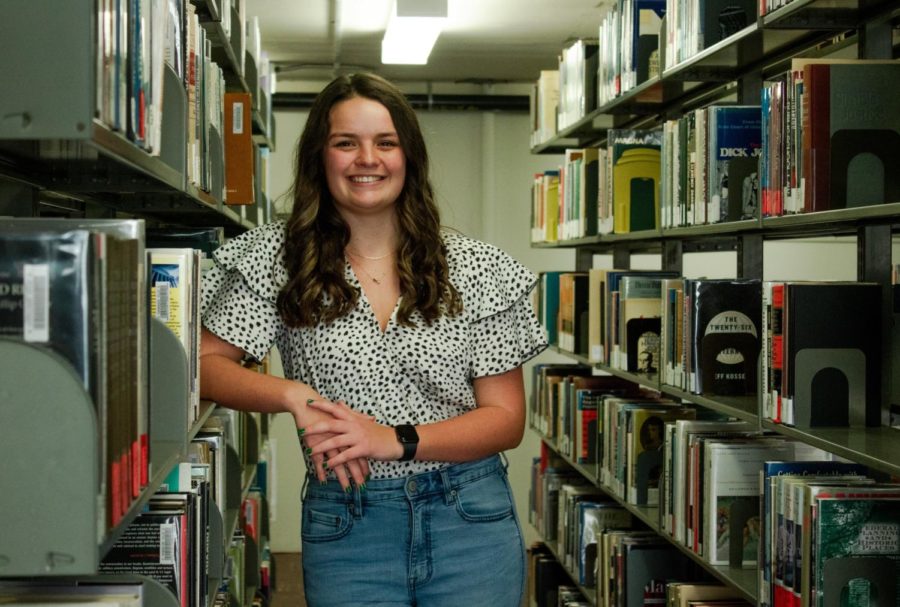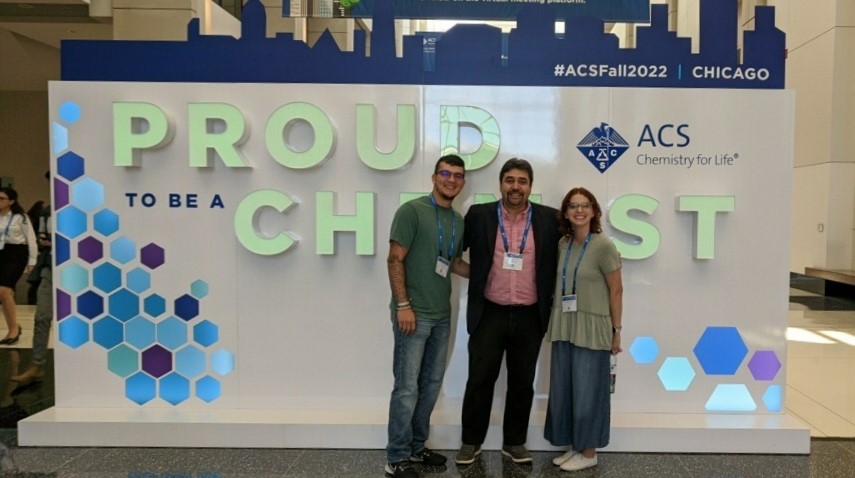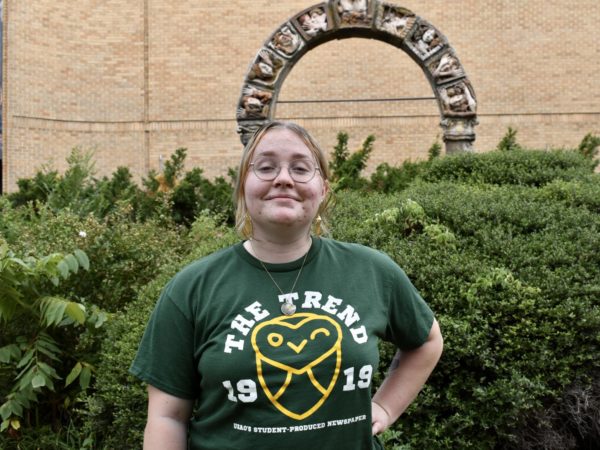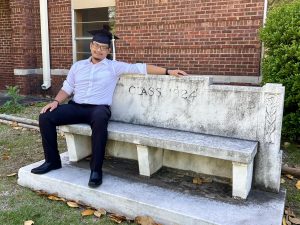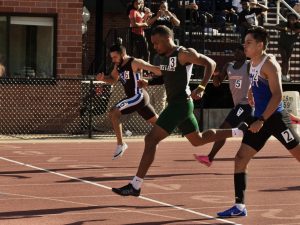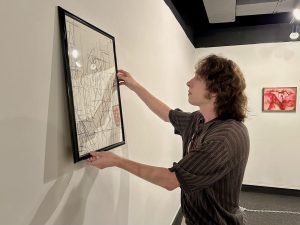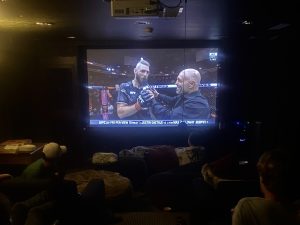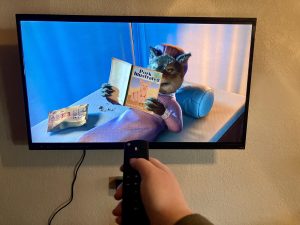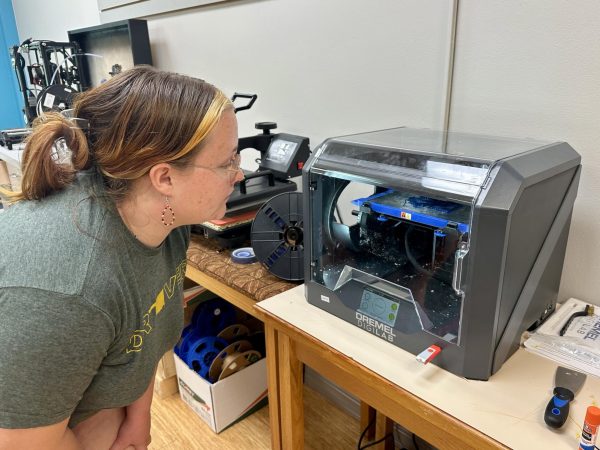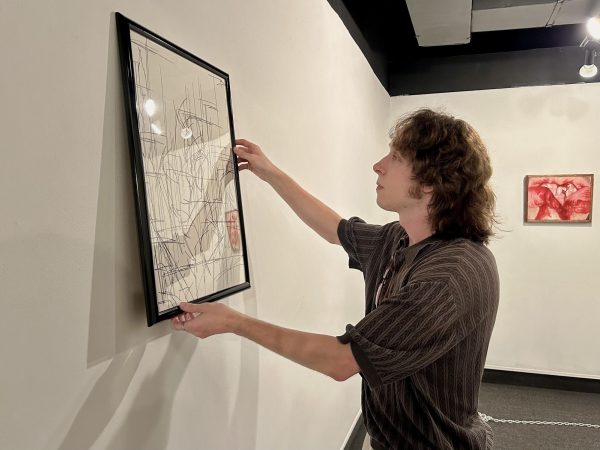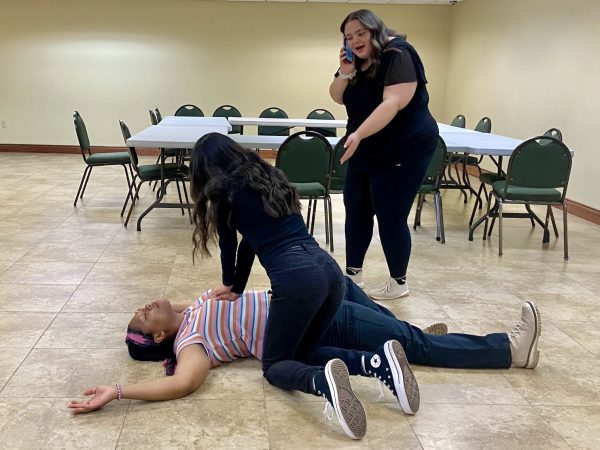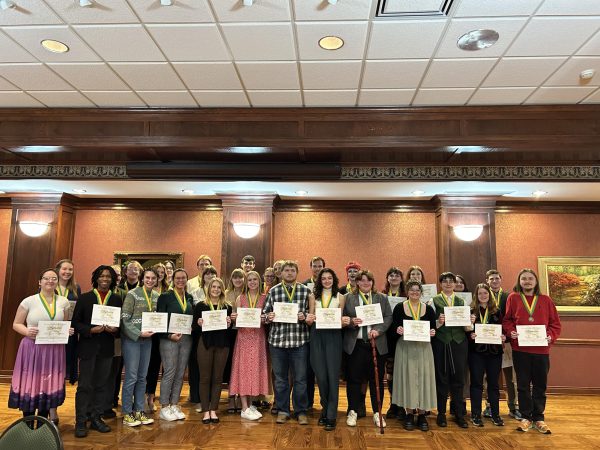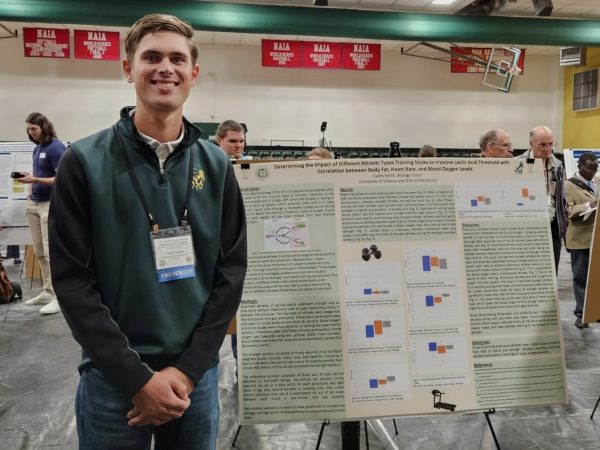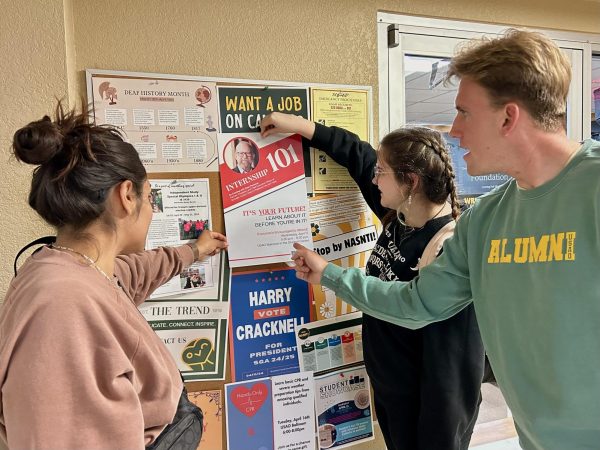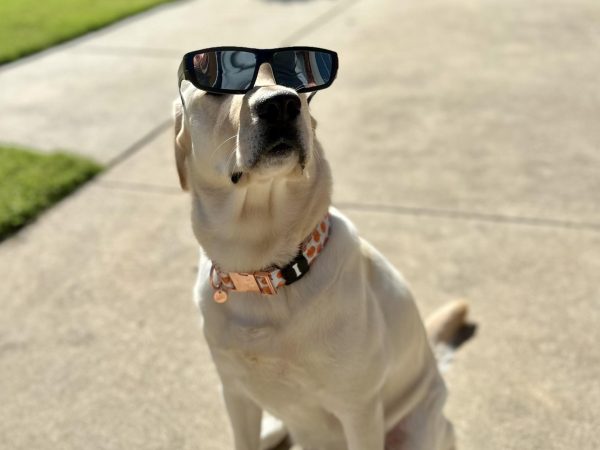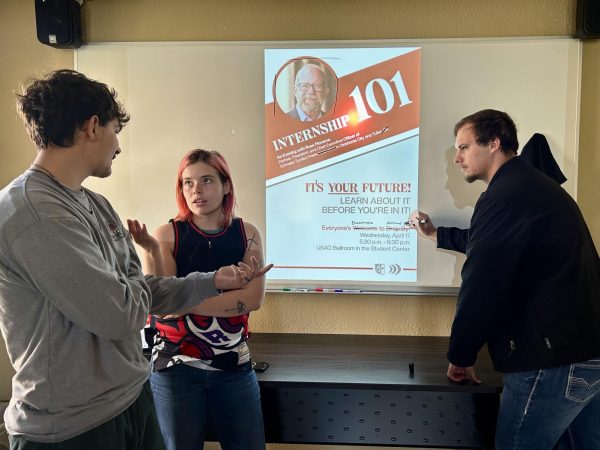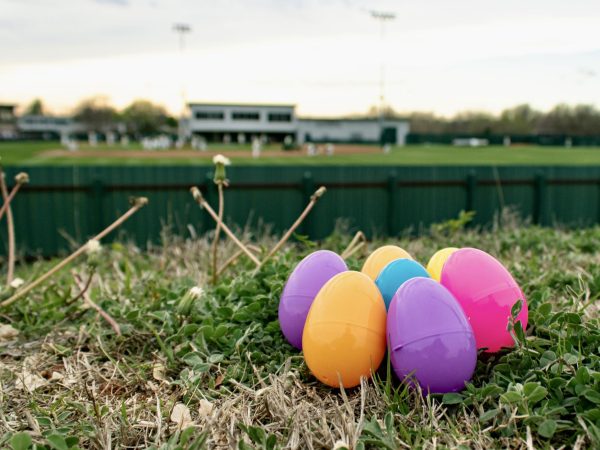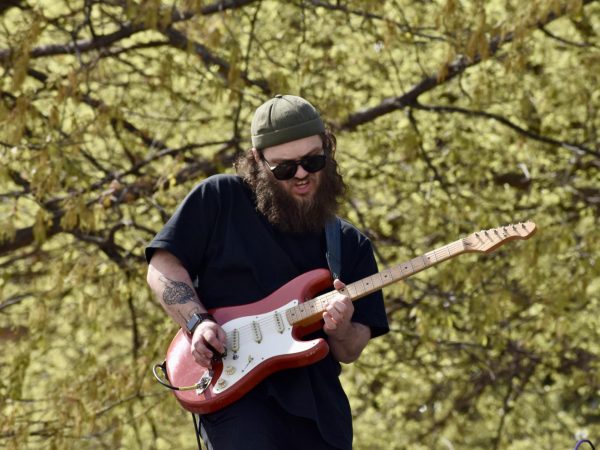USAO Research Presented Scientific Discovery at ACS
Dr. Dany Doughan, Delaney Medcalf, and Tyler Lavey presented their research at a conference in Chicago this fall. Their research contributed to make scientific literature more accurate.
October 7, 2022
Research, an intimidating word commonly used in different types of practices. Whether it be for a paper in an English class, or in a scientific setting, many students have attempted it at some point or another. Recently, students have had the privilege of holding their own research, courtesy of Dr. Dany Doughan, the director of research computing and cyberinfrastructure here at USAO. With help from his students, Delaney Medcalf, Tyler Lavey, and Joel Ummel, biology and chemistry majors and minors, and his knowledge of computer science and chemistry, they made some interesting discoveries.
In layman’s terms, Dr. Doughan’s research can be described as attempting to find out how much energy is required to make an atom in a particular molecule leave. For example, the research group used iodine, and ran multiple calculations in different solvents to figure out what it would take for the iodine to leave the organic molecule of tert-butyl iodine it was attached to originally. In the lab, doing this type of research by hand would take an extremely long time; however, by using supercomputer technology, hypothetical scenarios, and quantum mechanics the group was able to speed up the process exponentially, making the supercomputer a key player in this research even happening.
Additionally, they discovered something that expanded scientific literature’s understanding of the subject, that a polar solvent is required to donate hydrogen to the iodine to help remove it, but through their research, they discovered this wasn’t always true. This was a first of its kind, and will help to update scientific literature to become as accurate as possible.
Both Medcalf and Lavey said they love the experience of working on the project overall. The group presented their findings at the American Chemical Society in Chicago in August 2022. Medcalf and Lavey said they were very nervous at first, but went on to present a stunning presentation, with encouragement and help from Dr. Doughan. Medcalf pointed out an observation she made during the conference, and how it surprised her.
“It was nice to see what actual science in the real world looks like. There are people with crazy colored hair and when I think of scientists I think of kind of how I view the medical field: all well-kept. Doughan said to me ‘We don’t care what anyone looks like here, because it matters what you do in the lab and what the results are, not if you have colored hair or are covered in tattoos,’” said Medcalf.
Medcalf used this experience to make herself more comfortable presenting information and in the conference scenario overall. By sharing her experience, Medcalf hopes to fight the stereotypical image many people have of scientists in their heads.
Dr. Doughan was a wonderful person to work on research with, according to Medcalf and Lavey, and he provided them with an opportunity that many other professors could not. Undergraduate research here at USAO is hard to find, because of the fact that the University isn’t a research institution. Medcalf went on to talk about the importance of undergrad research, and she recommended it to any biology major that wants to get a step ahead in graduate school applications. She commented that it shows your dedication to school, bettering yourself, and your resume.
When asked if he planned on opening up future research endeavors, Dr. Doughan had this to say, “Of course, science is a continuous process of inquiry. There are constantly more projects to start and old ones to further explore.”
This research was made possible by the establishment of OneNet’s dedicated high-speed research network. Without the supercomputers that span across multiple universities in Oklahoma and the supercomputing center directors who shared their time and knowledge, the group’s research would not be where it is today Dr. Doughan stated. Currently, USAO does not have its own functioning supercomputer; however, Dr. Doughan is in the process of building one. He expects USAO’s supercomputer to be operational within the next few years which will speed up the research process exponentially.
Bea Bourland is a first-year Environmental Science and Biology major at the University of Science and Arts of Oklahoma.

